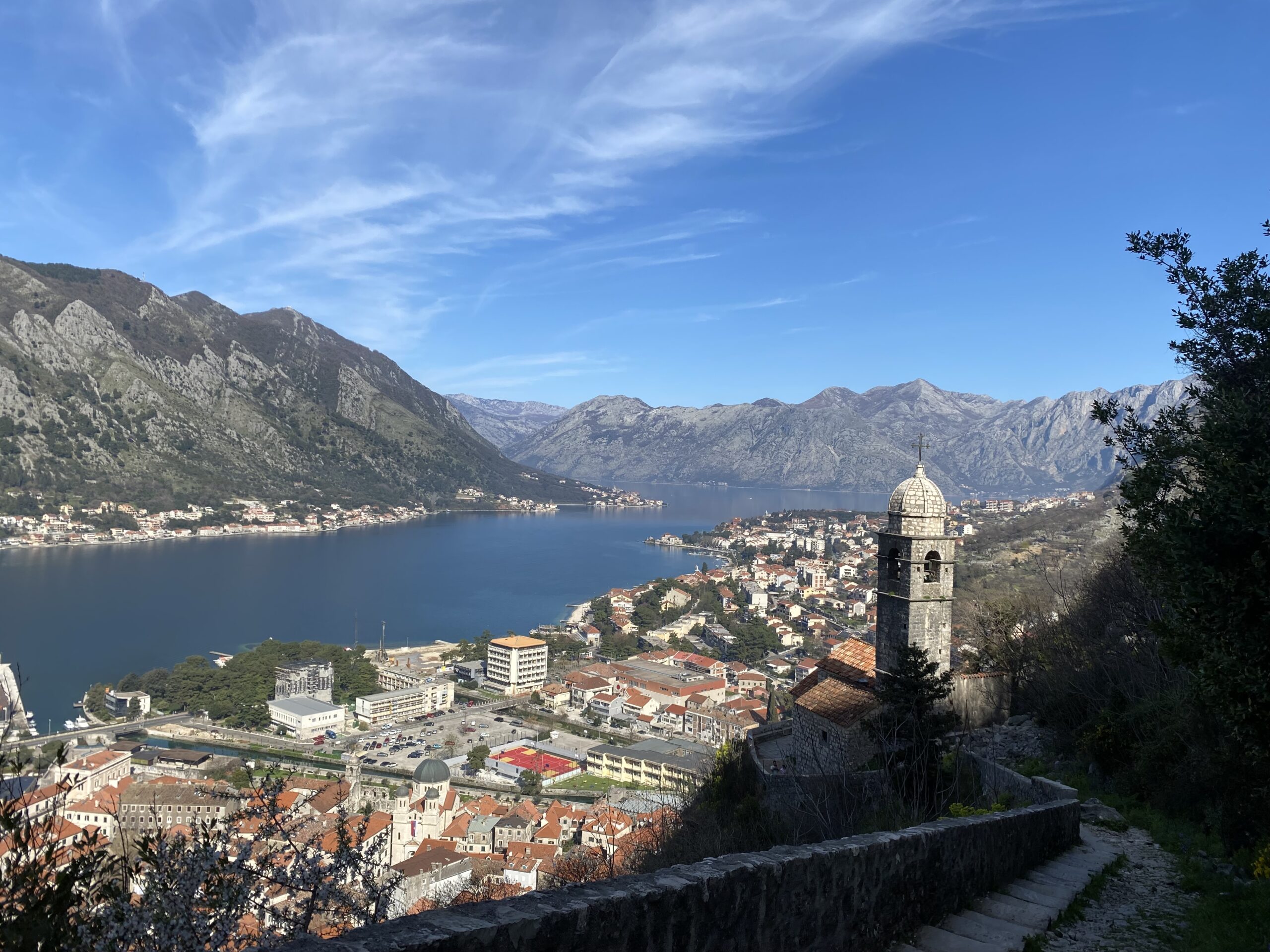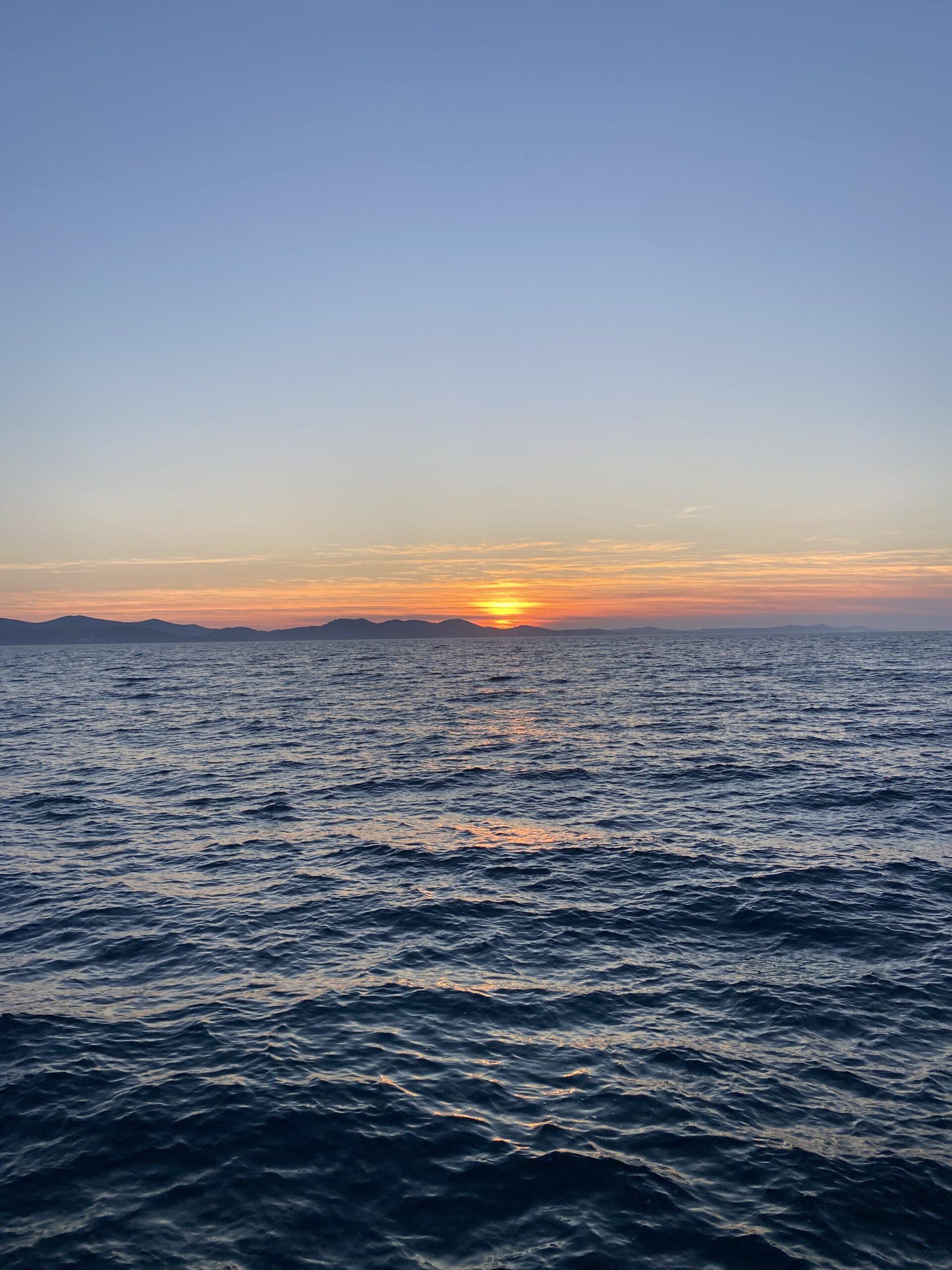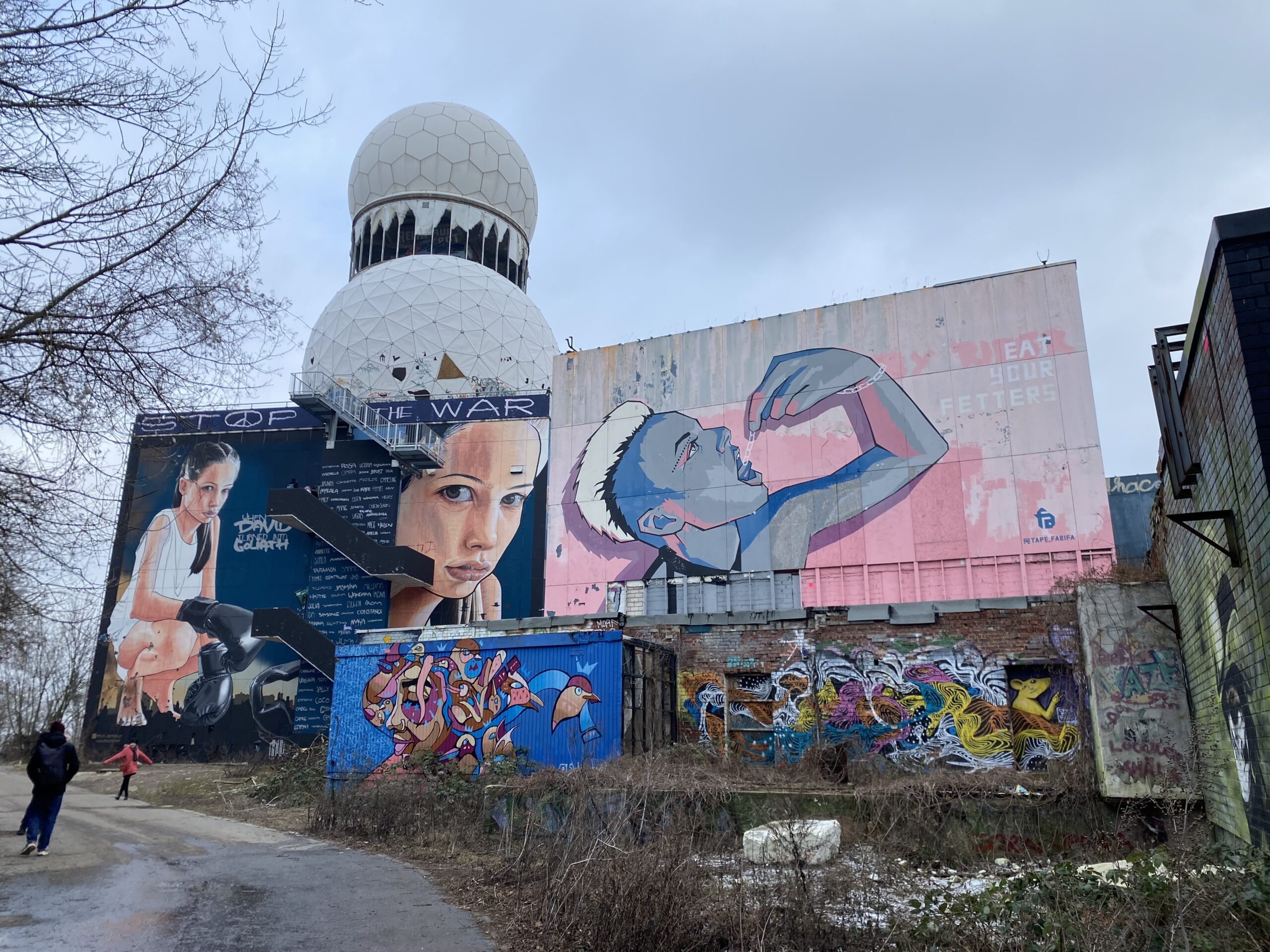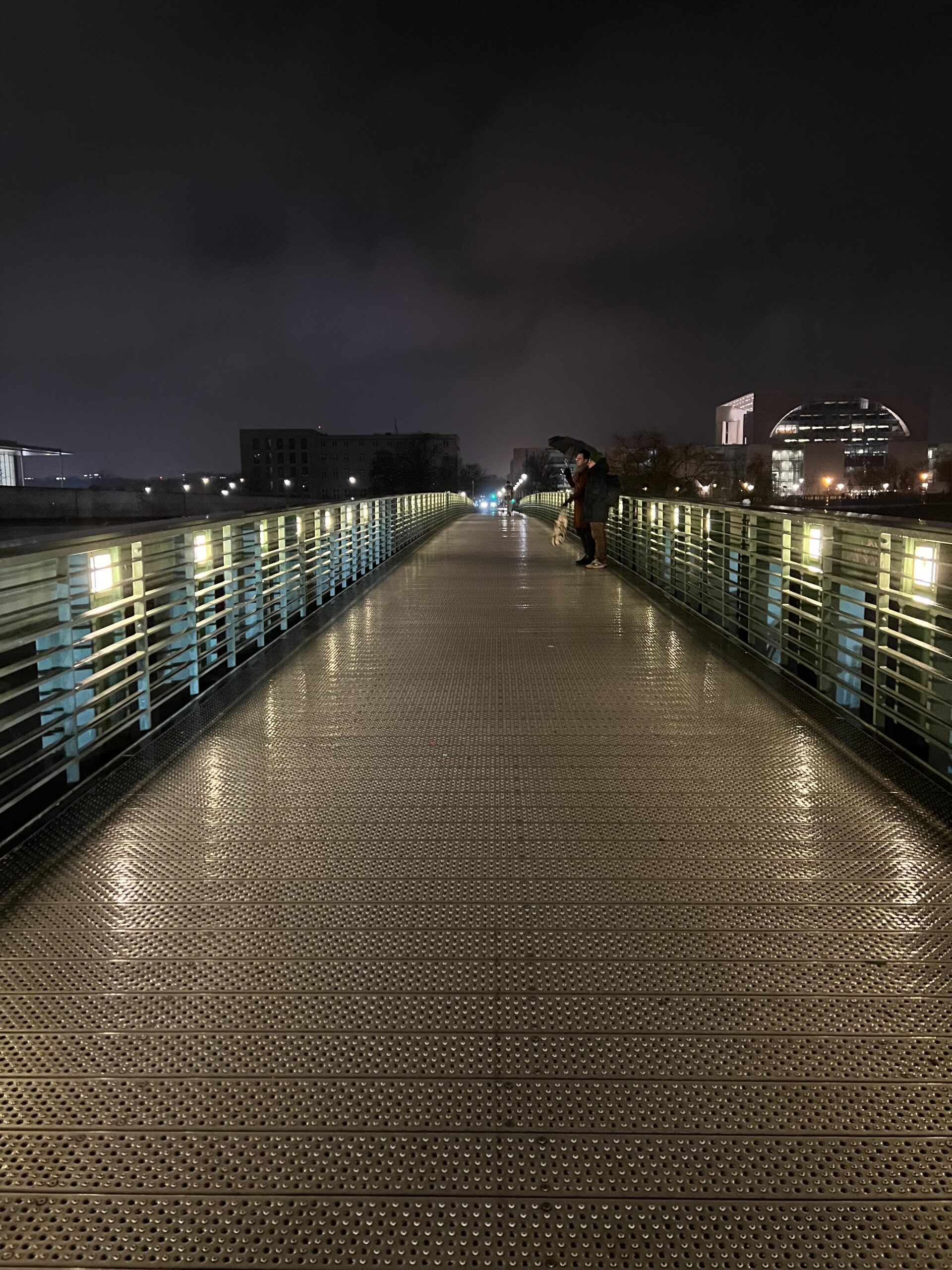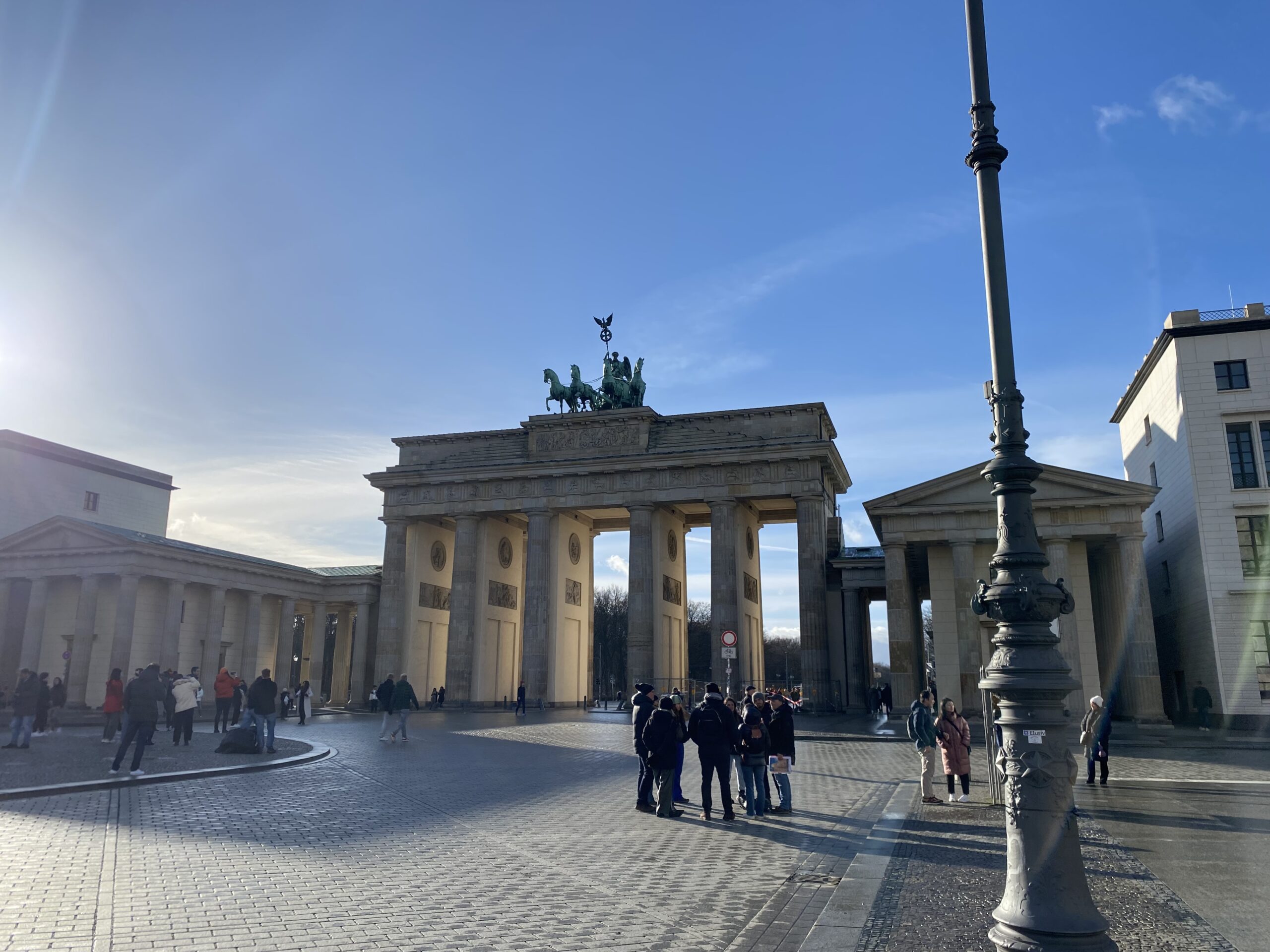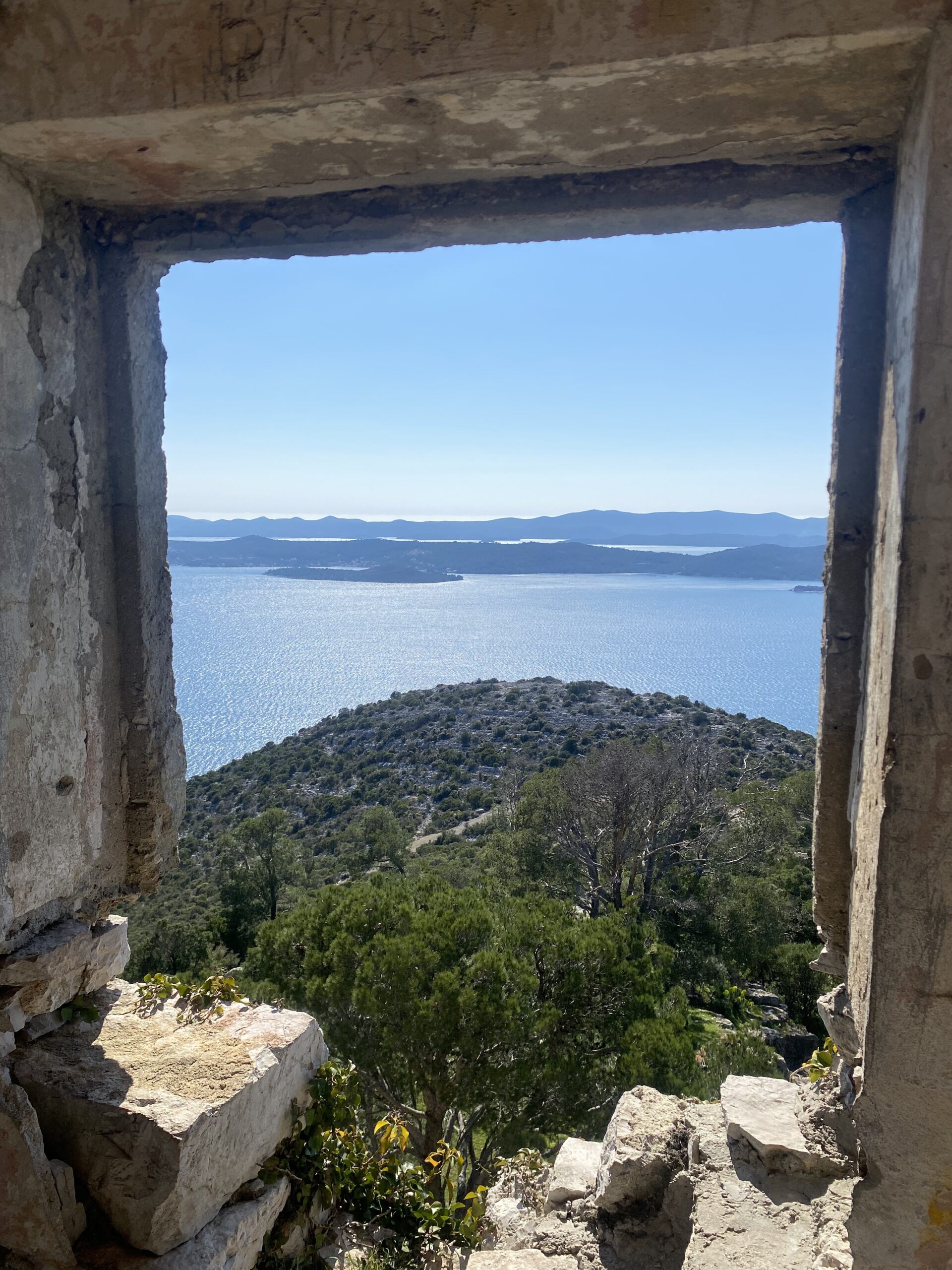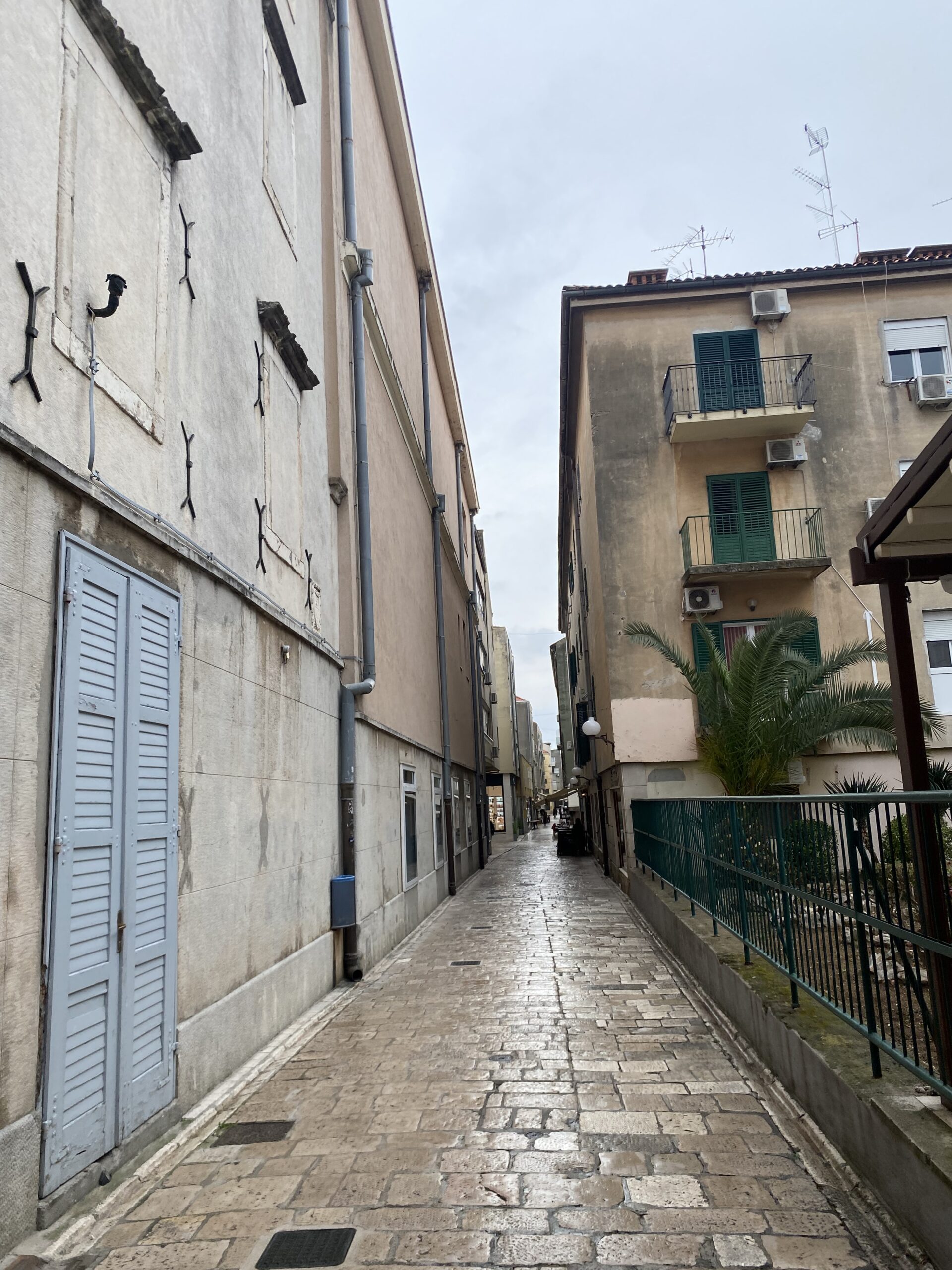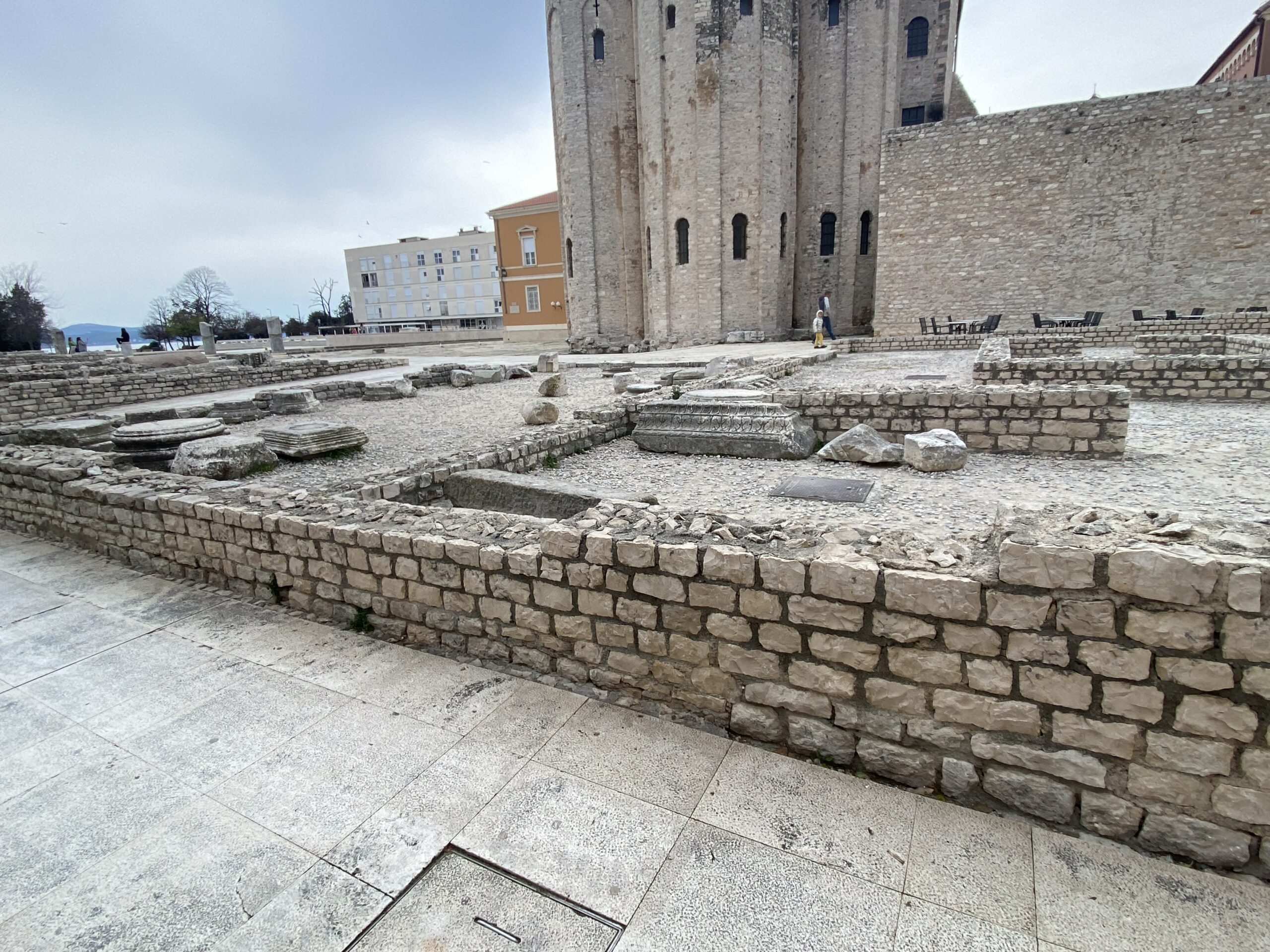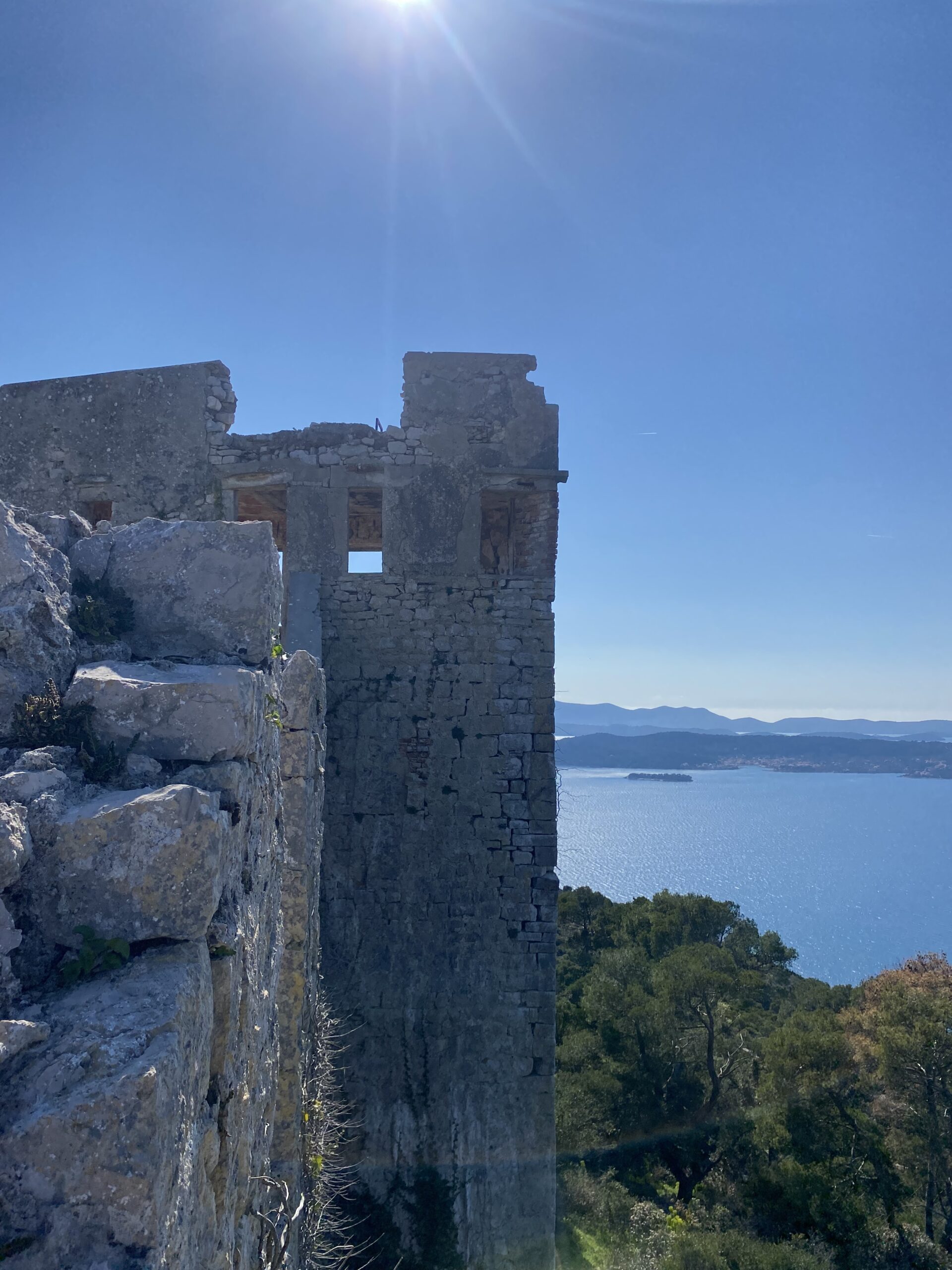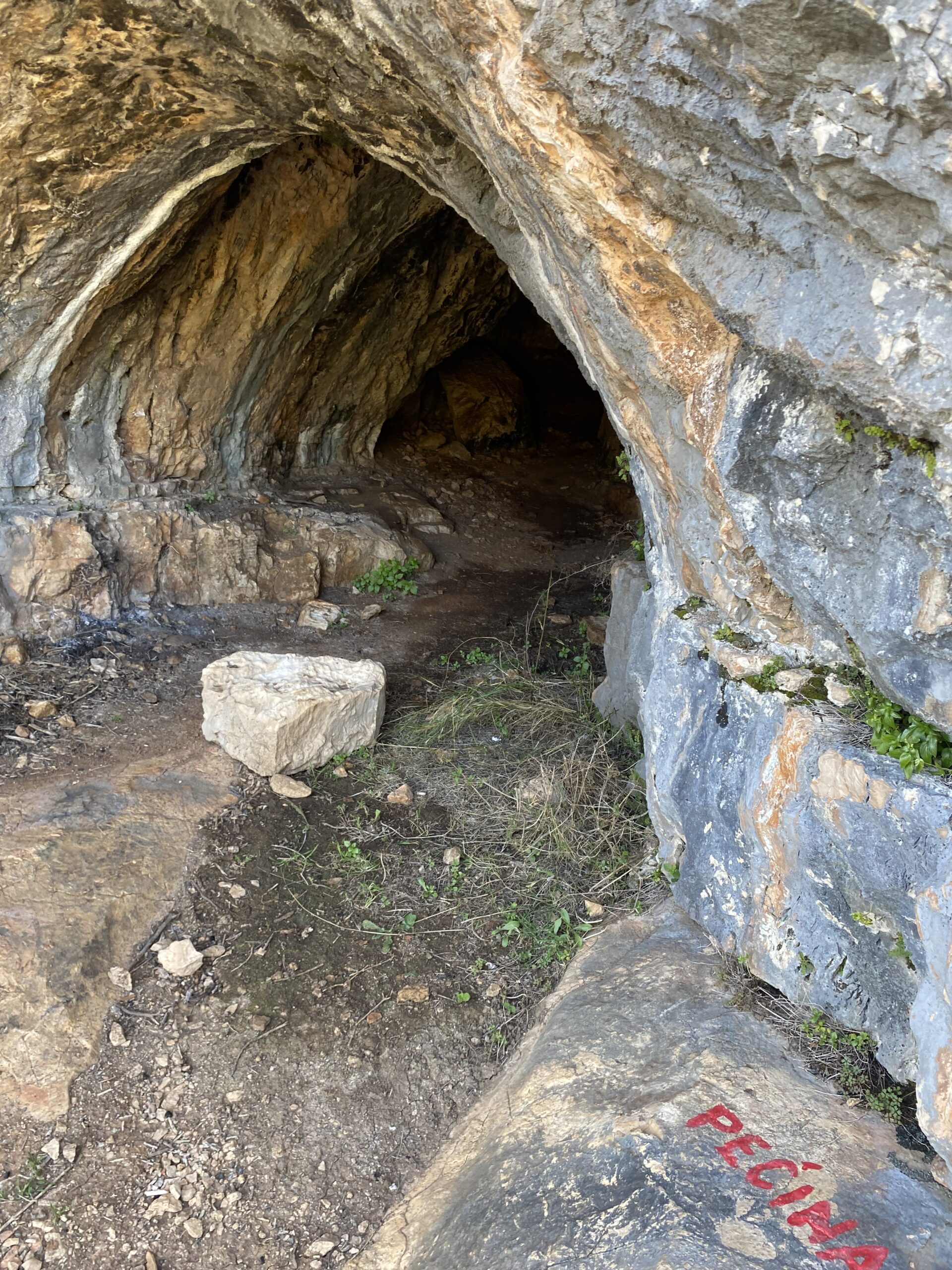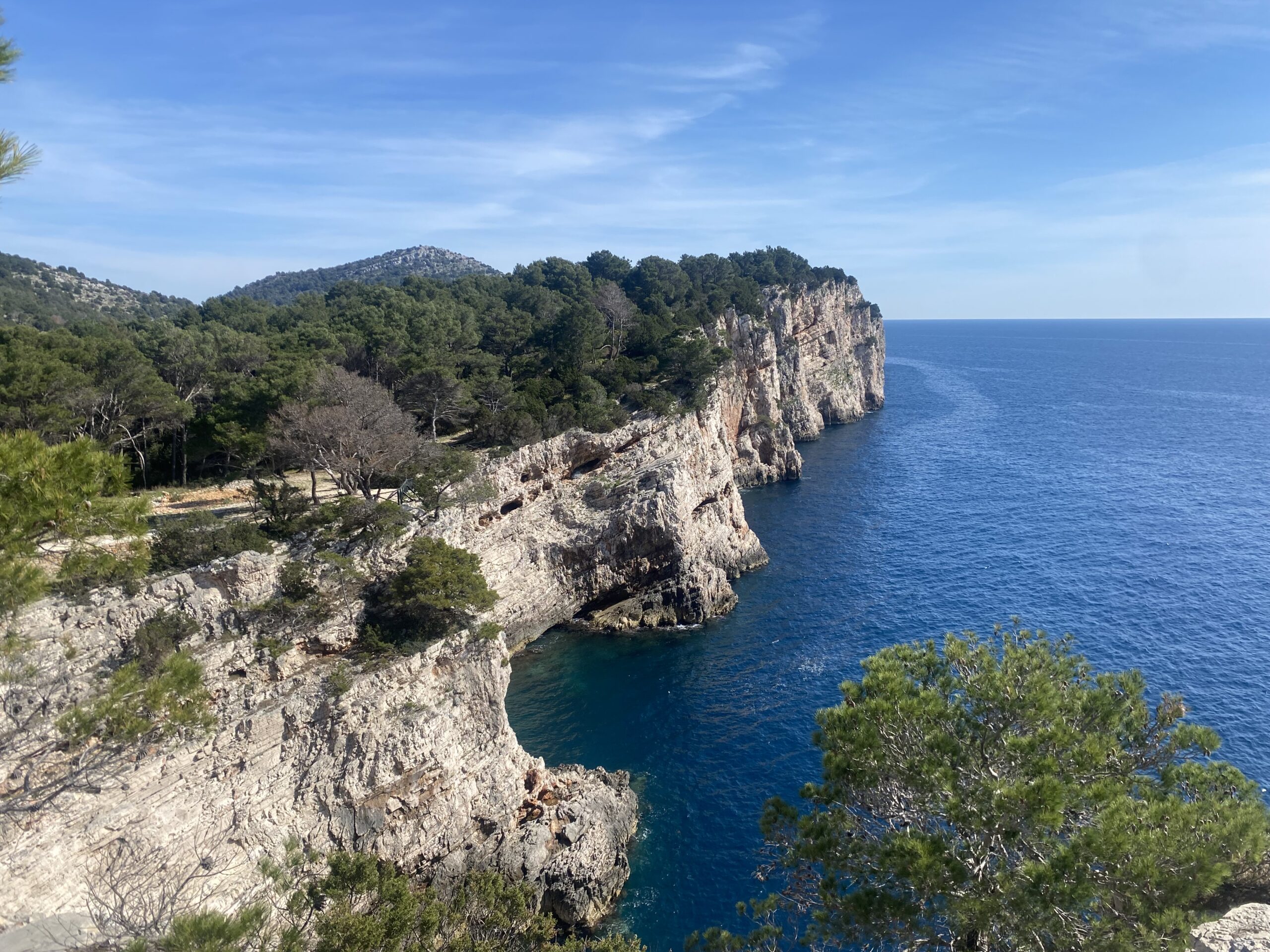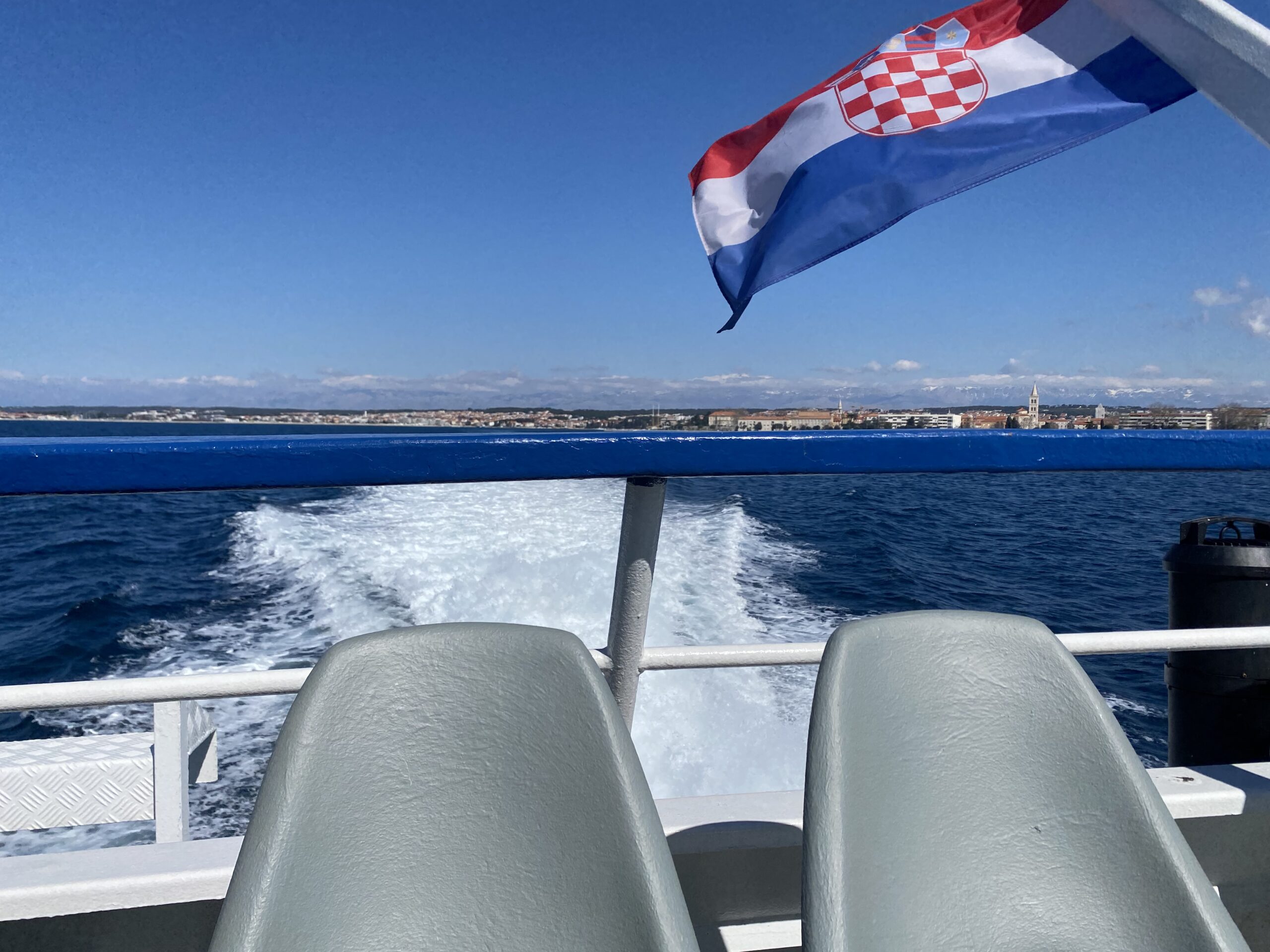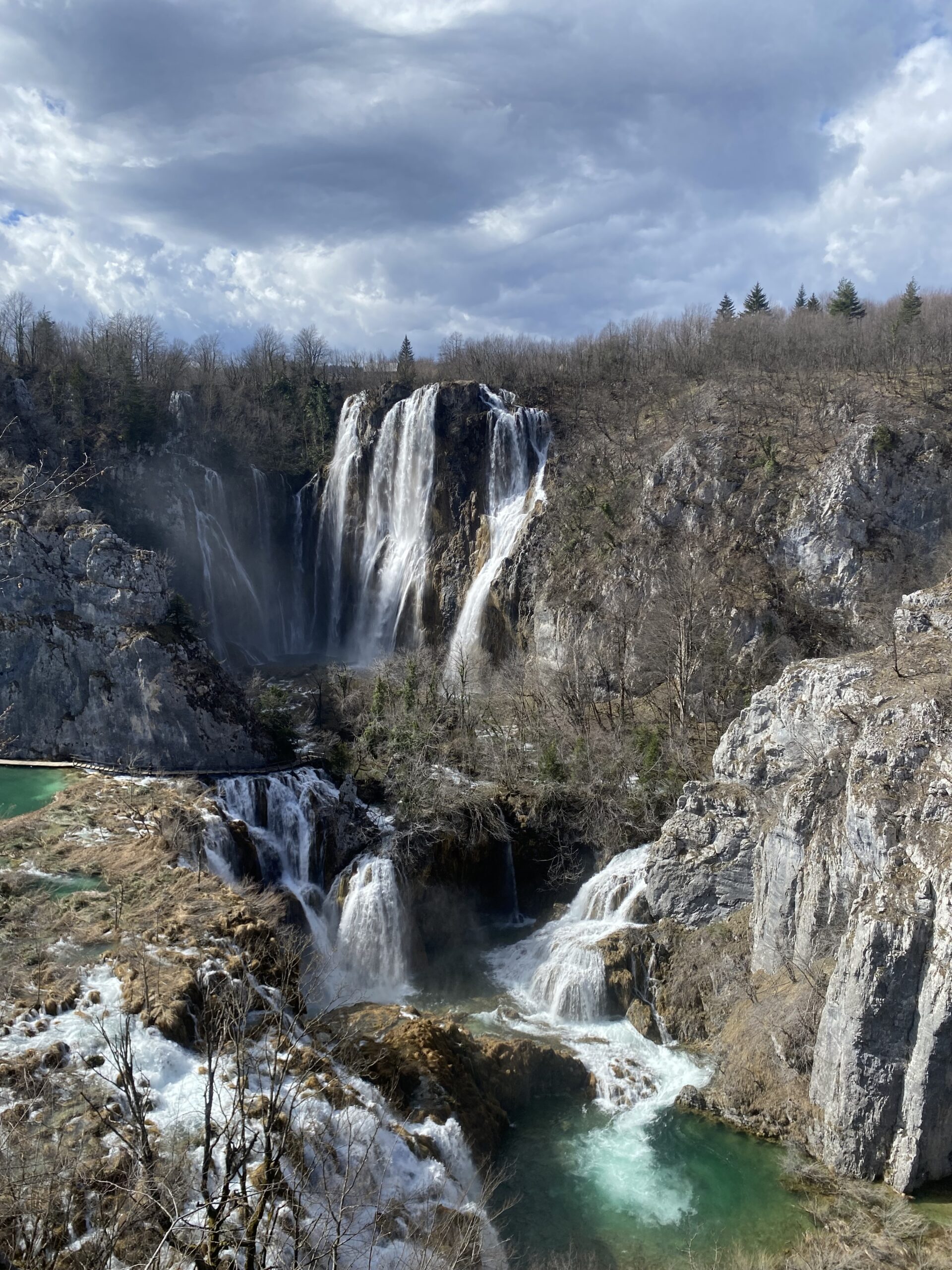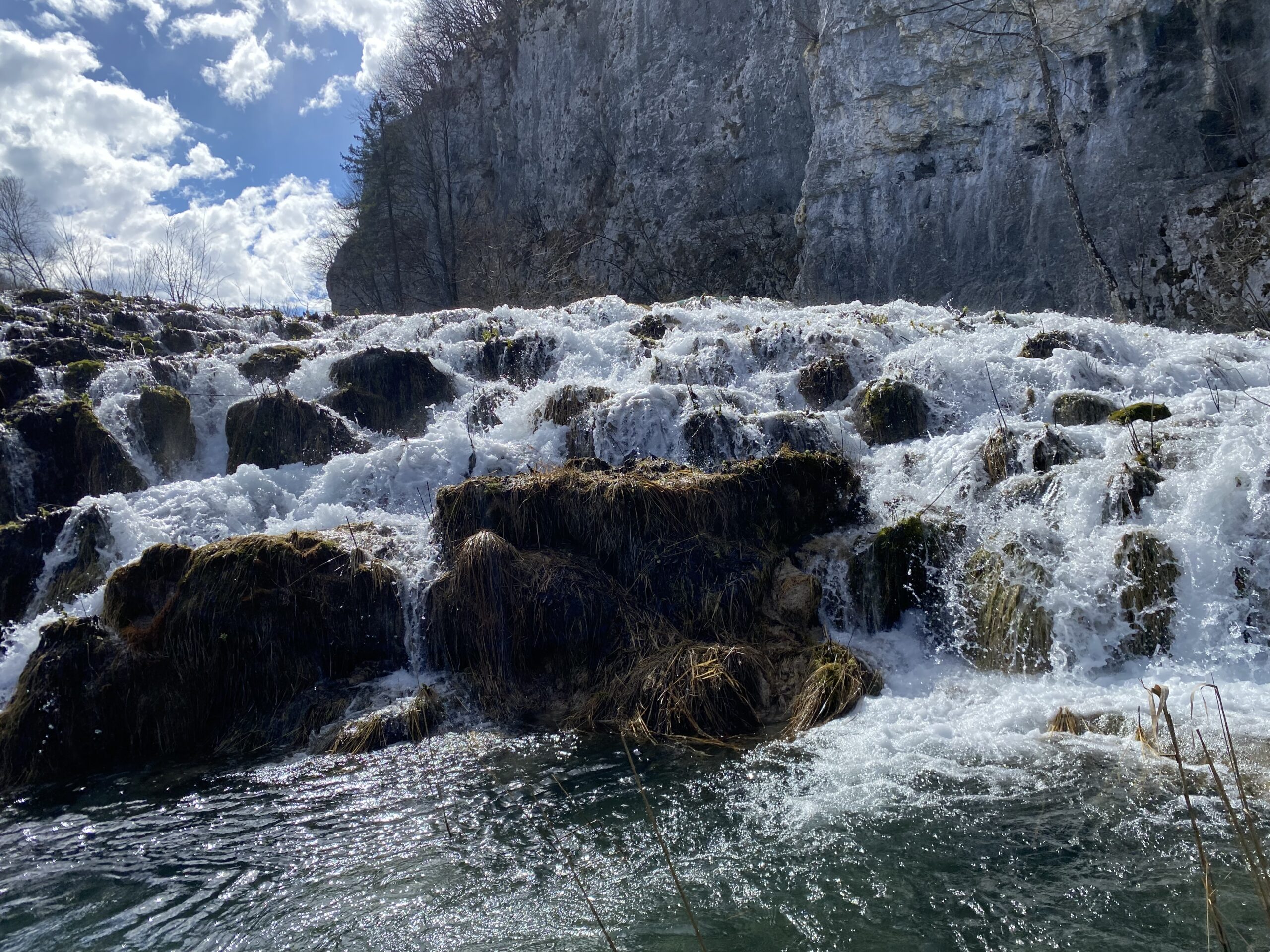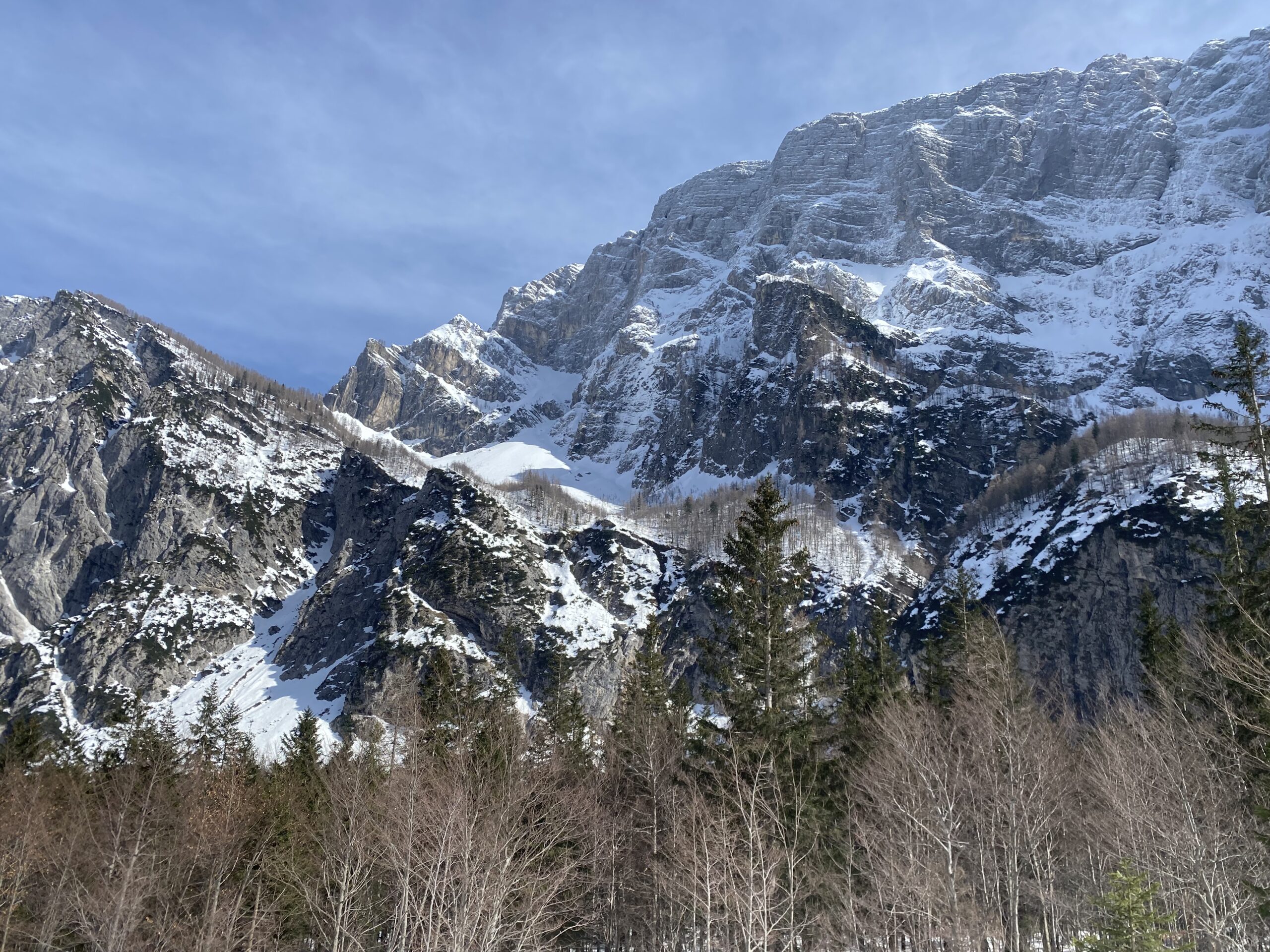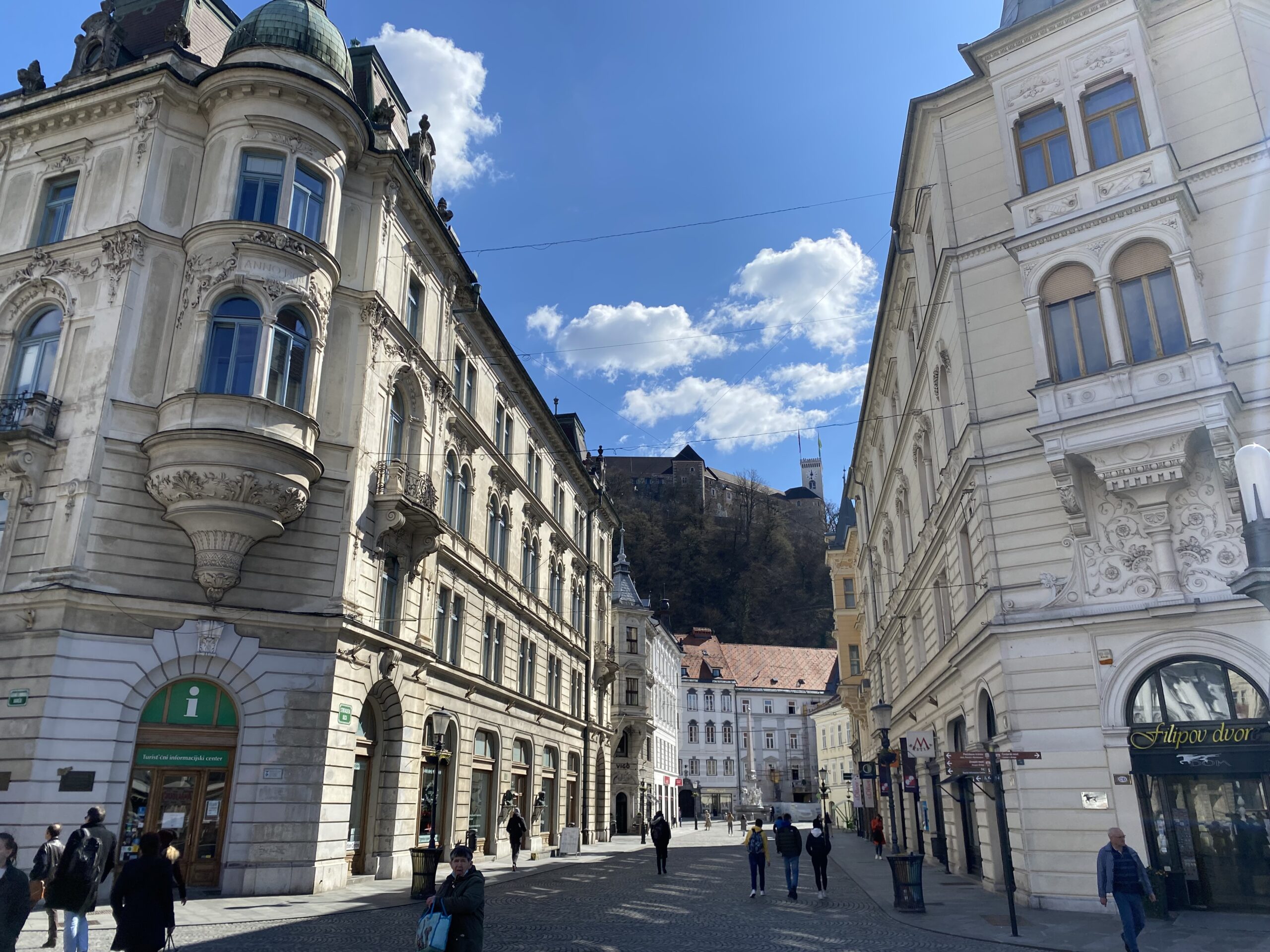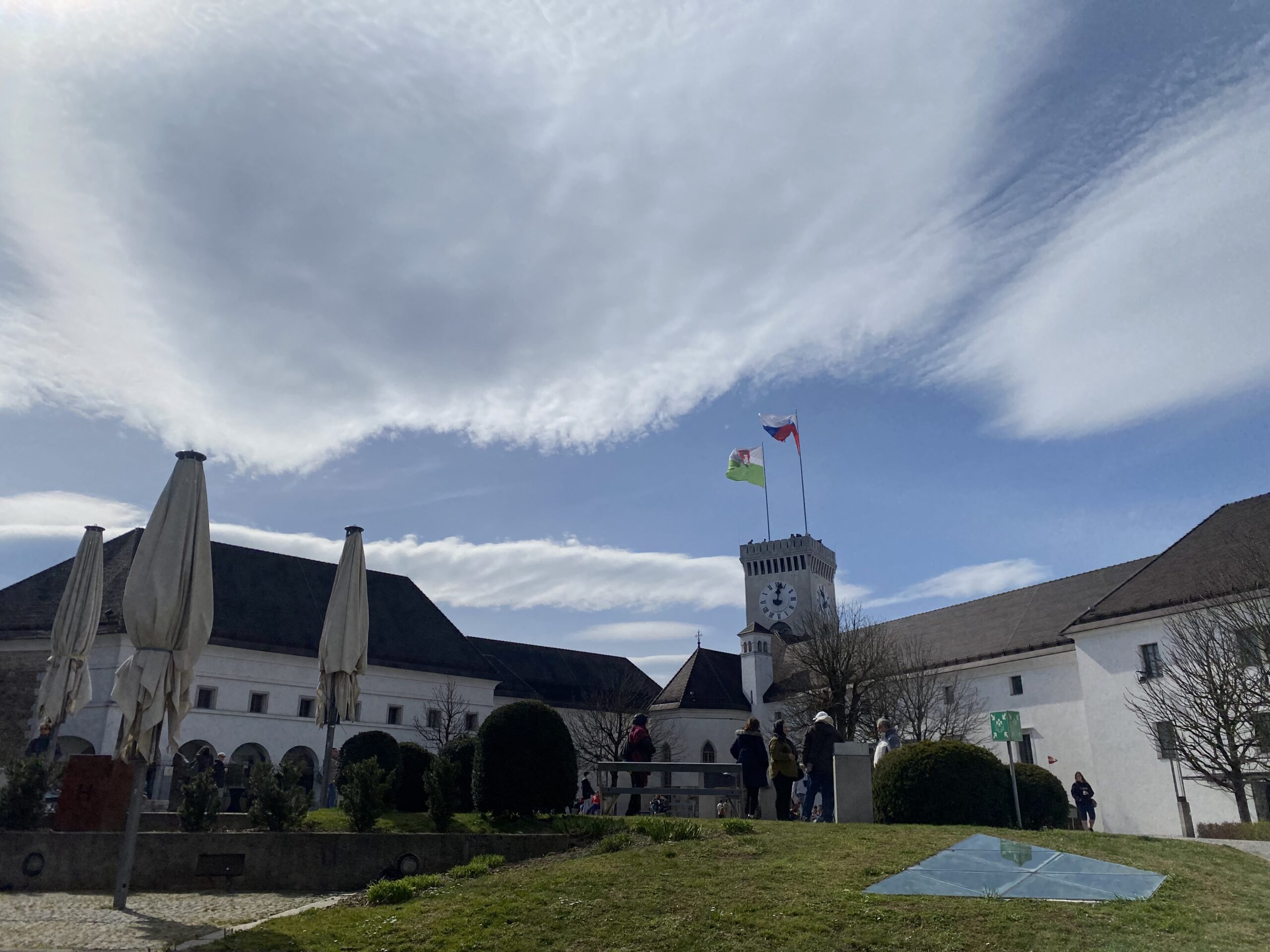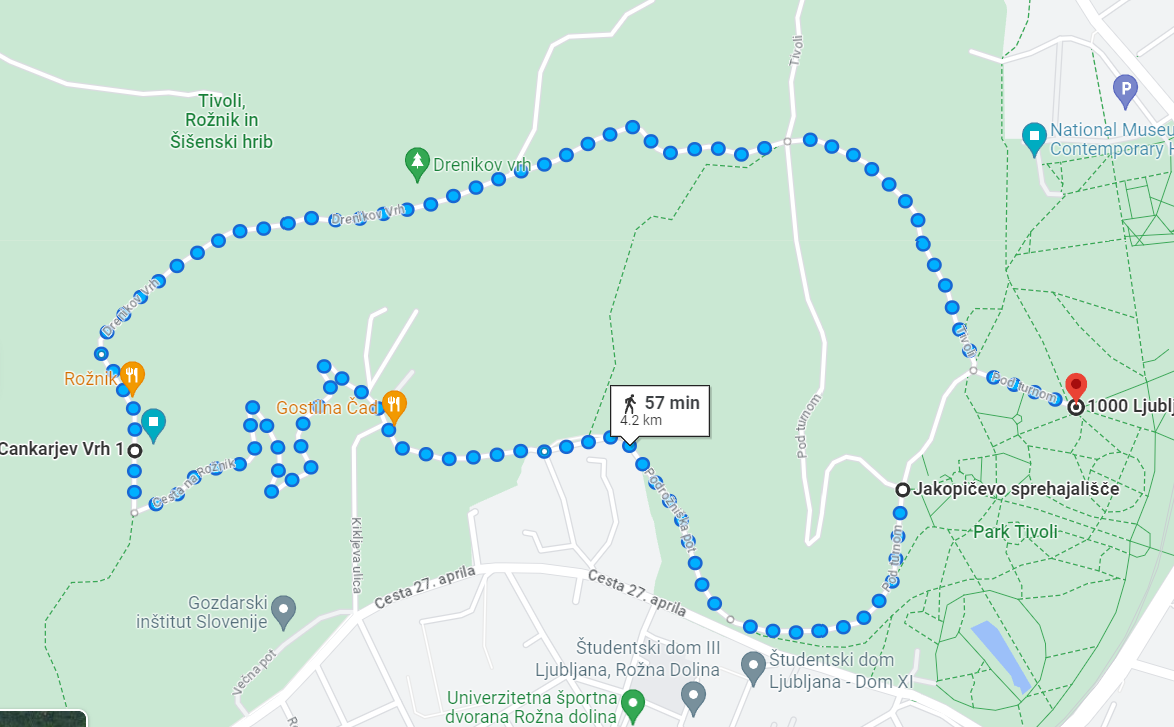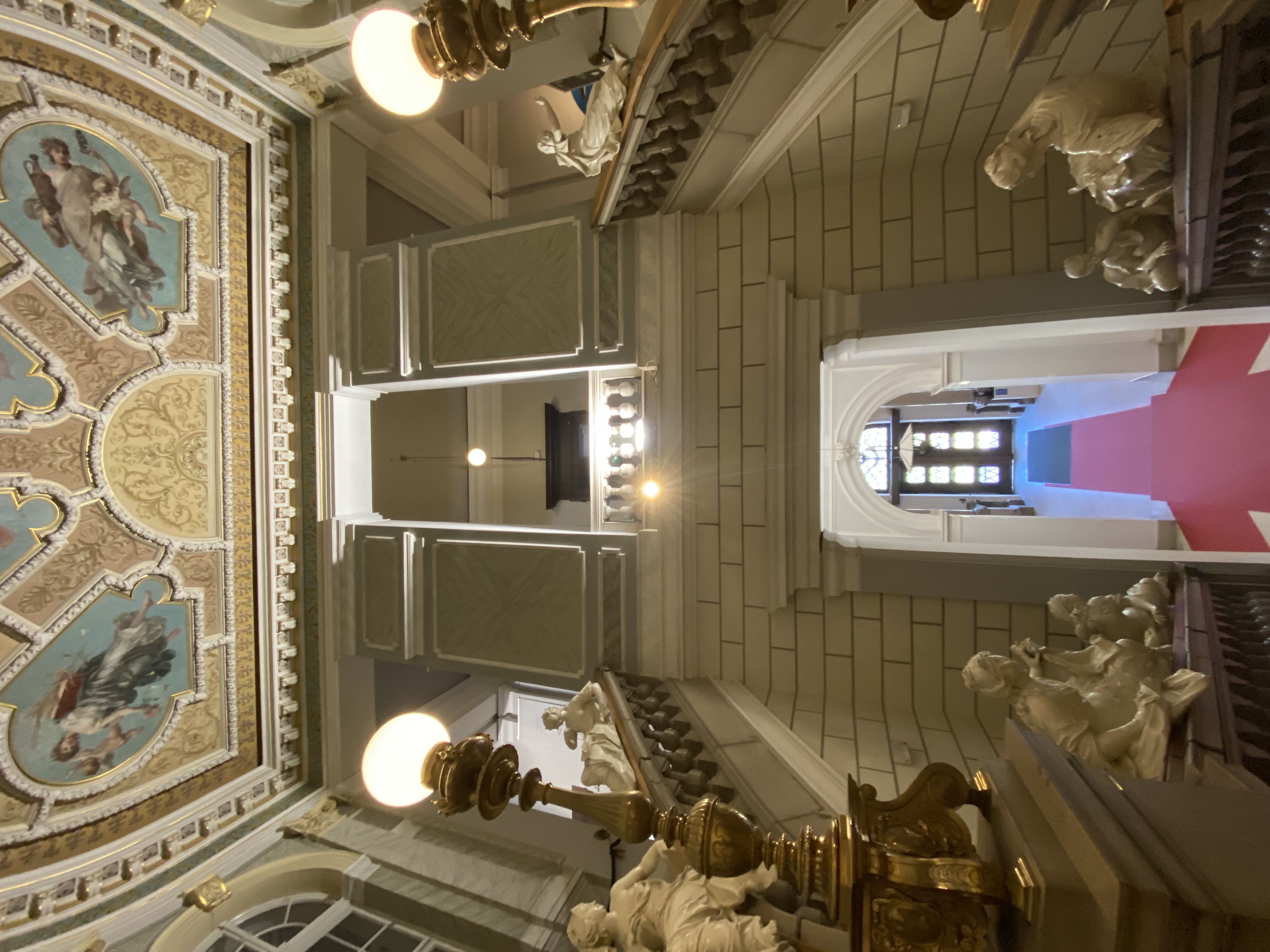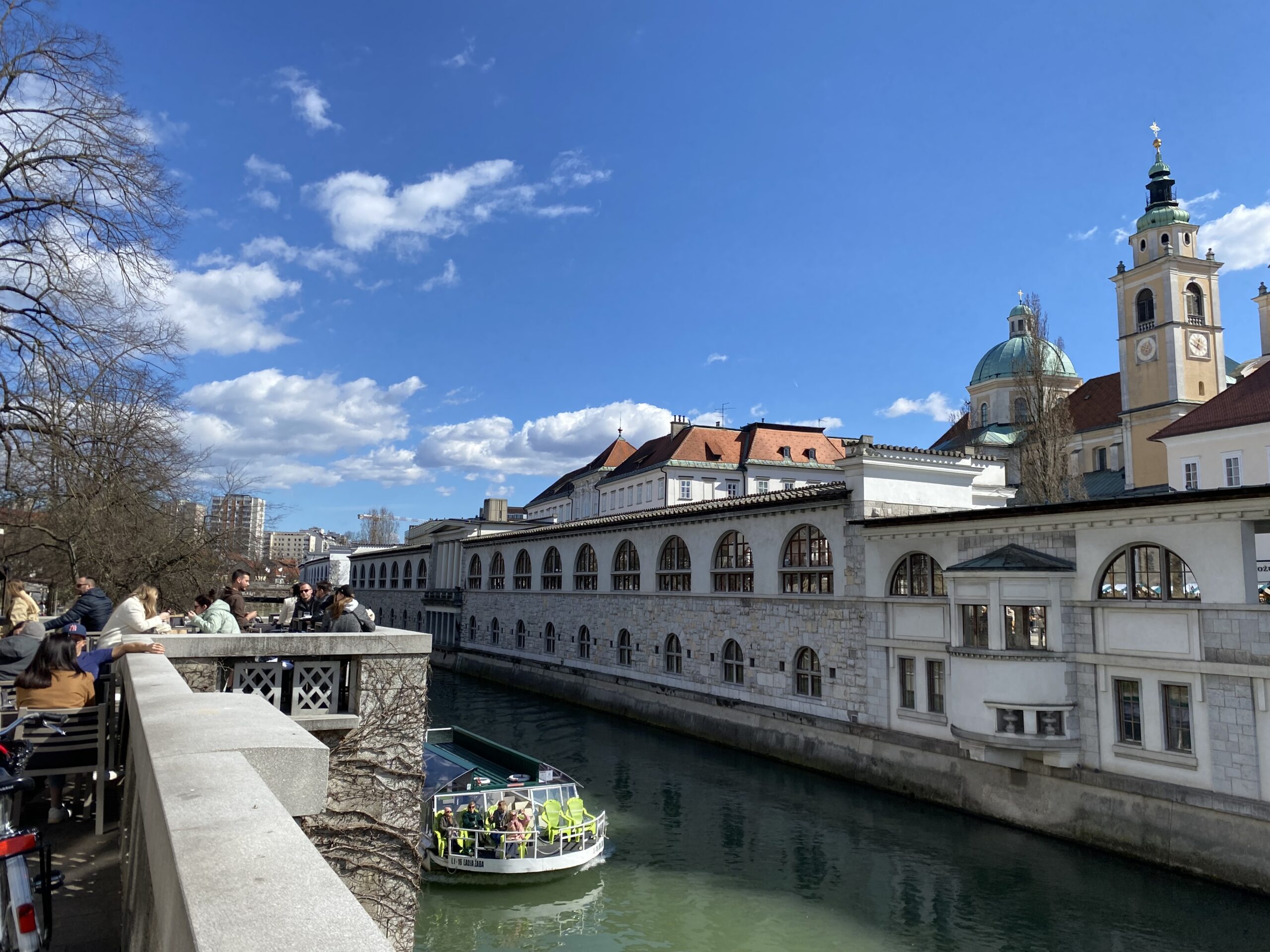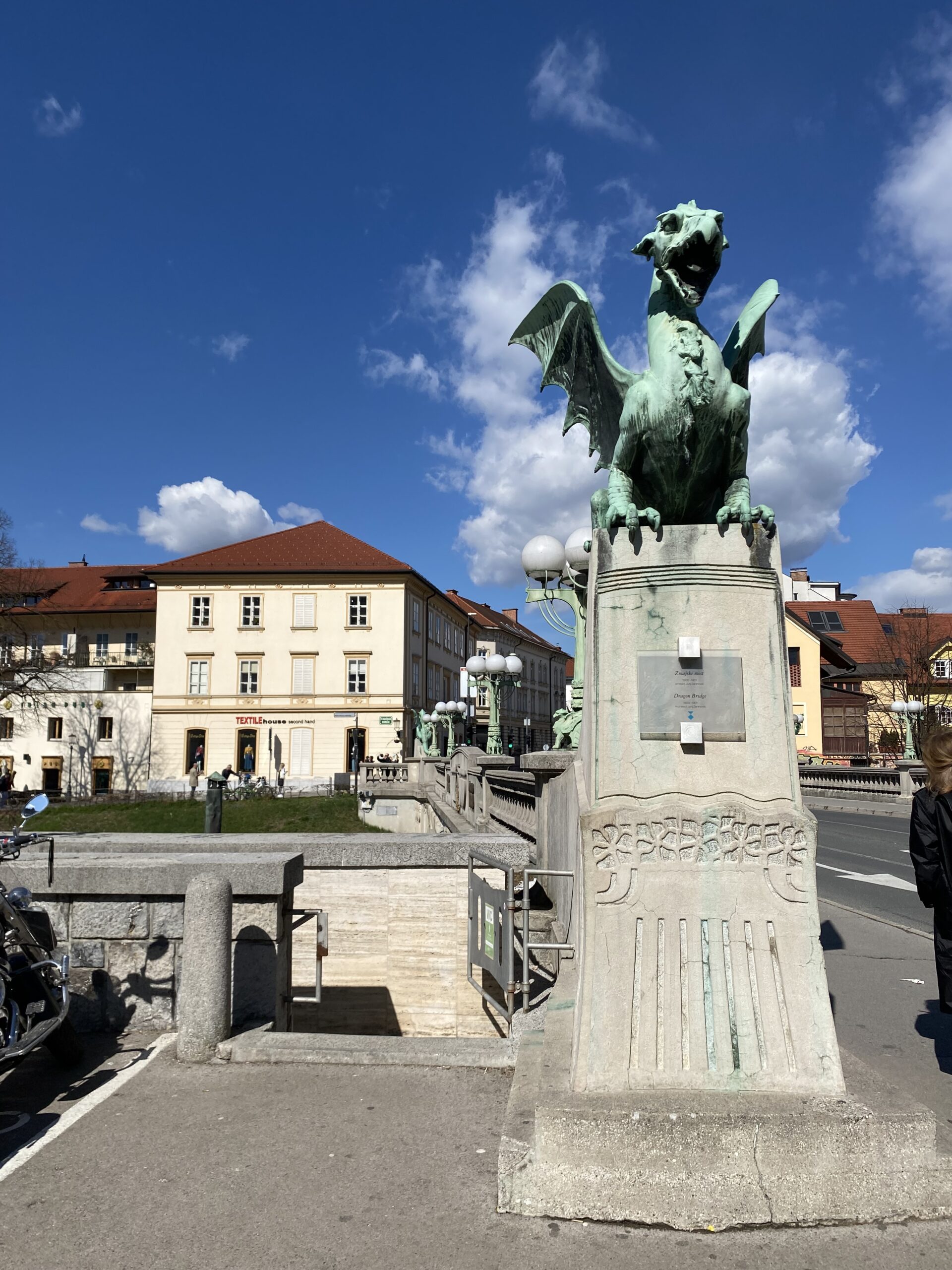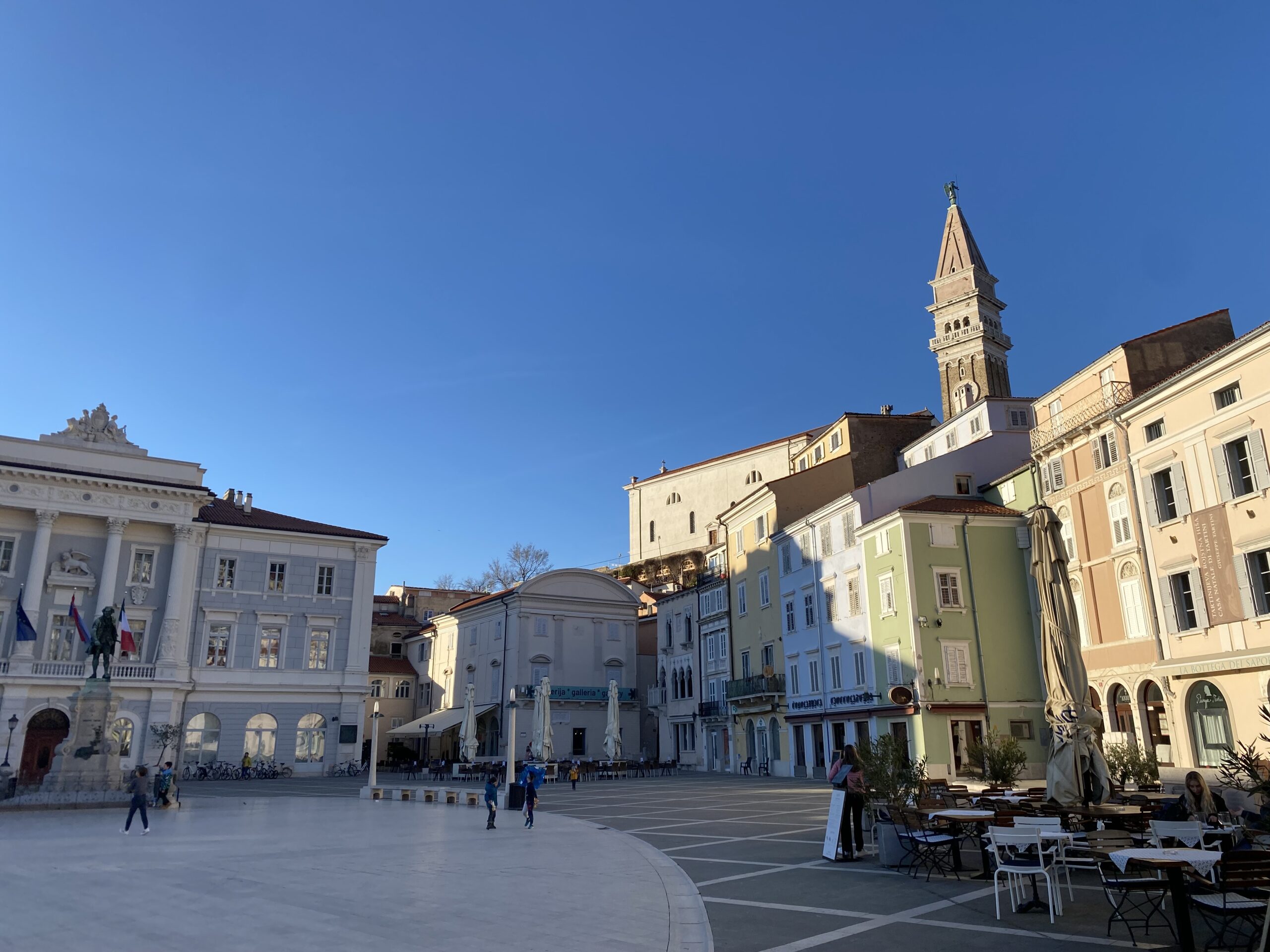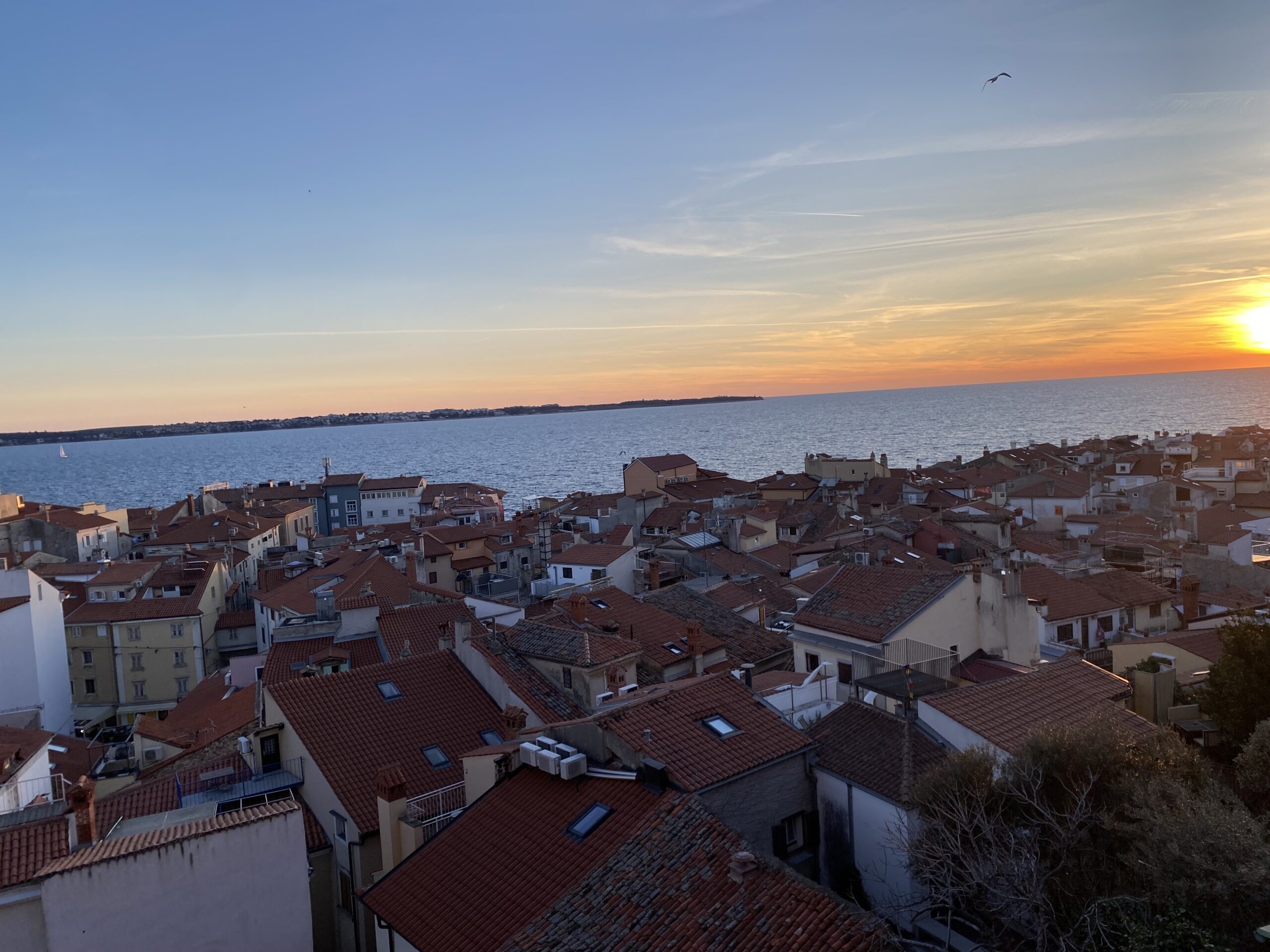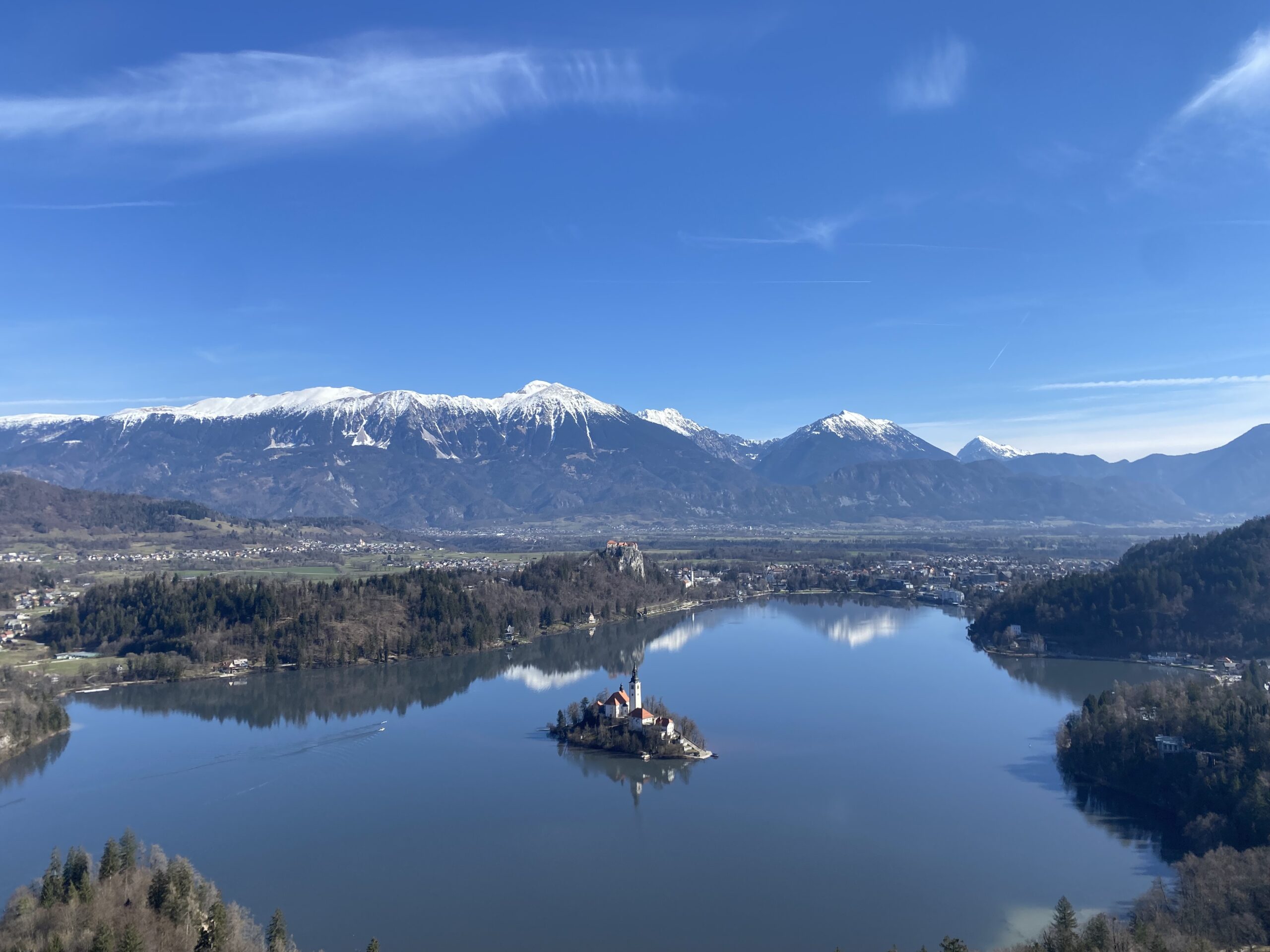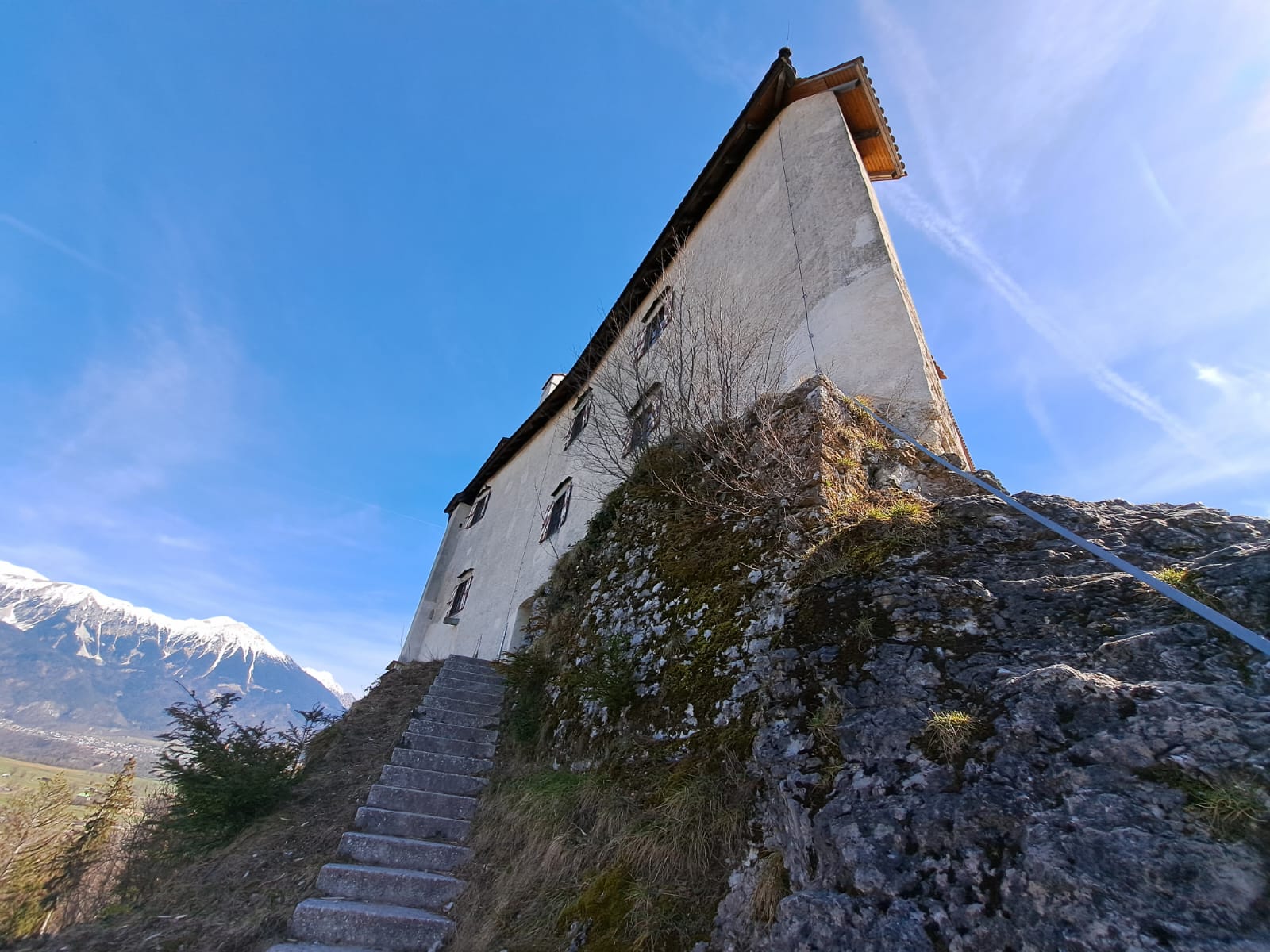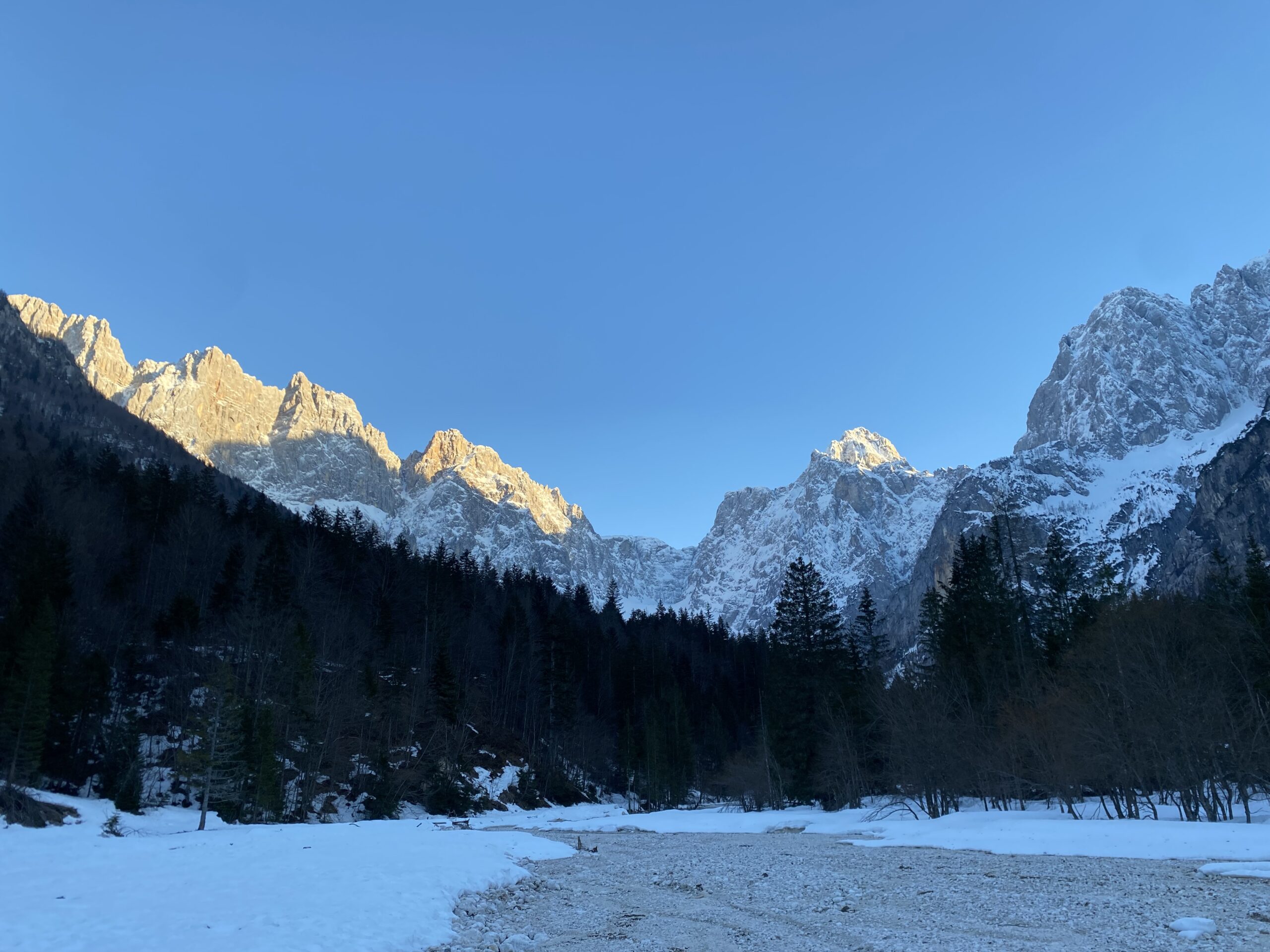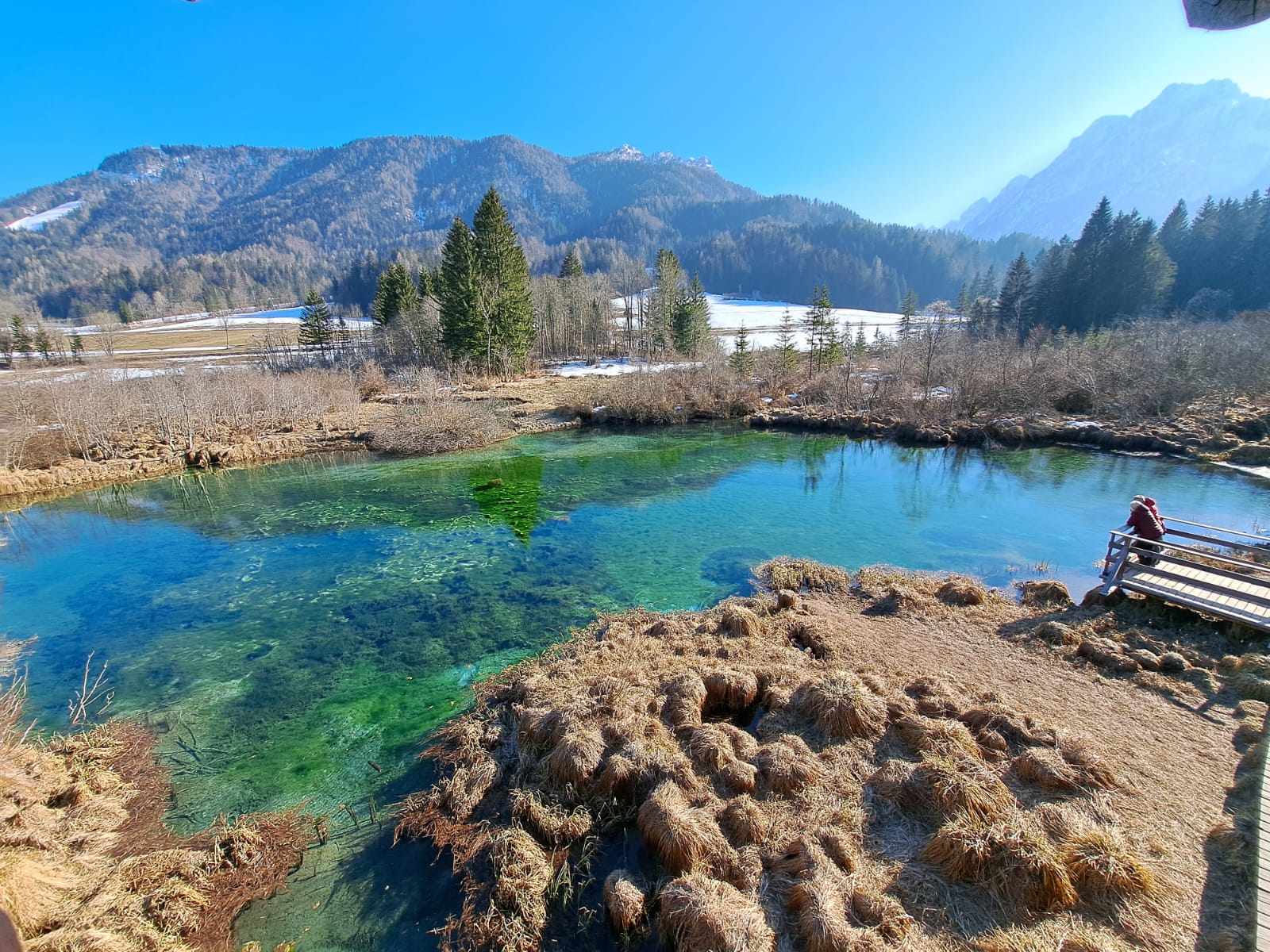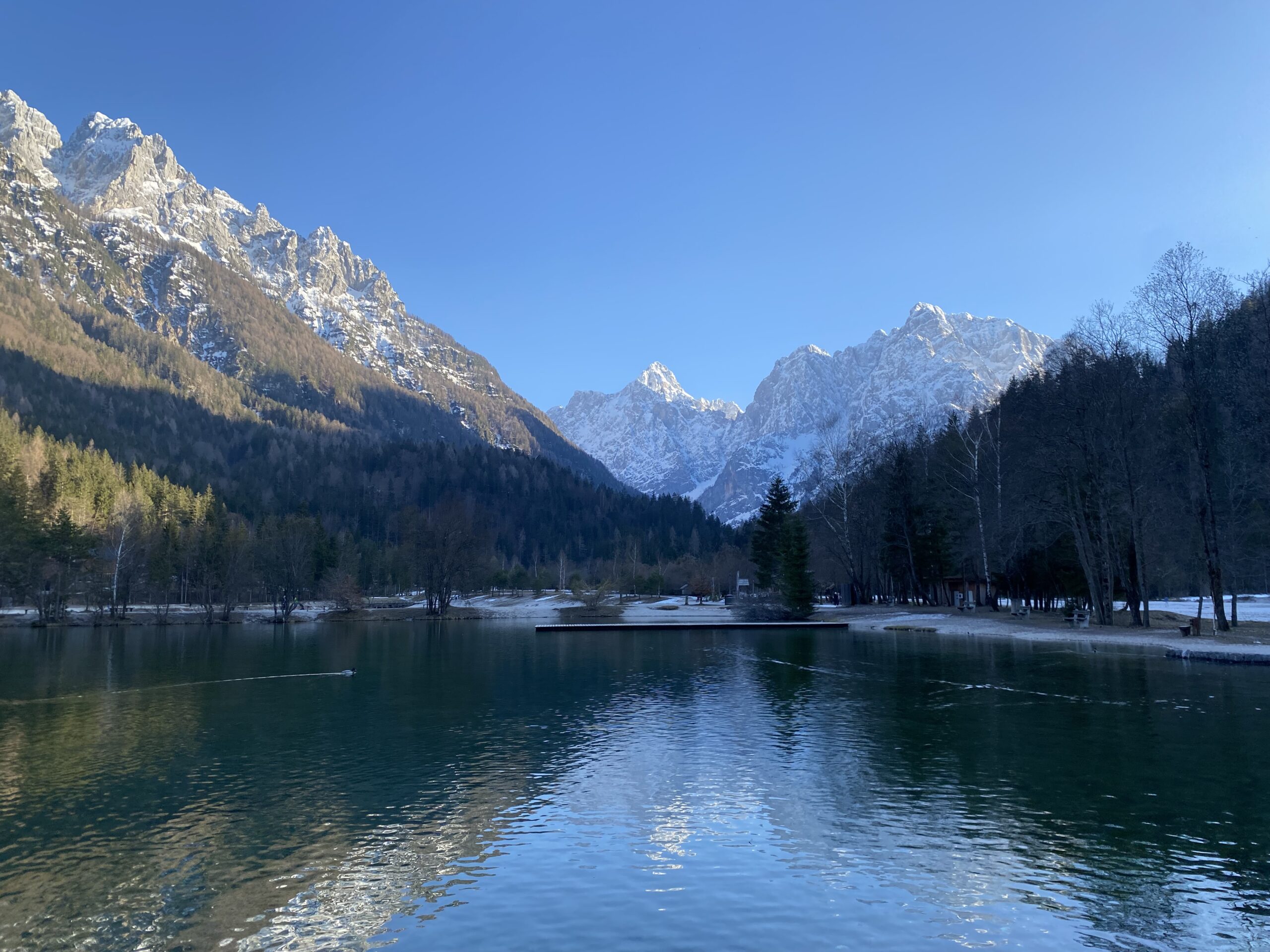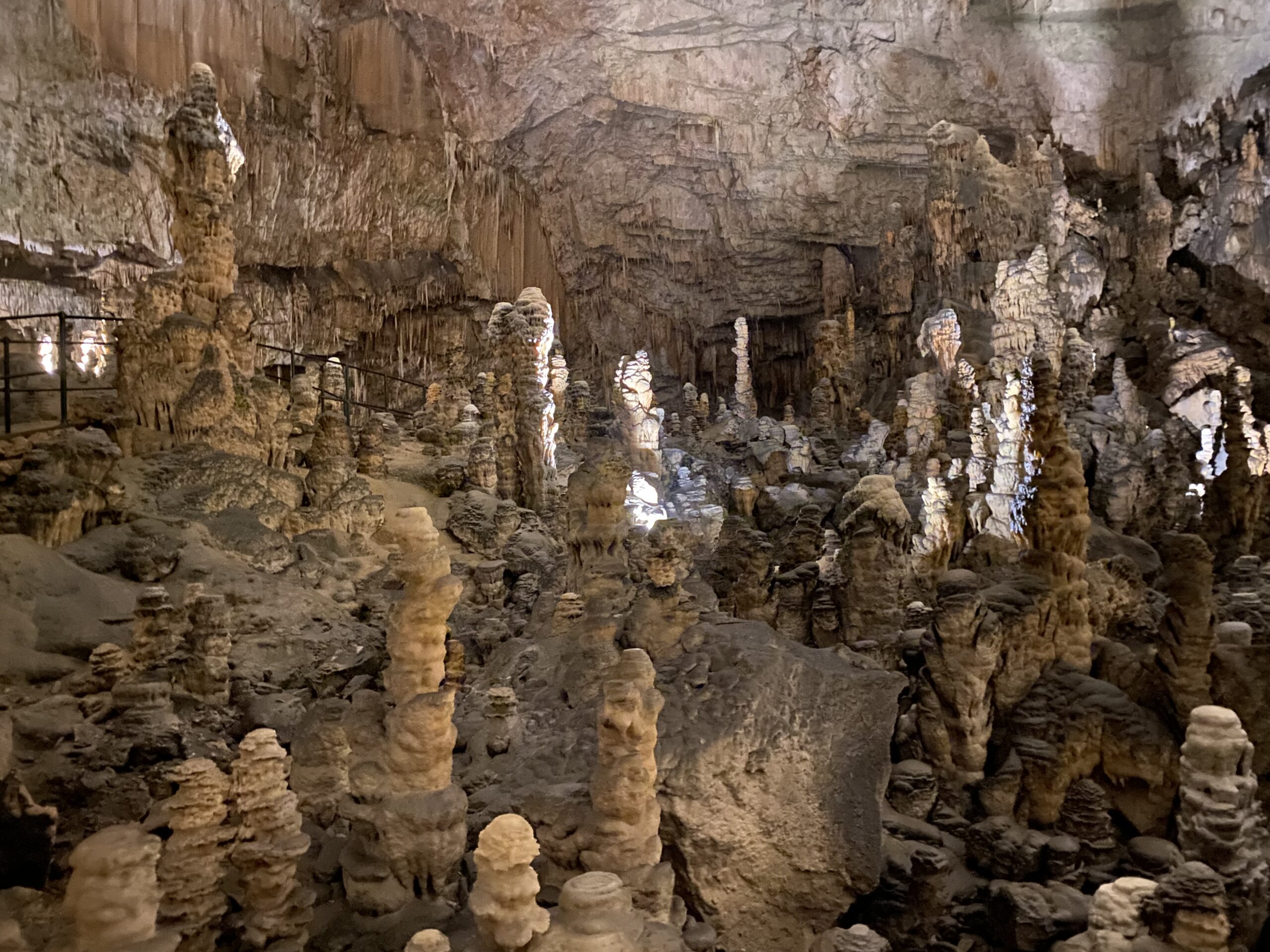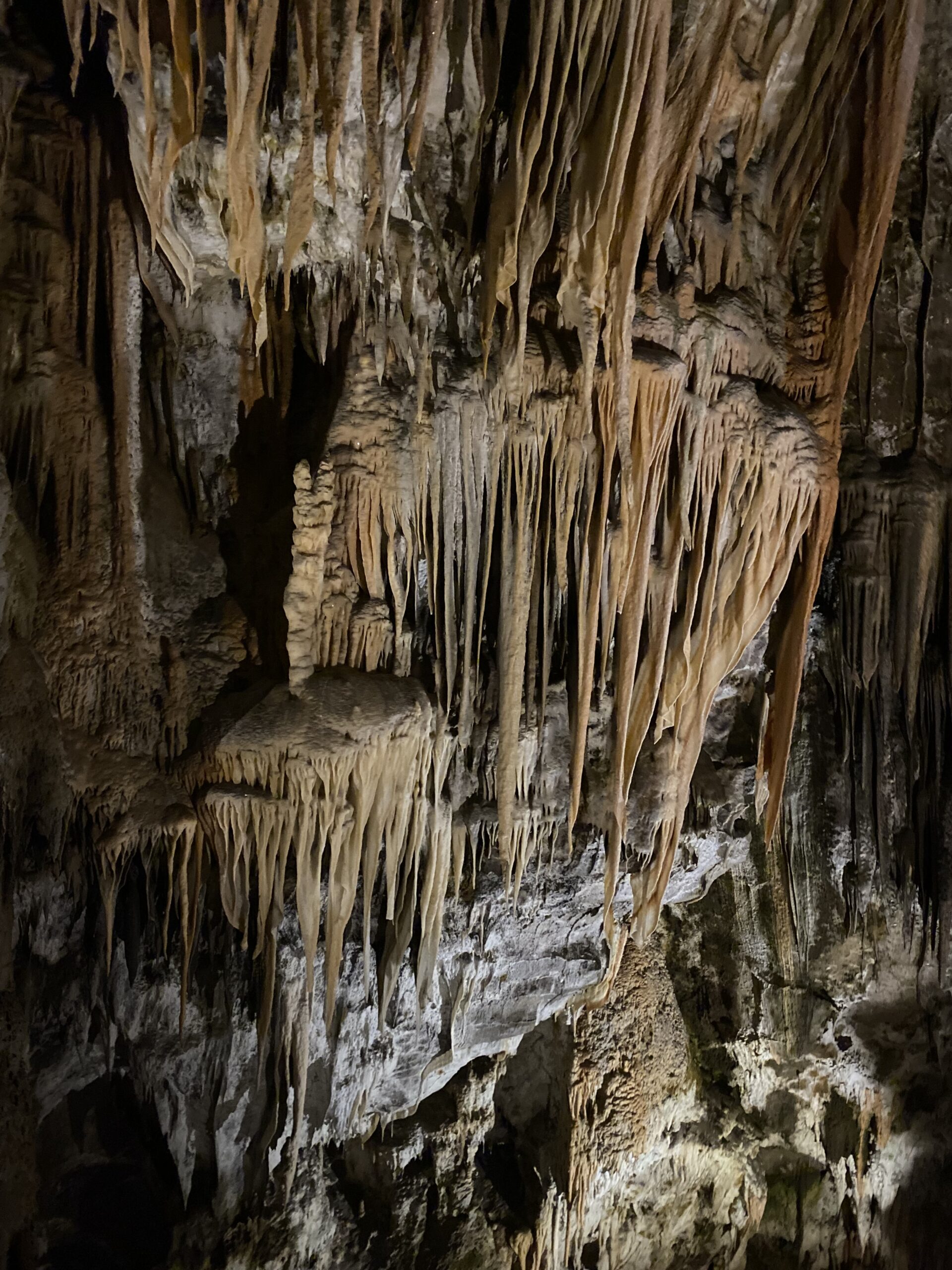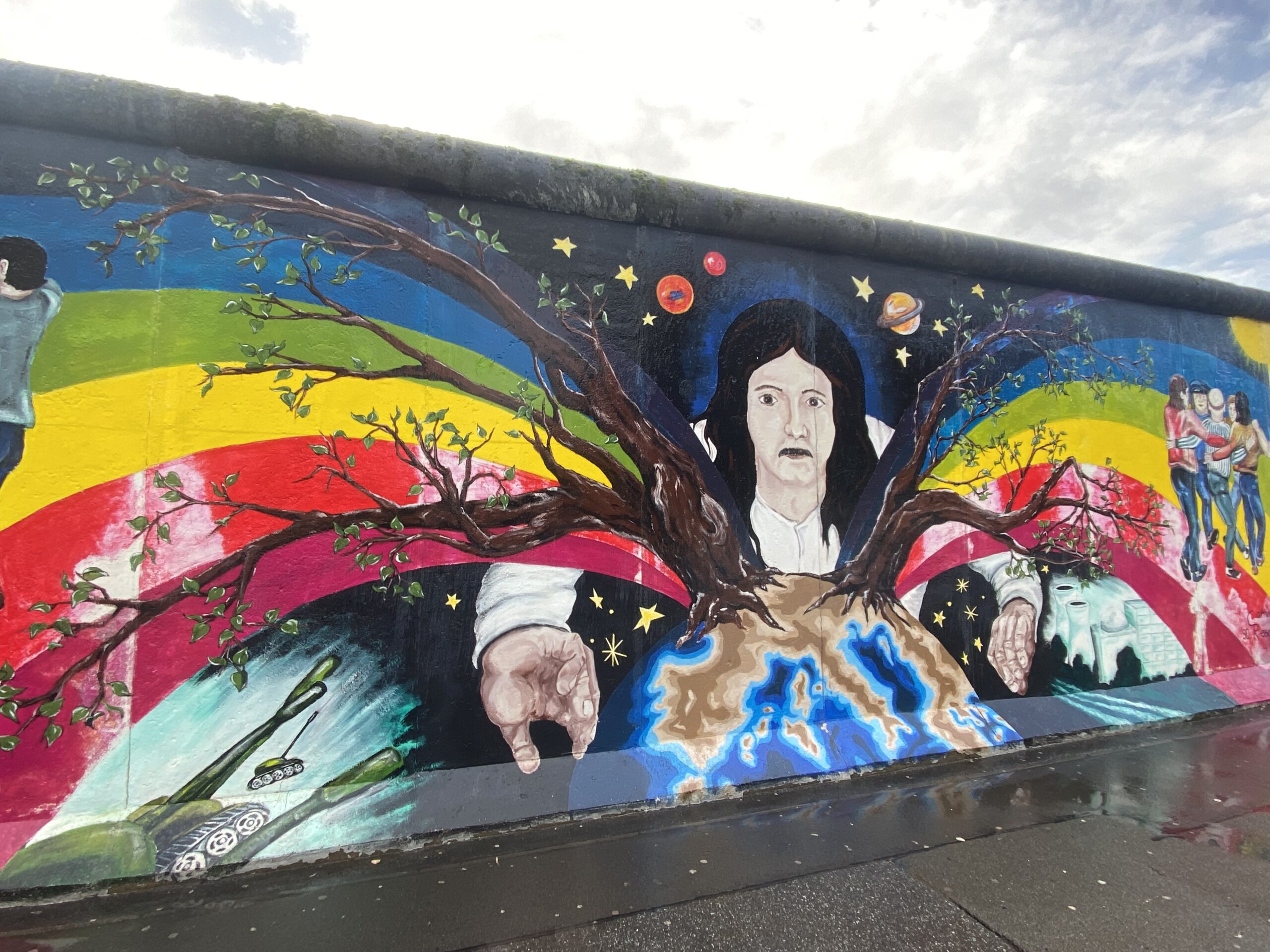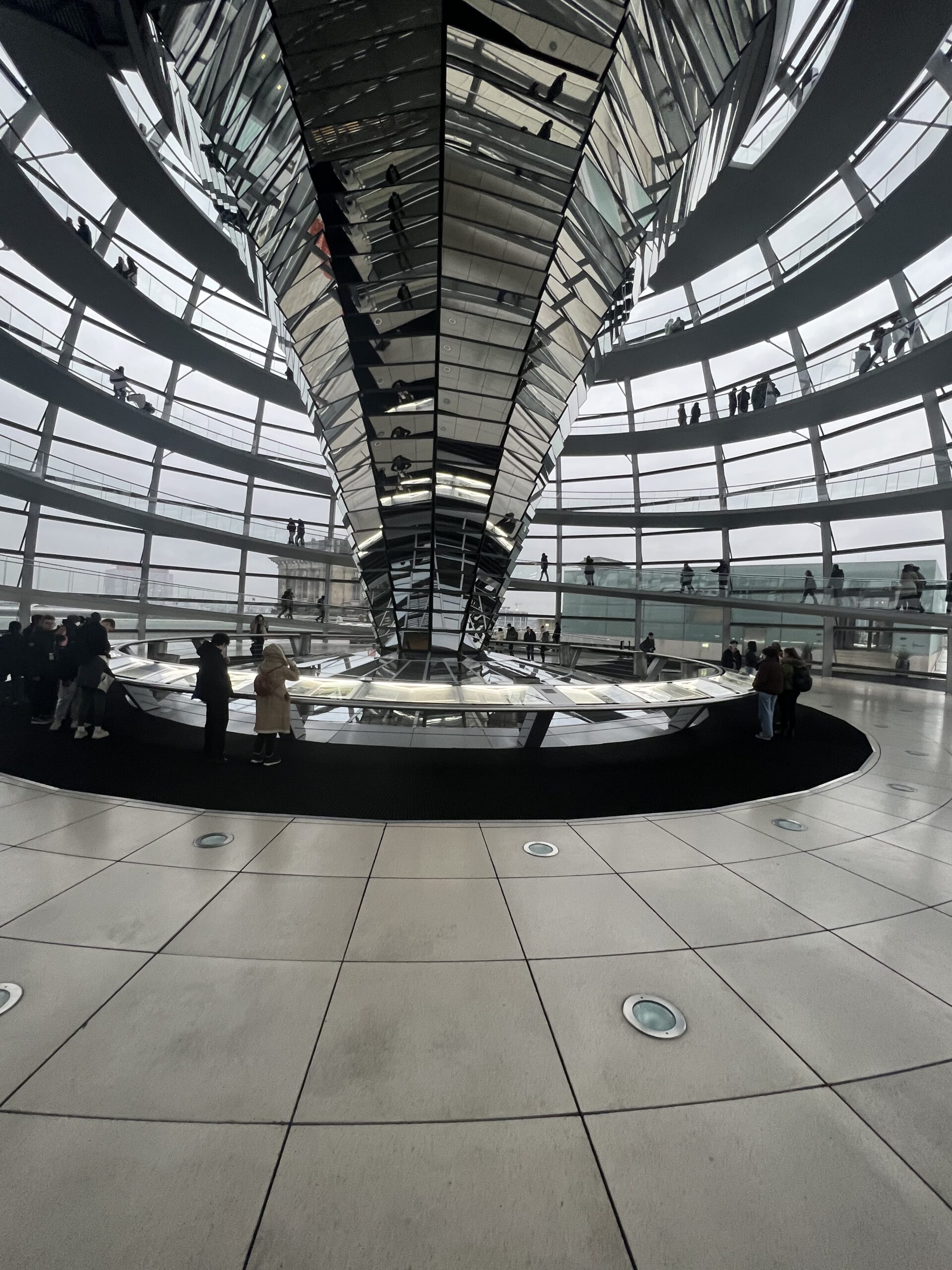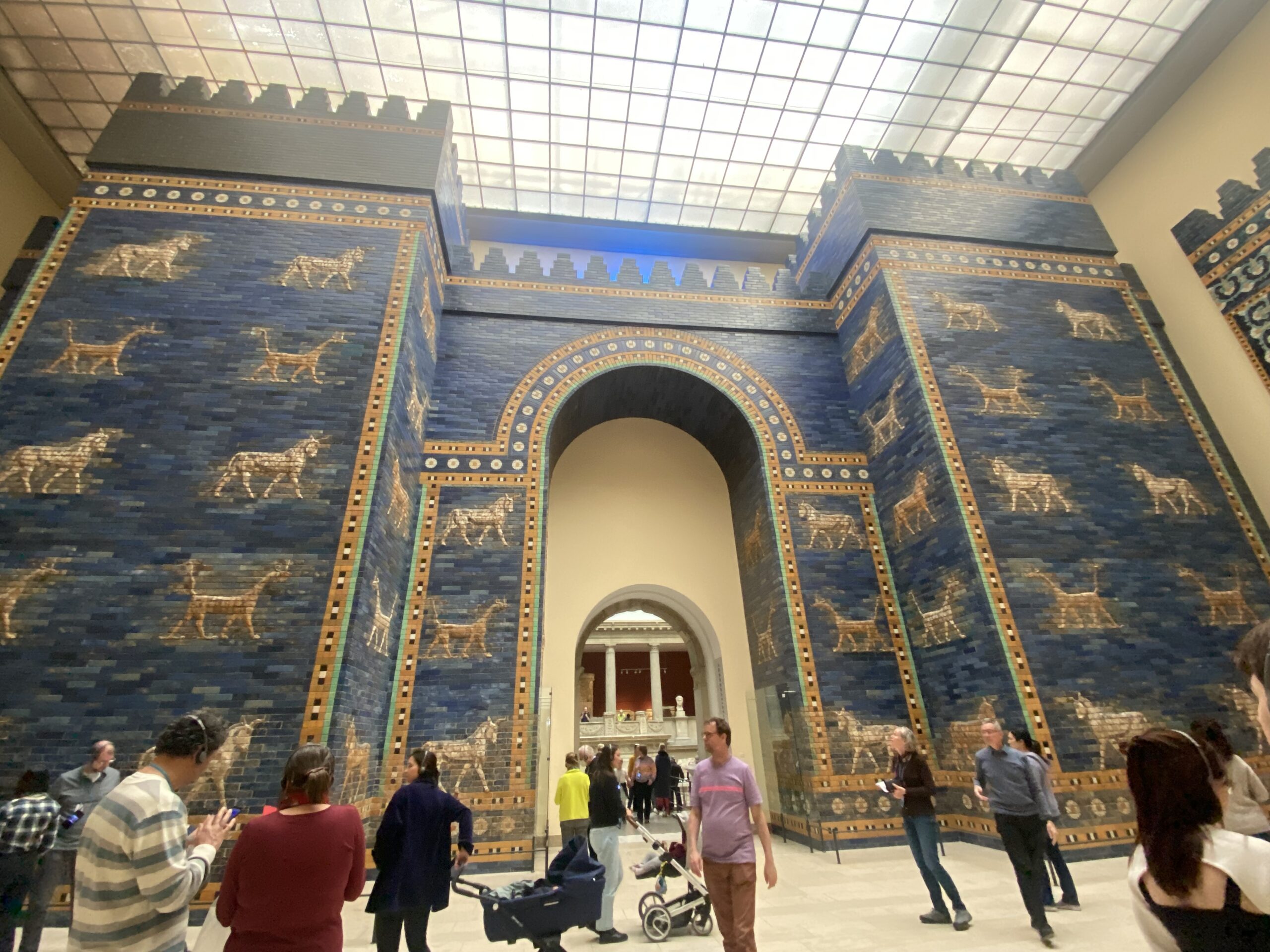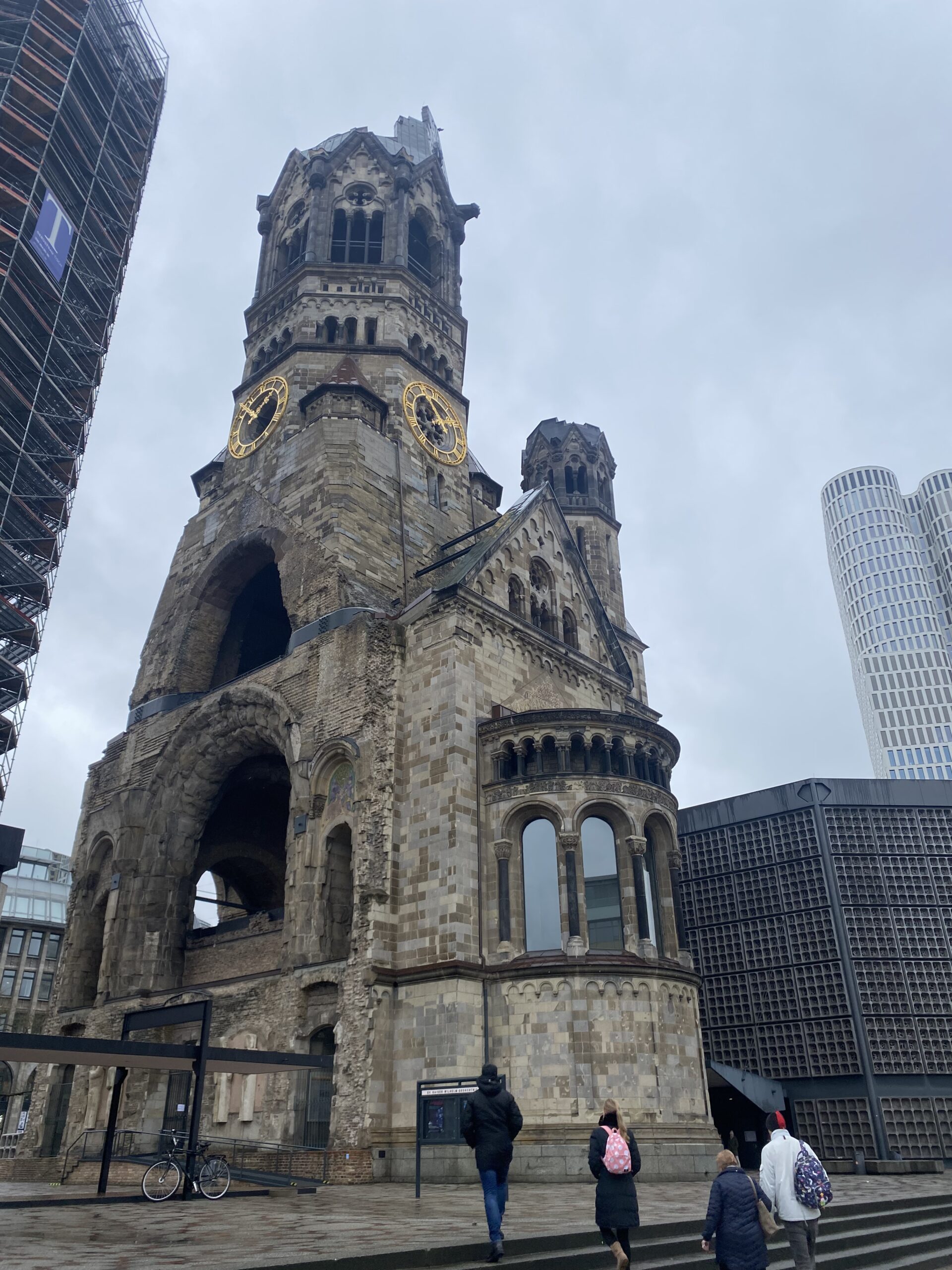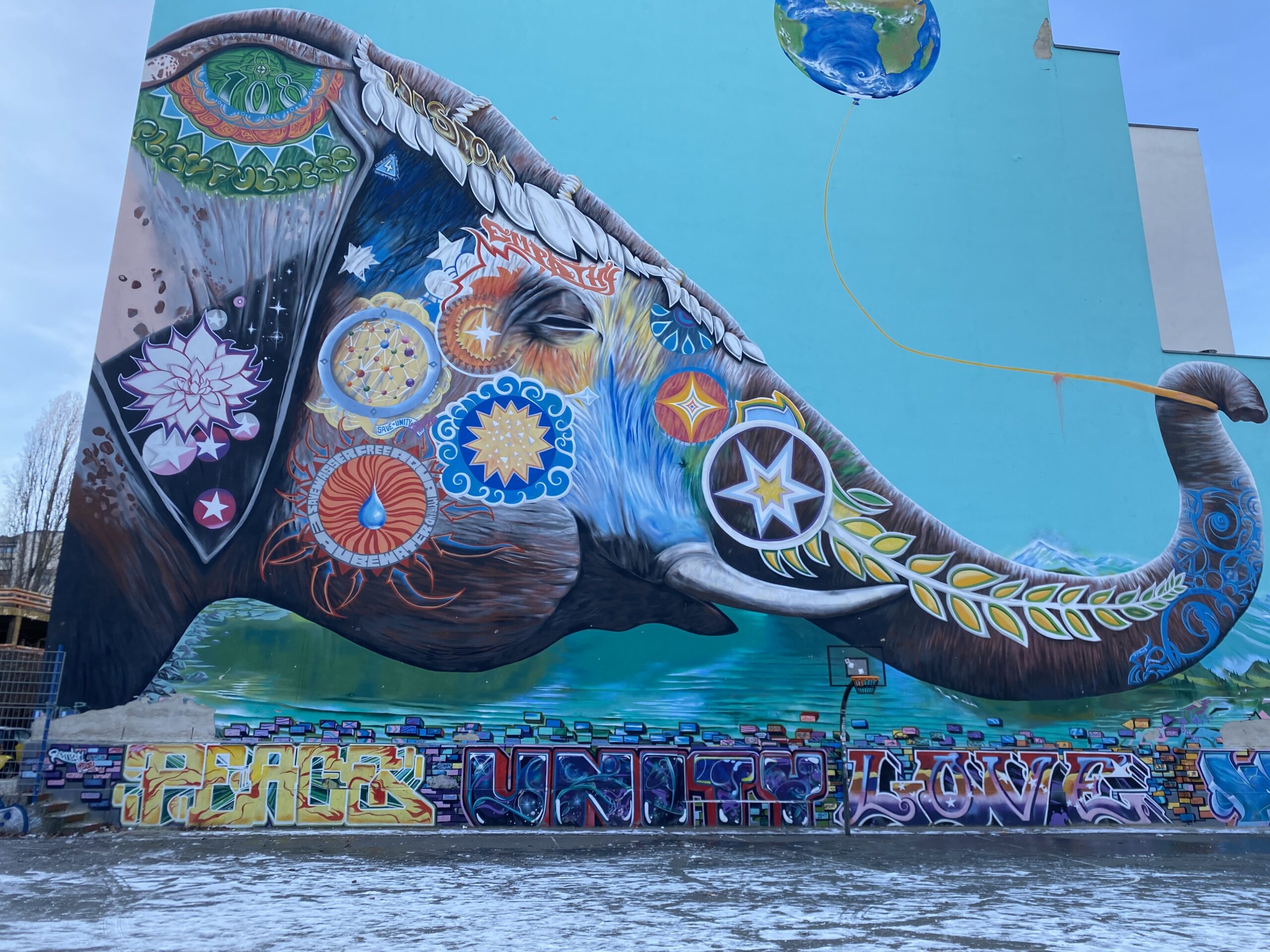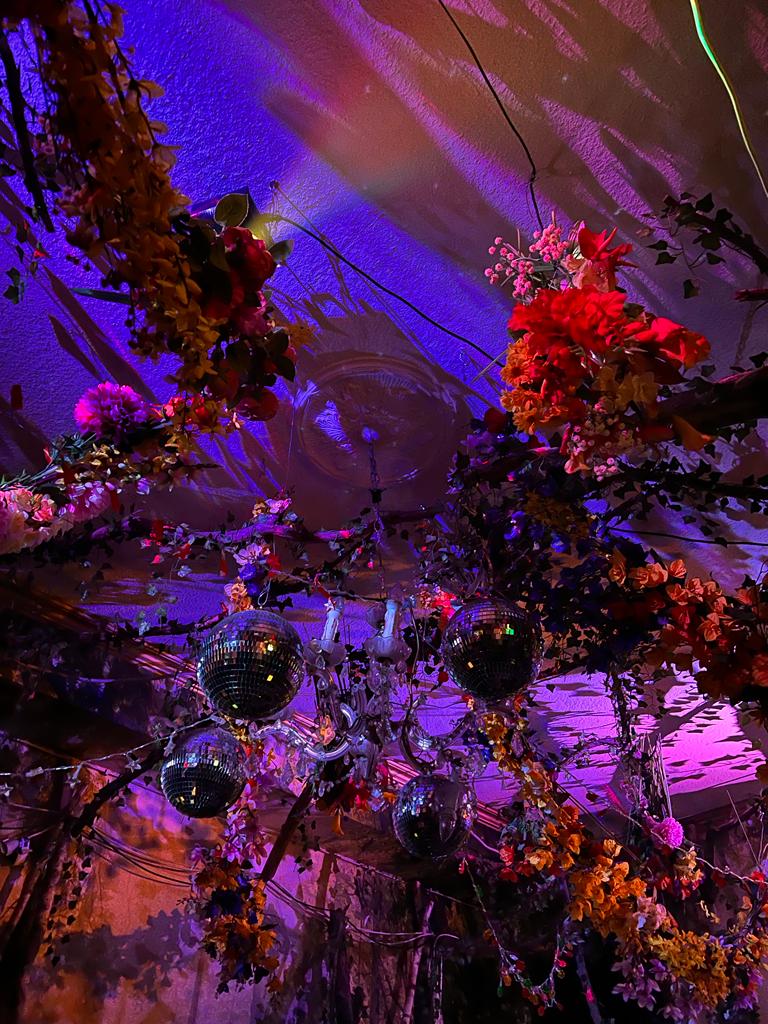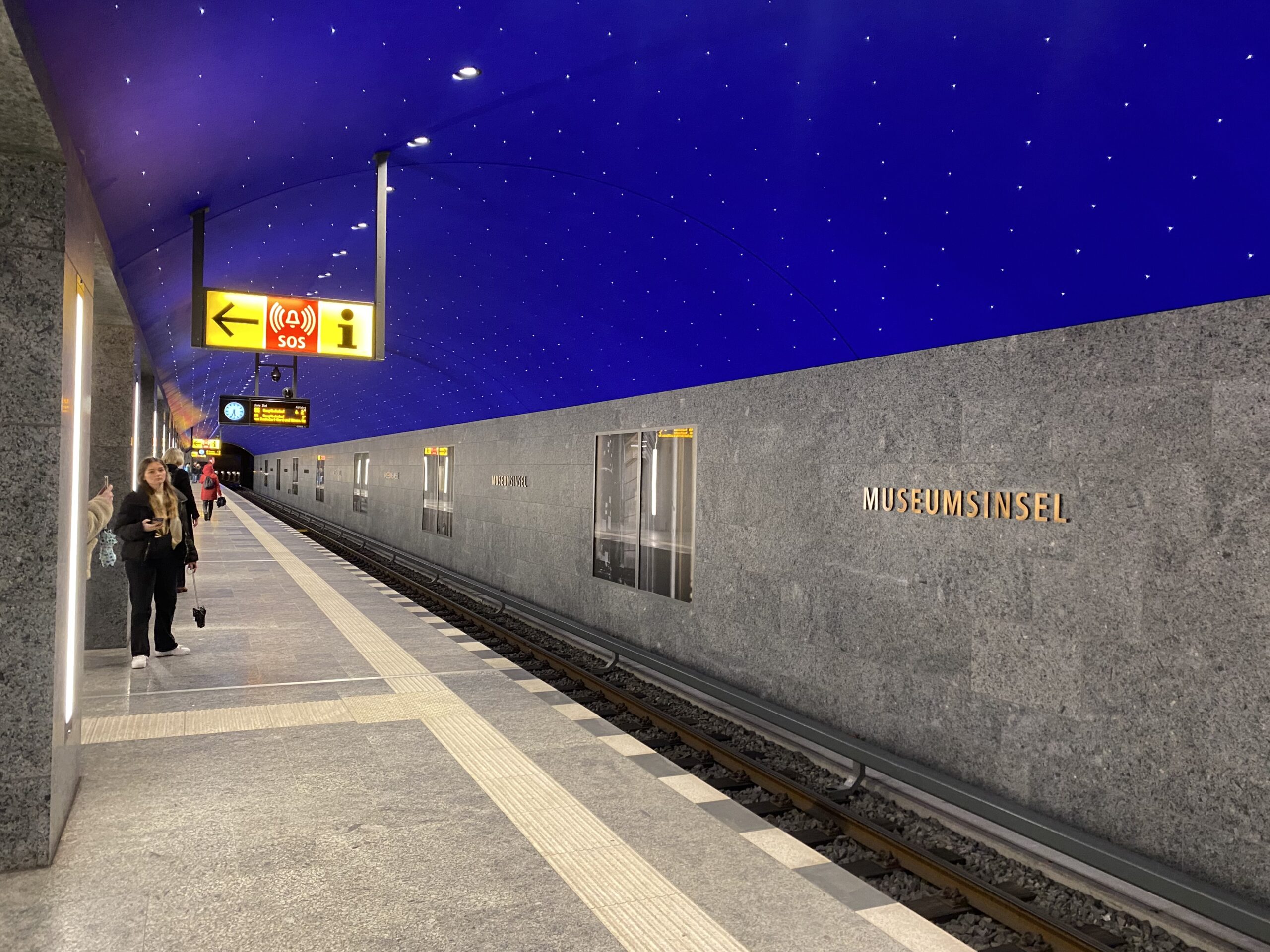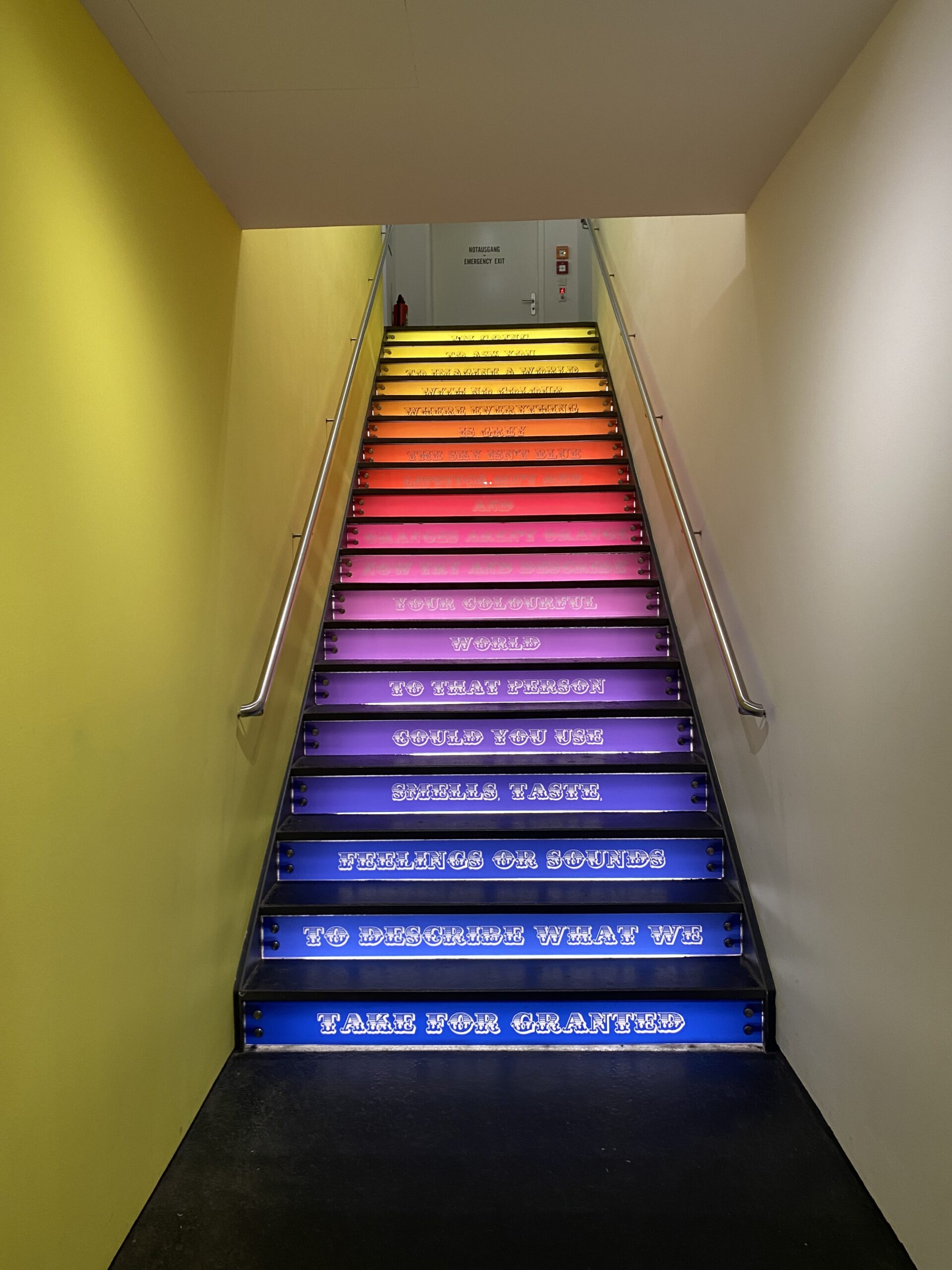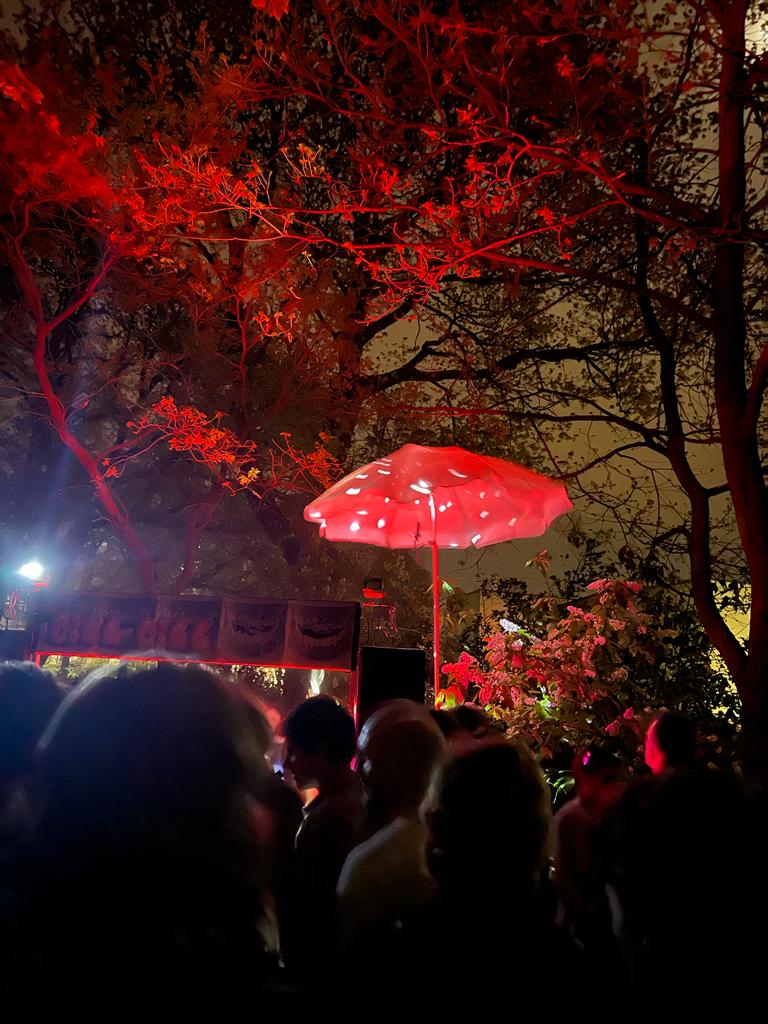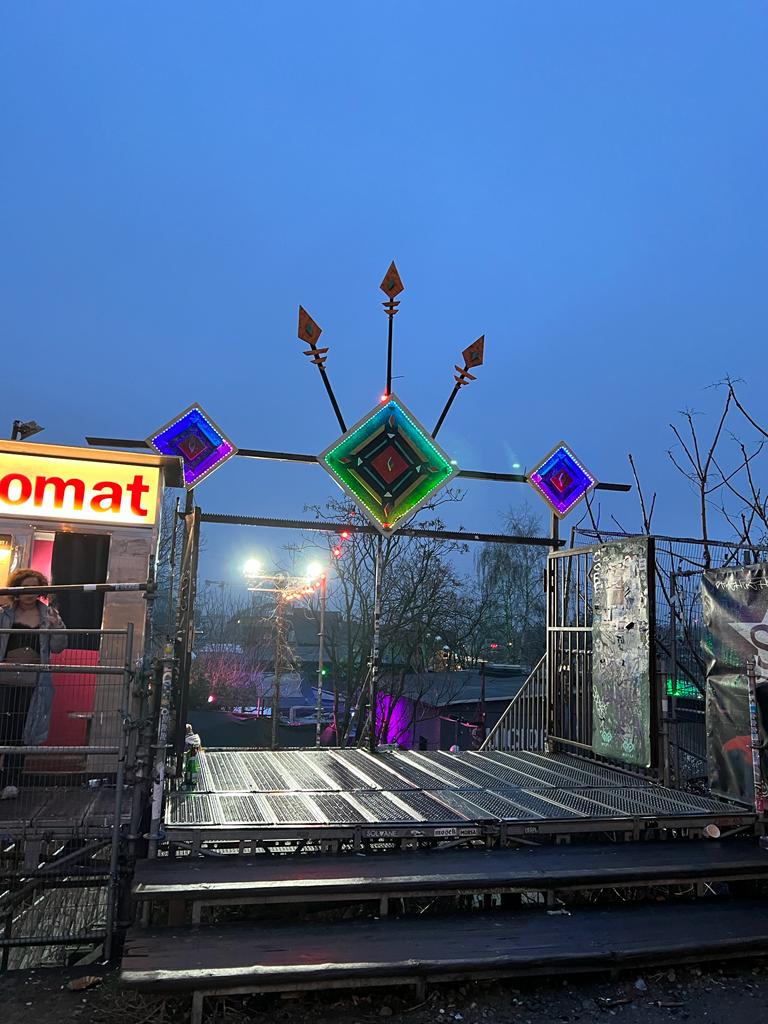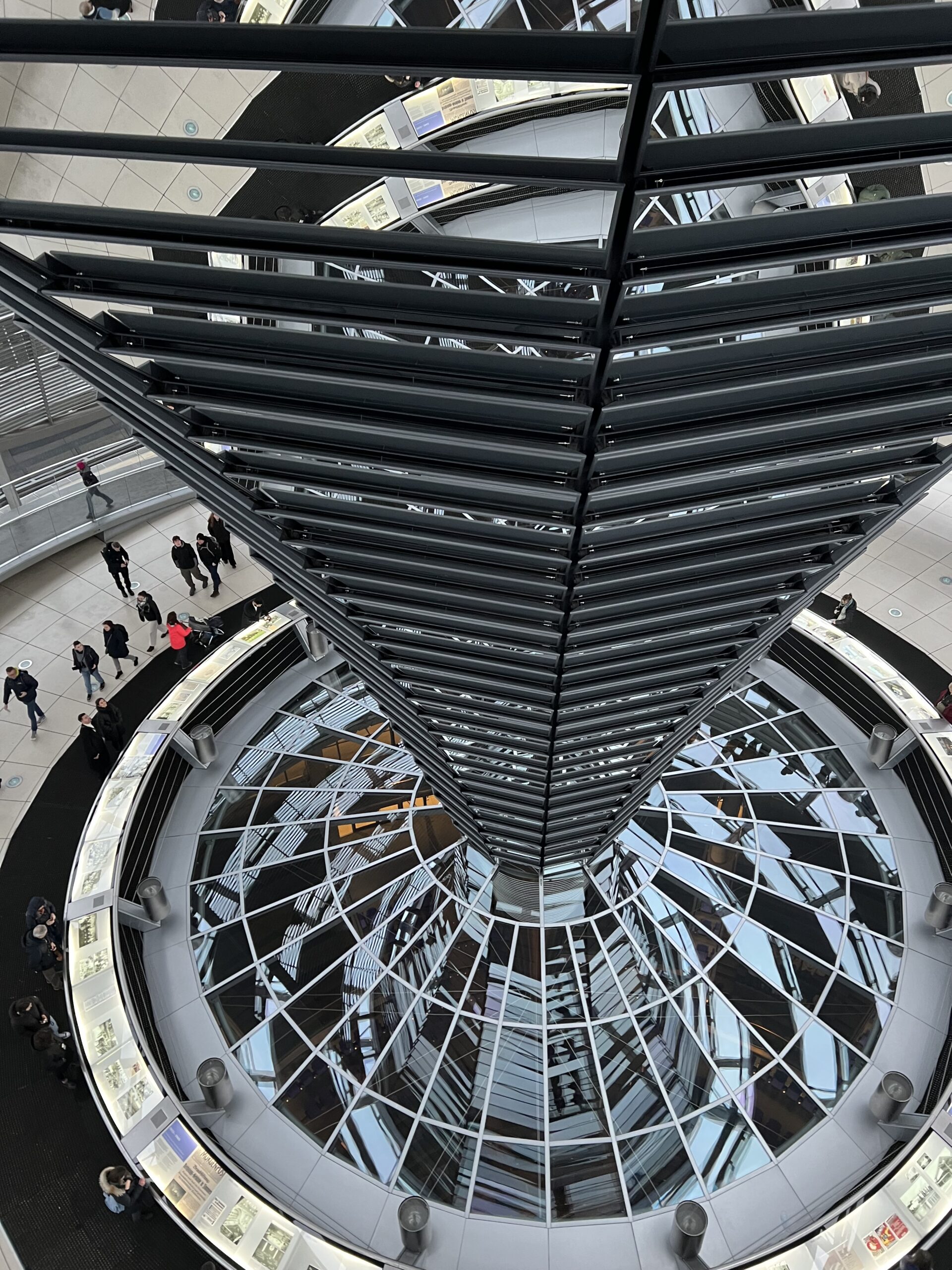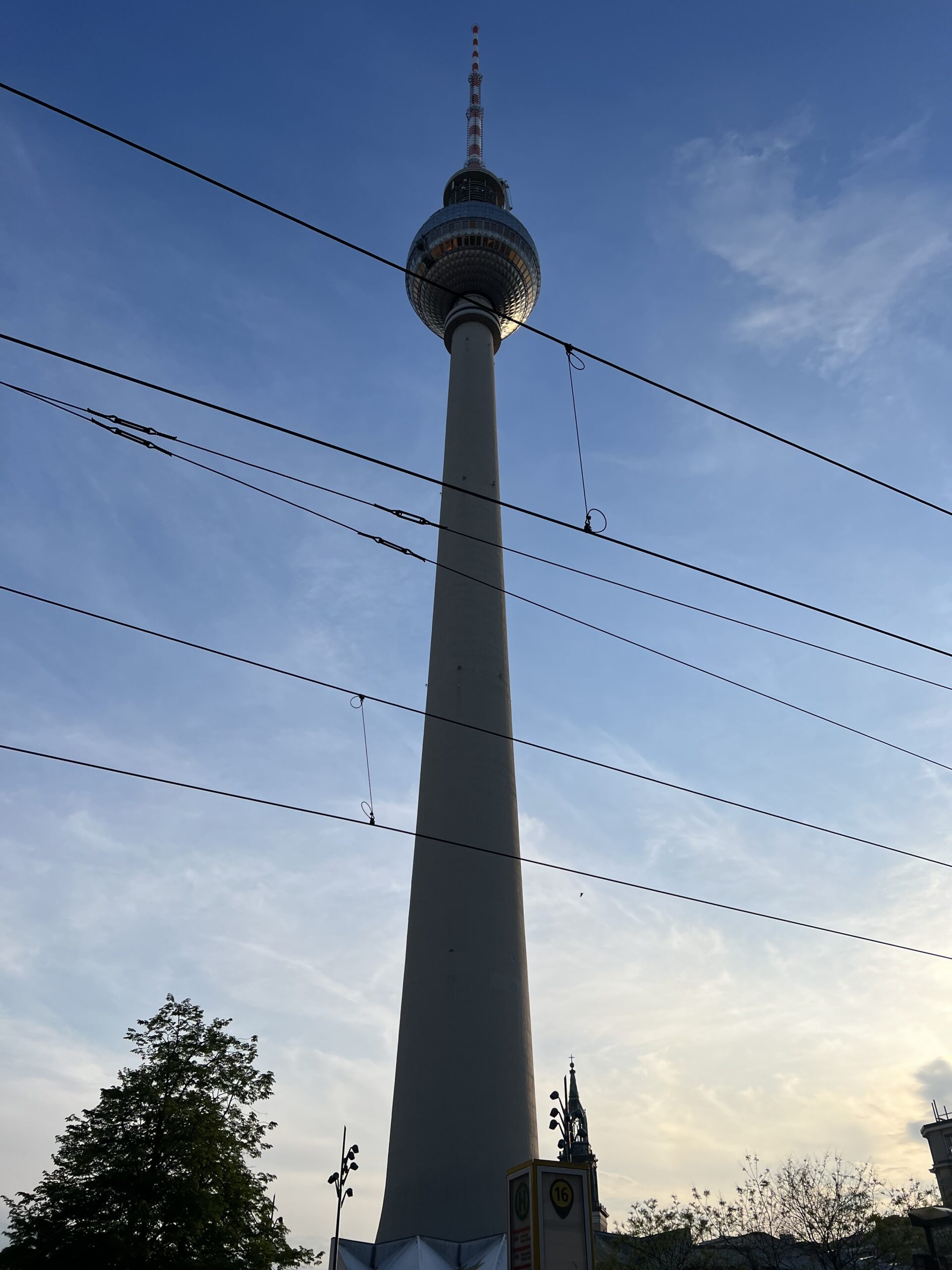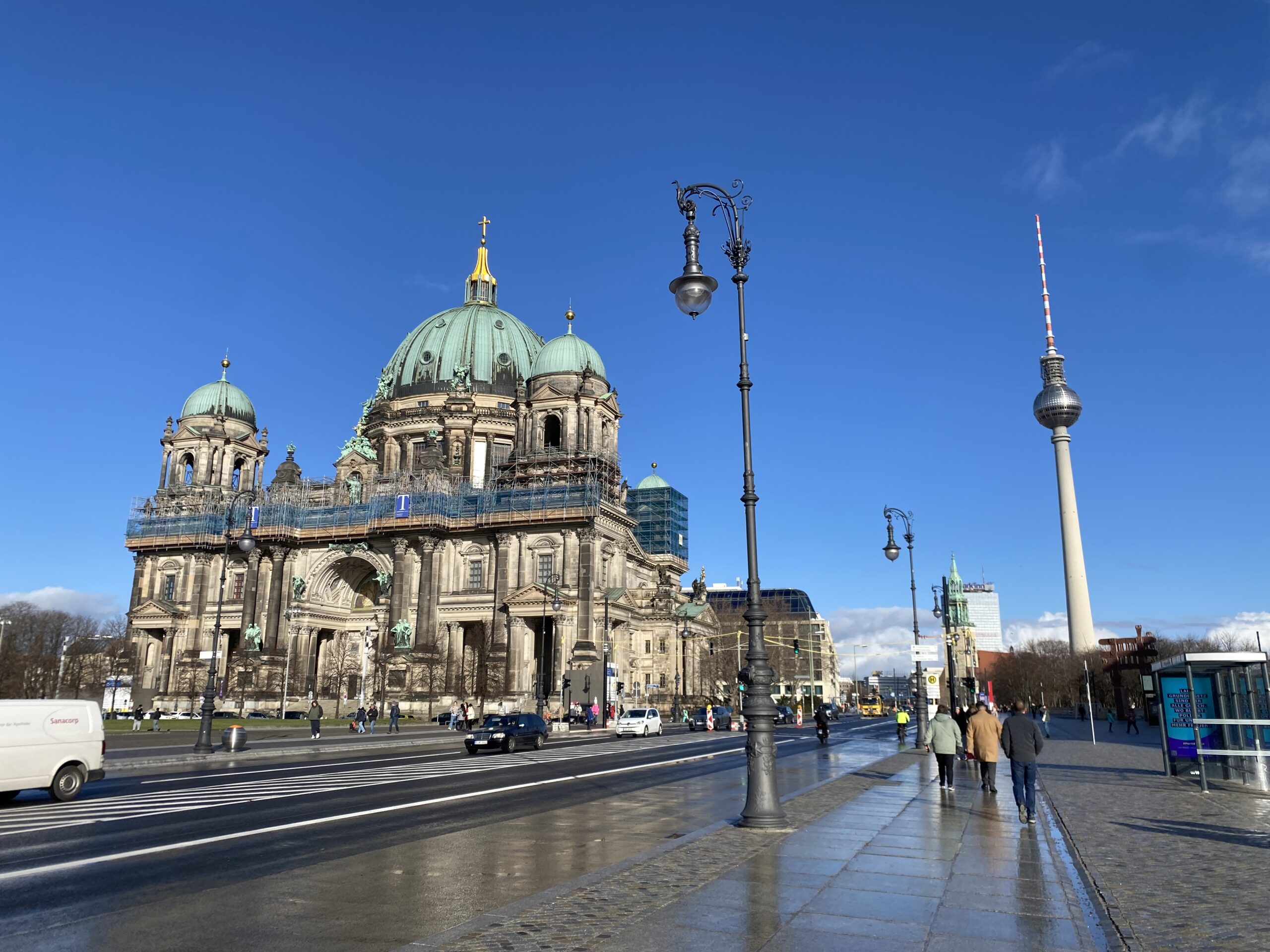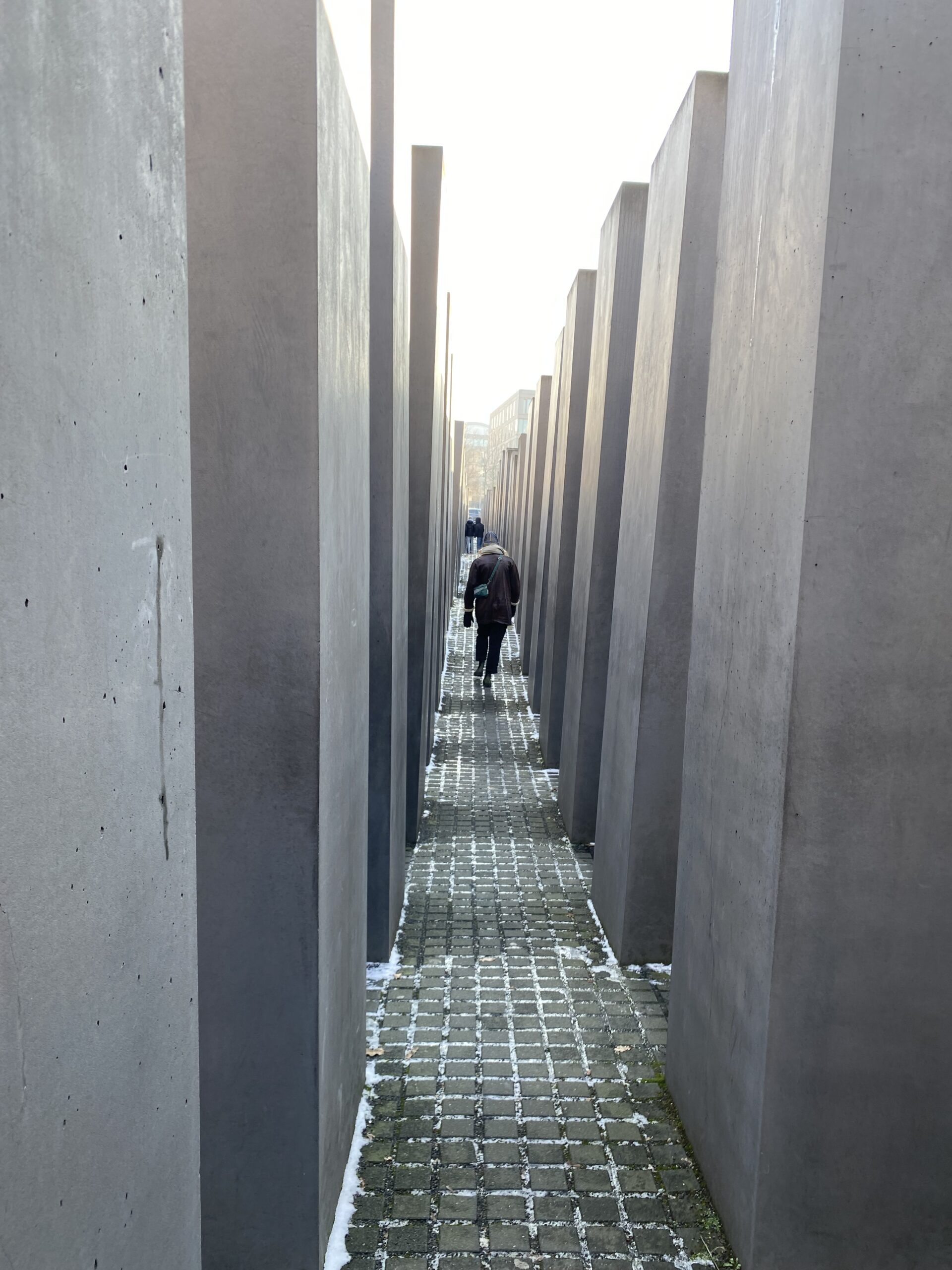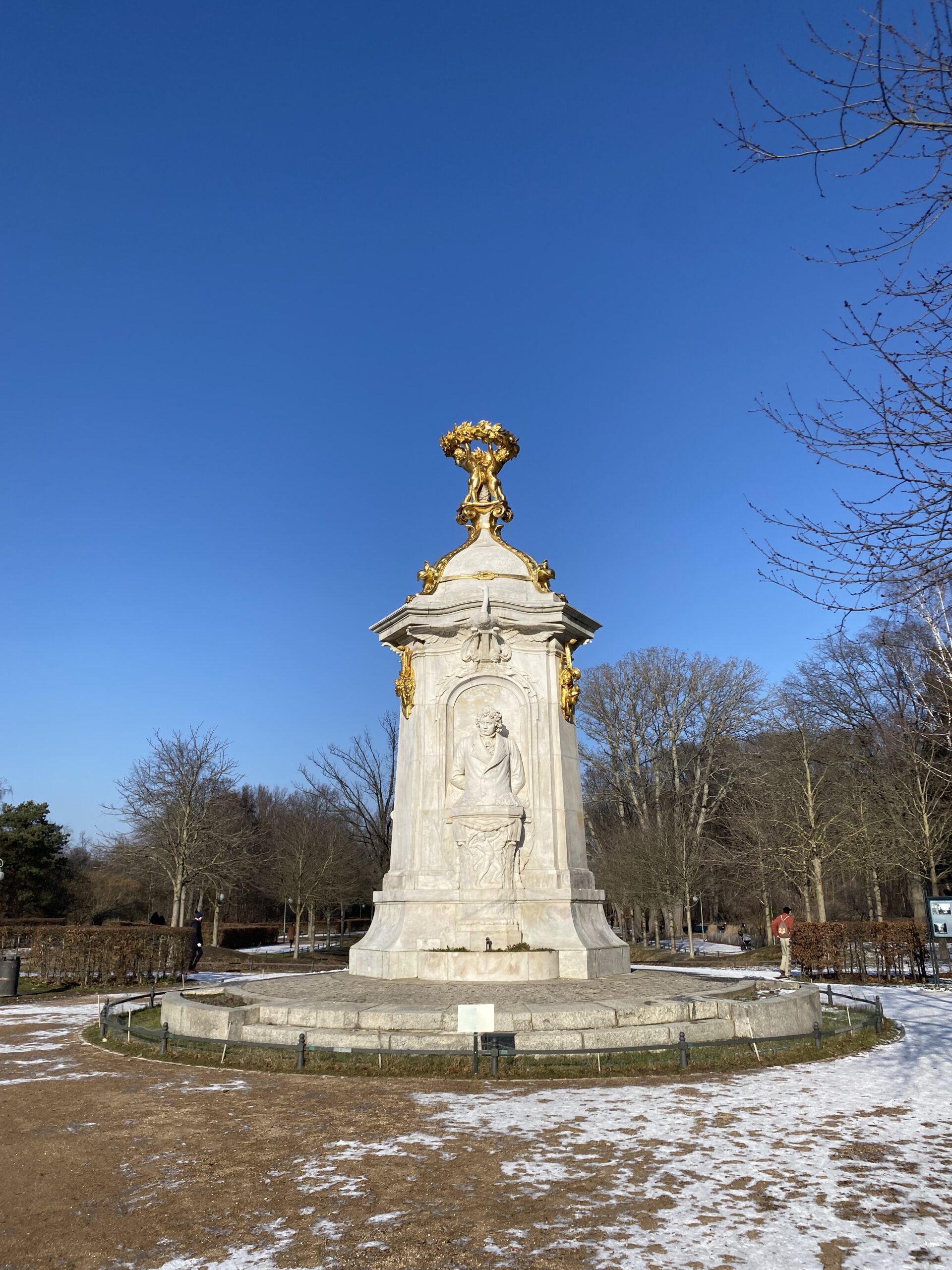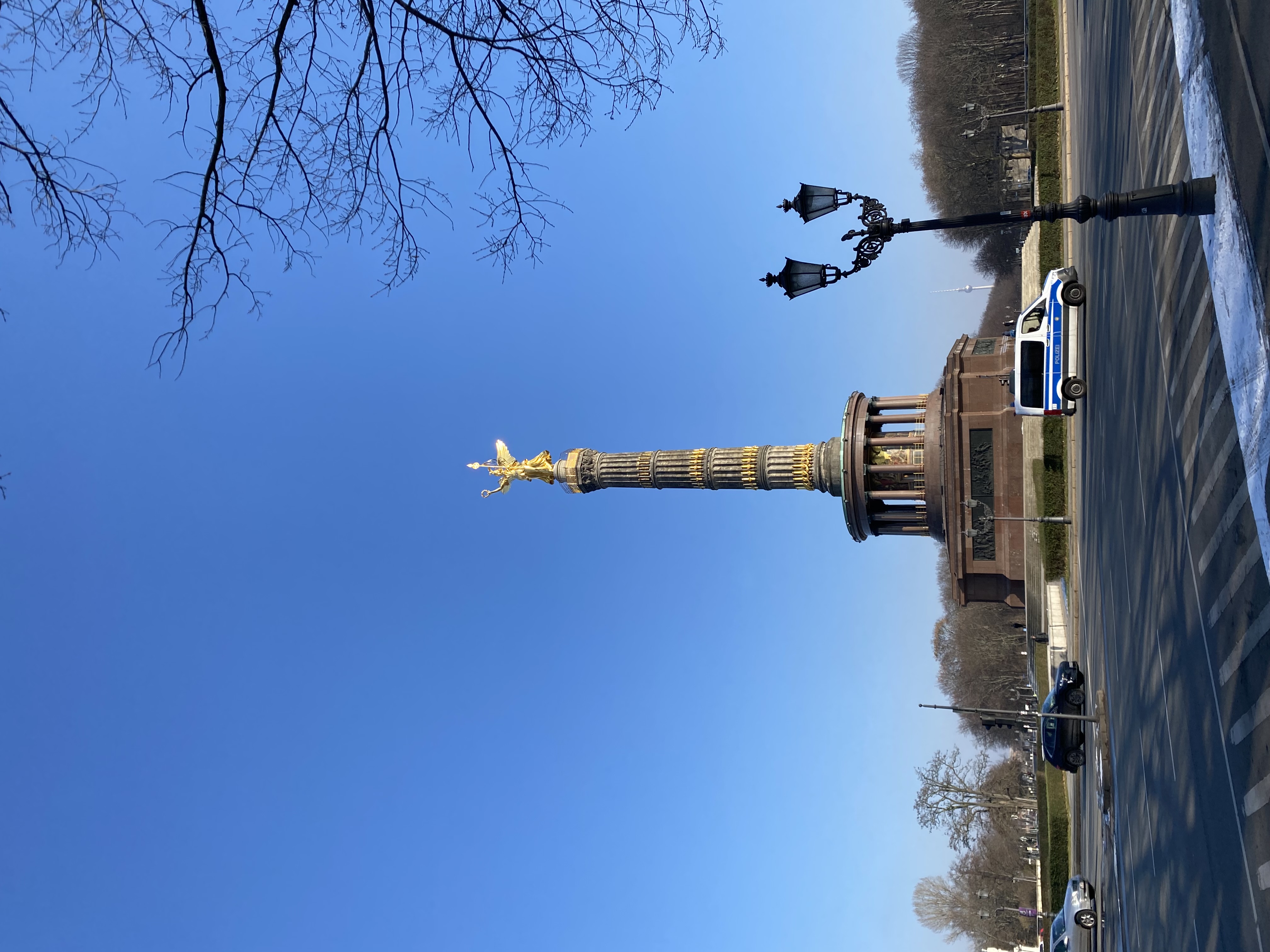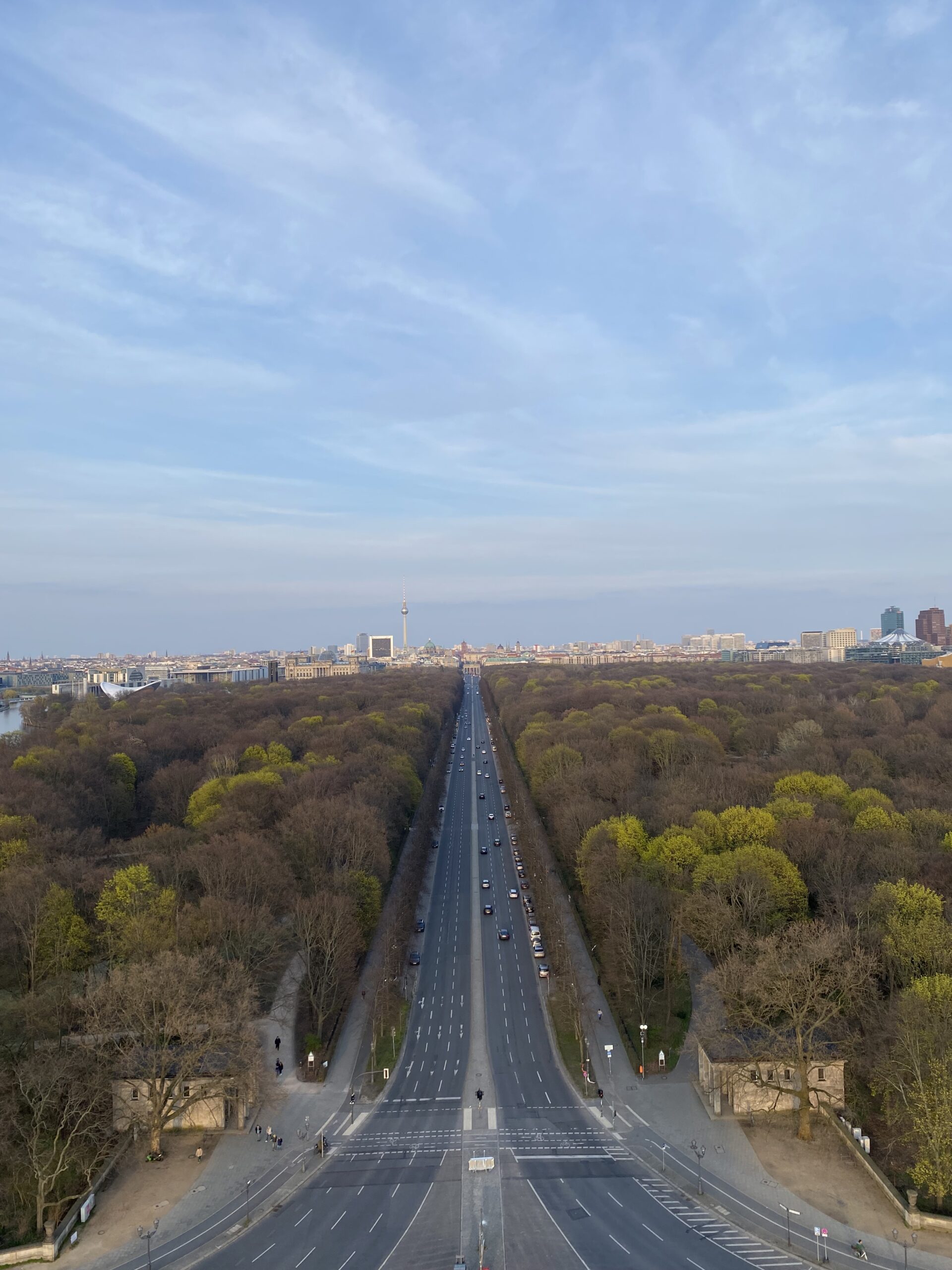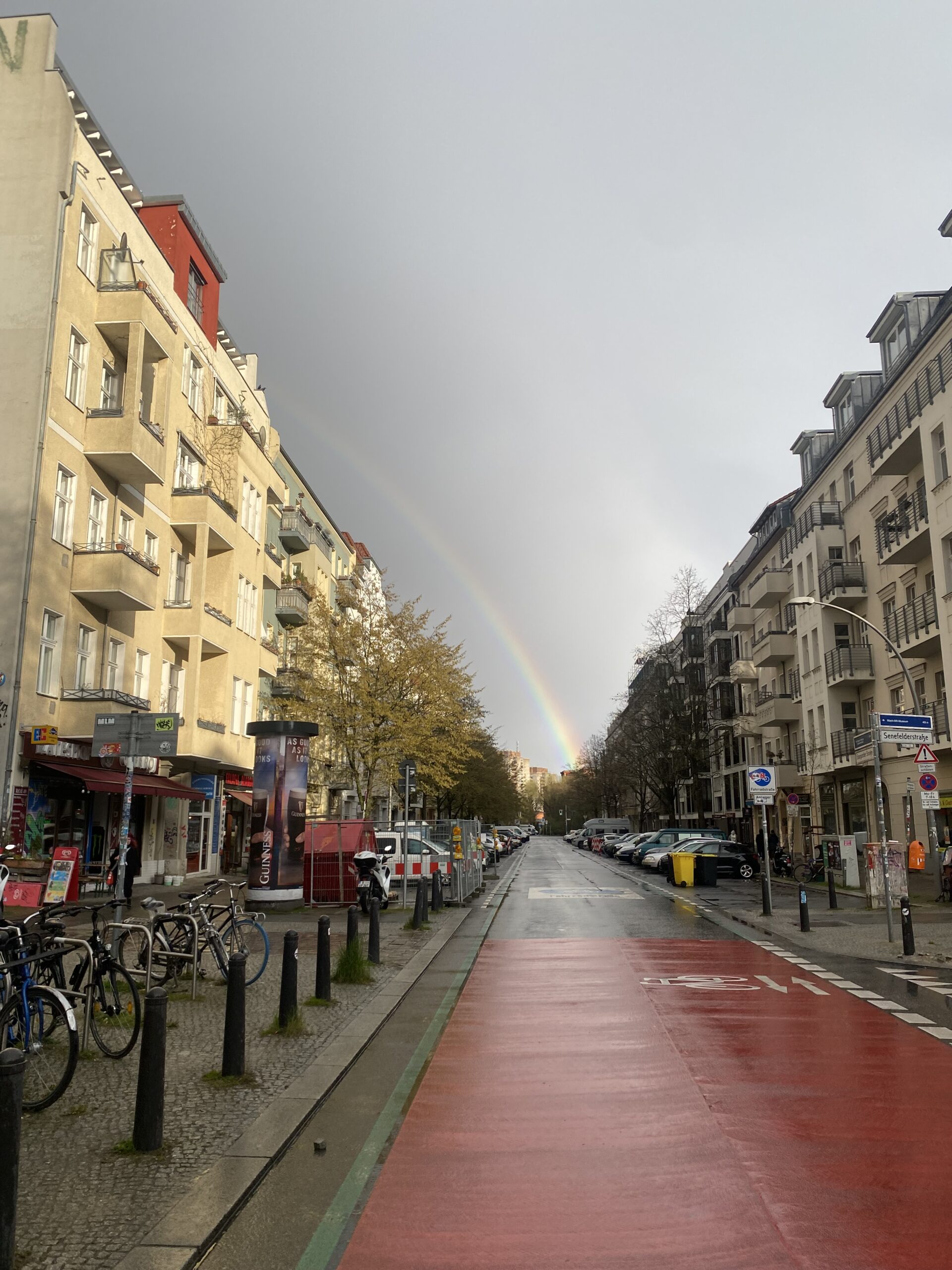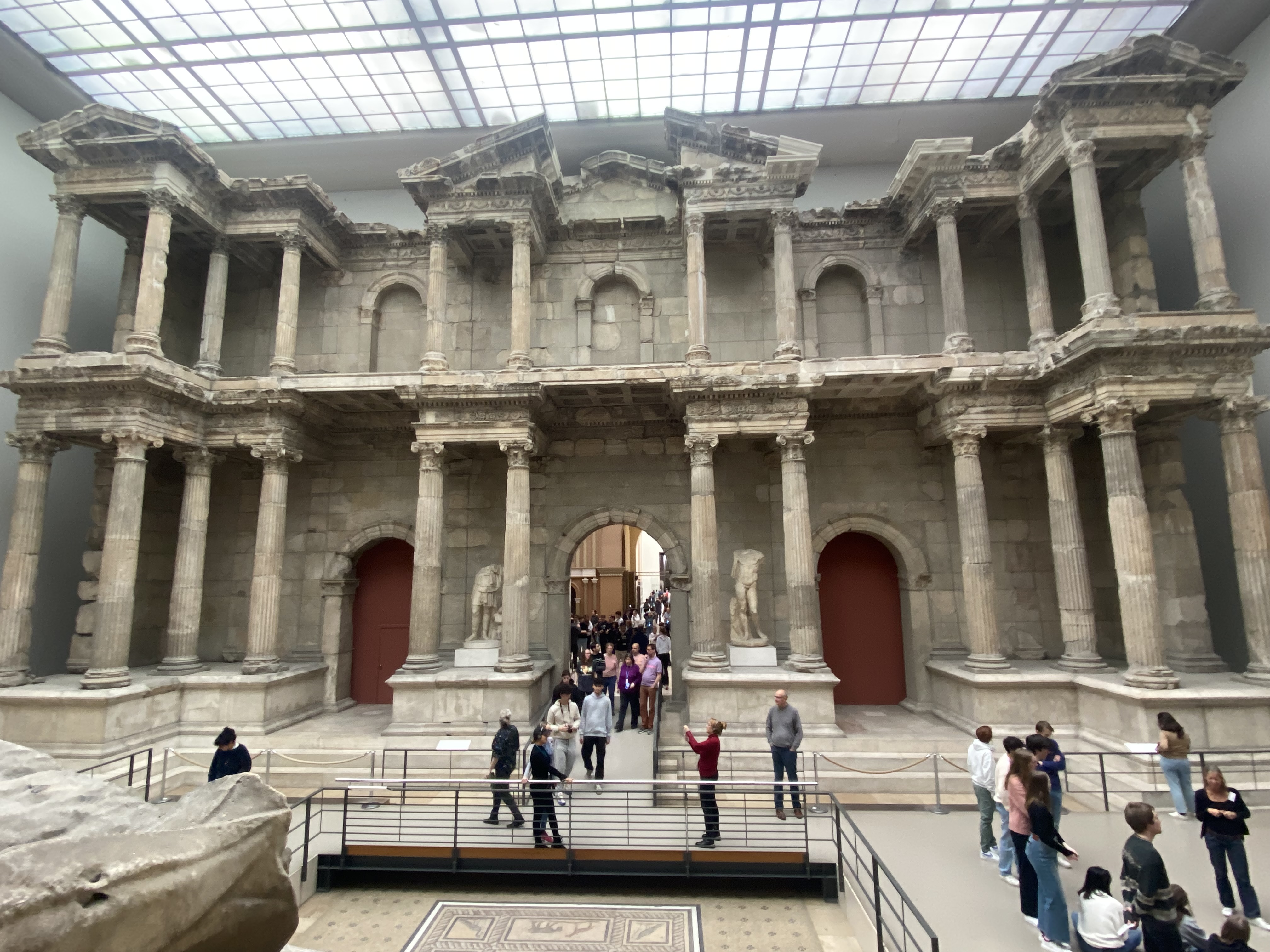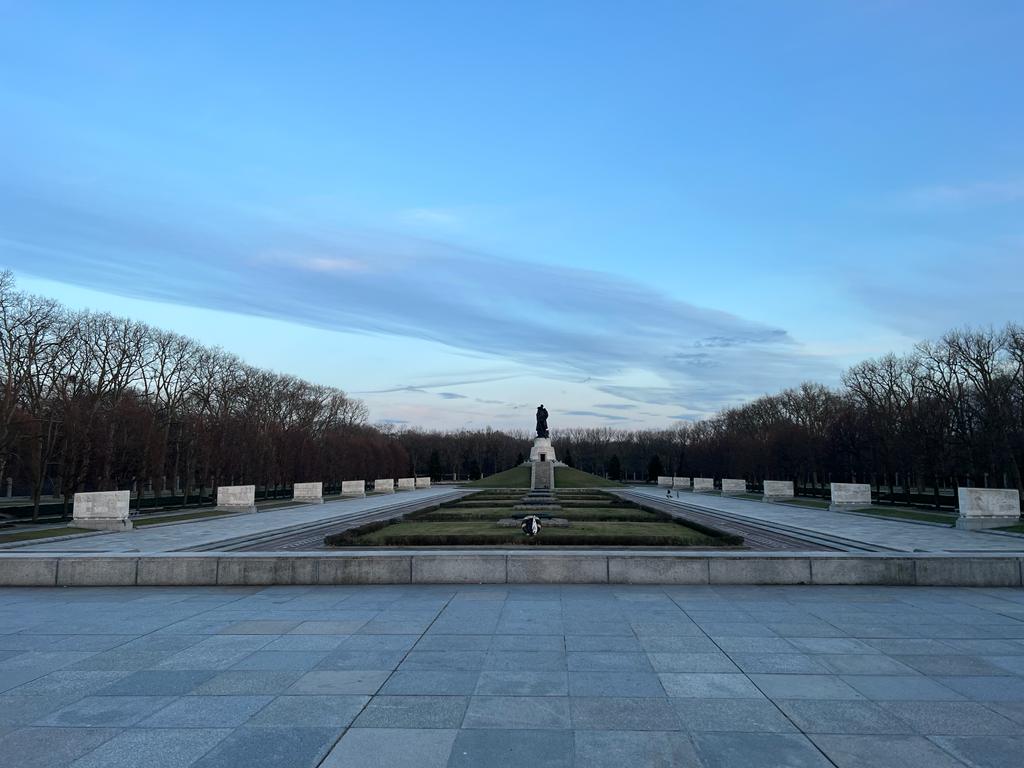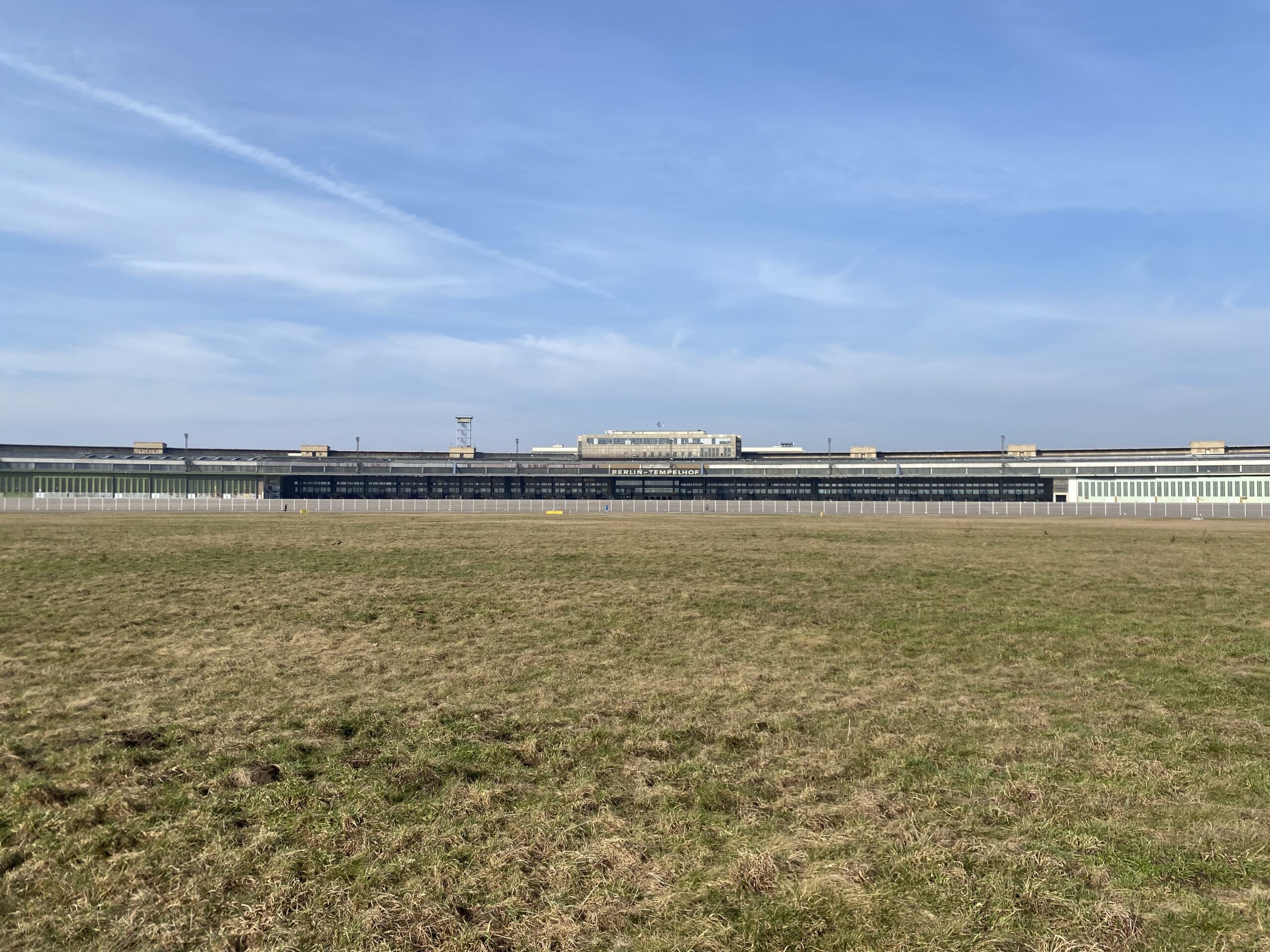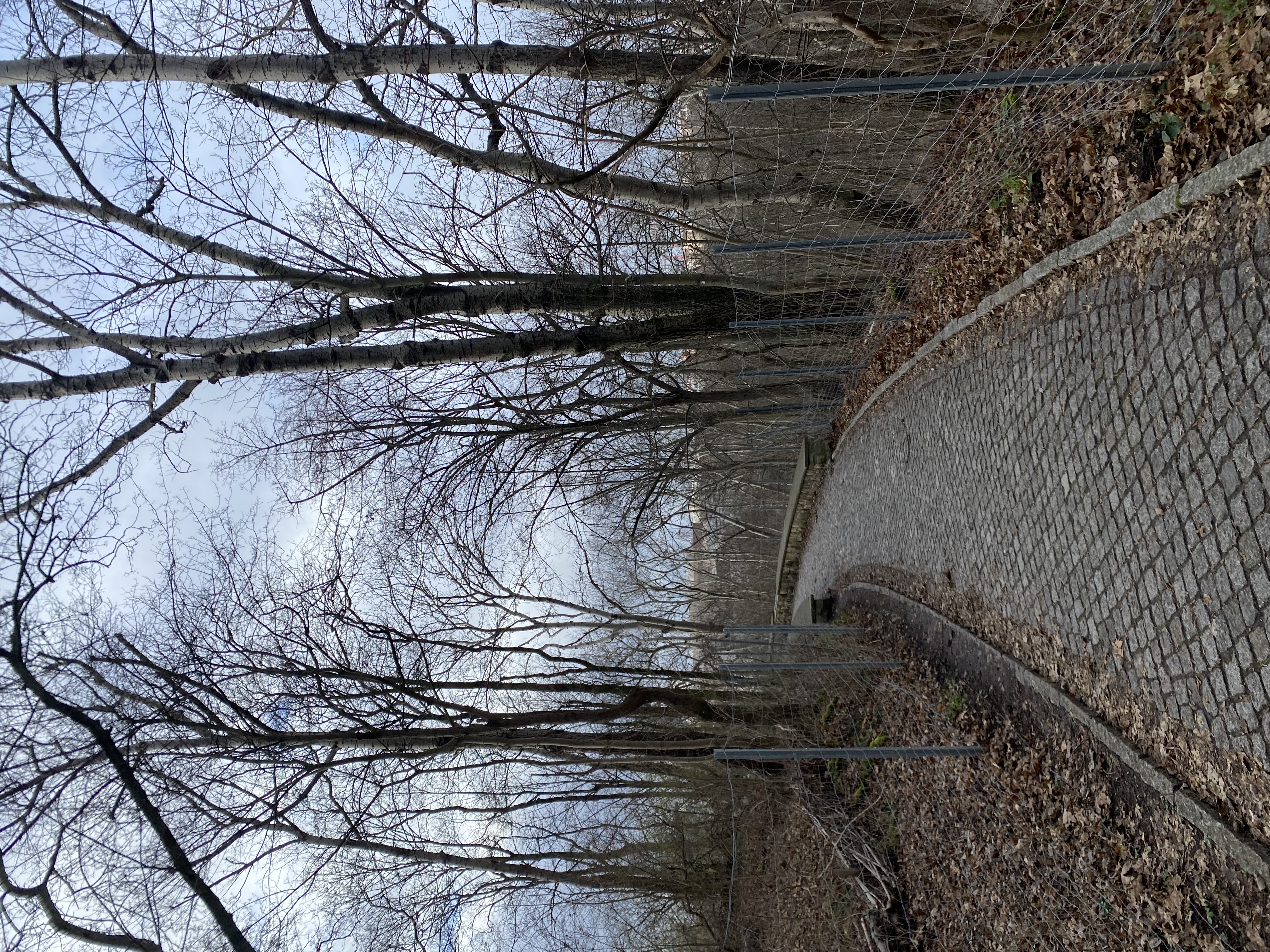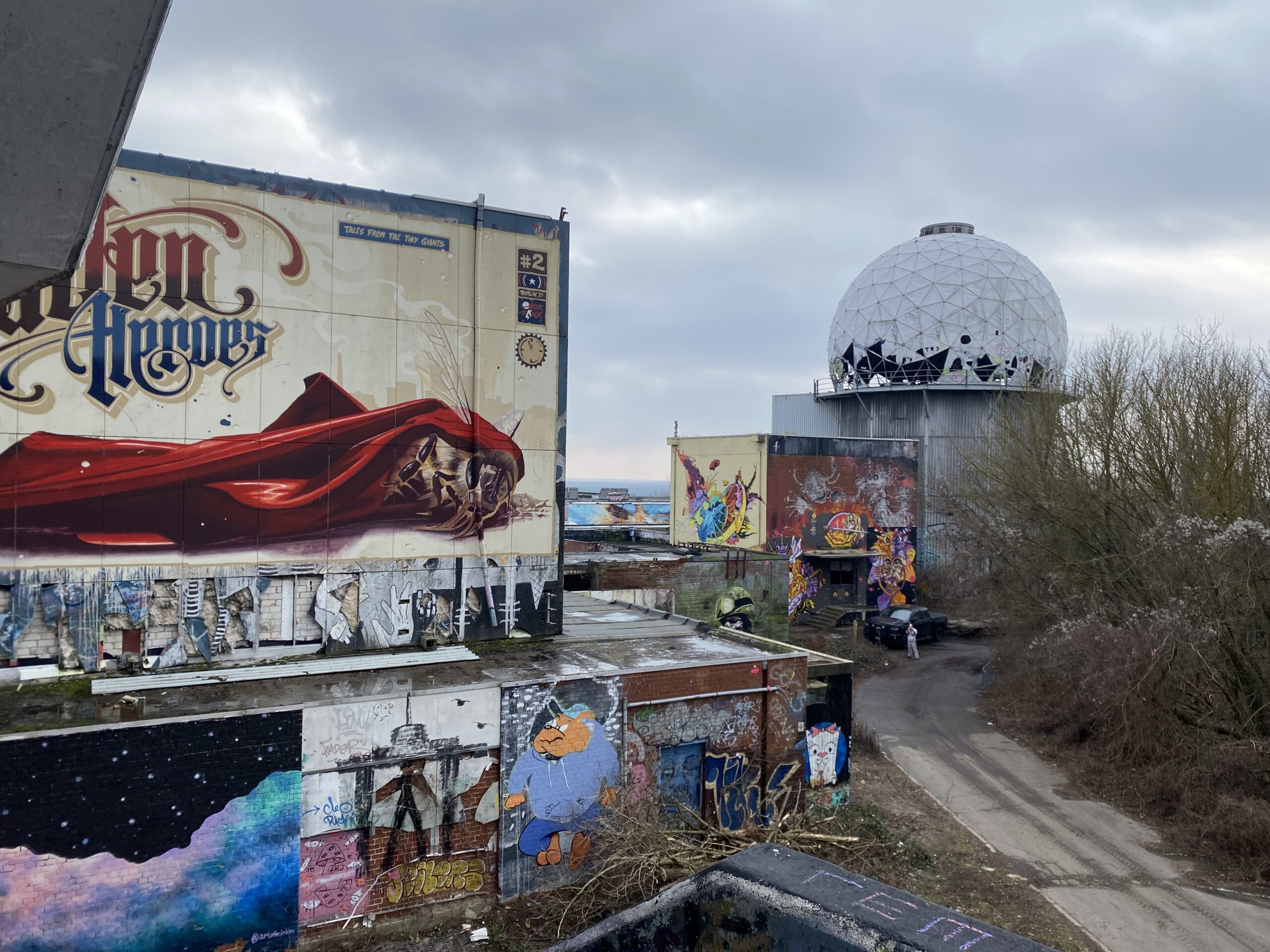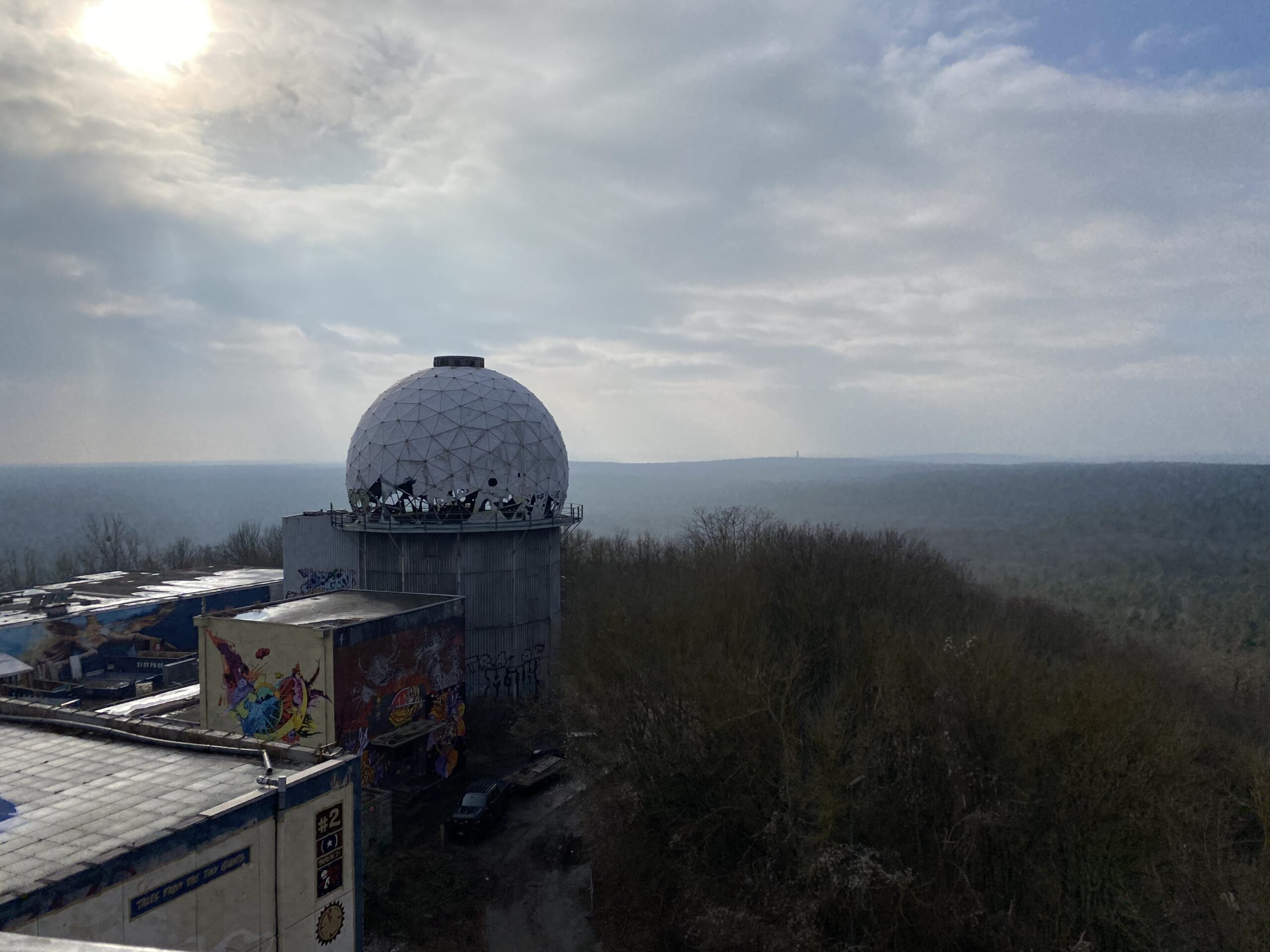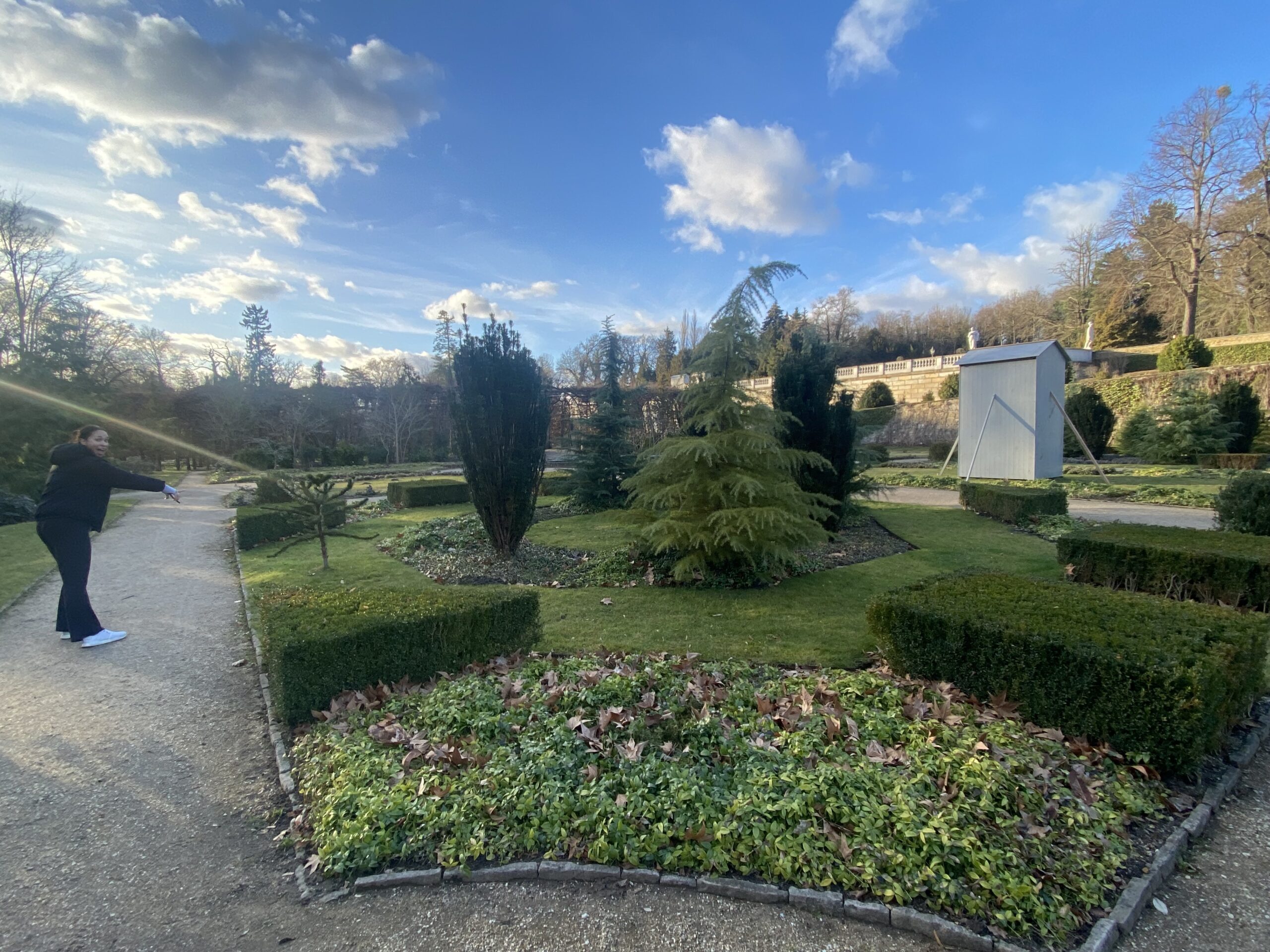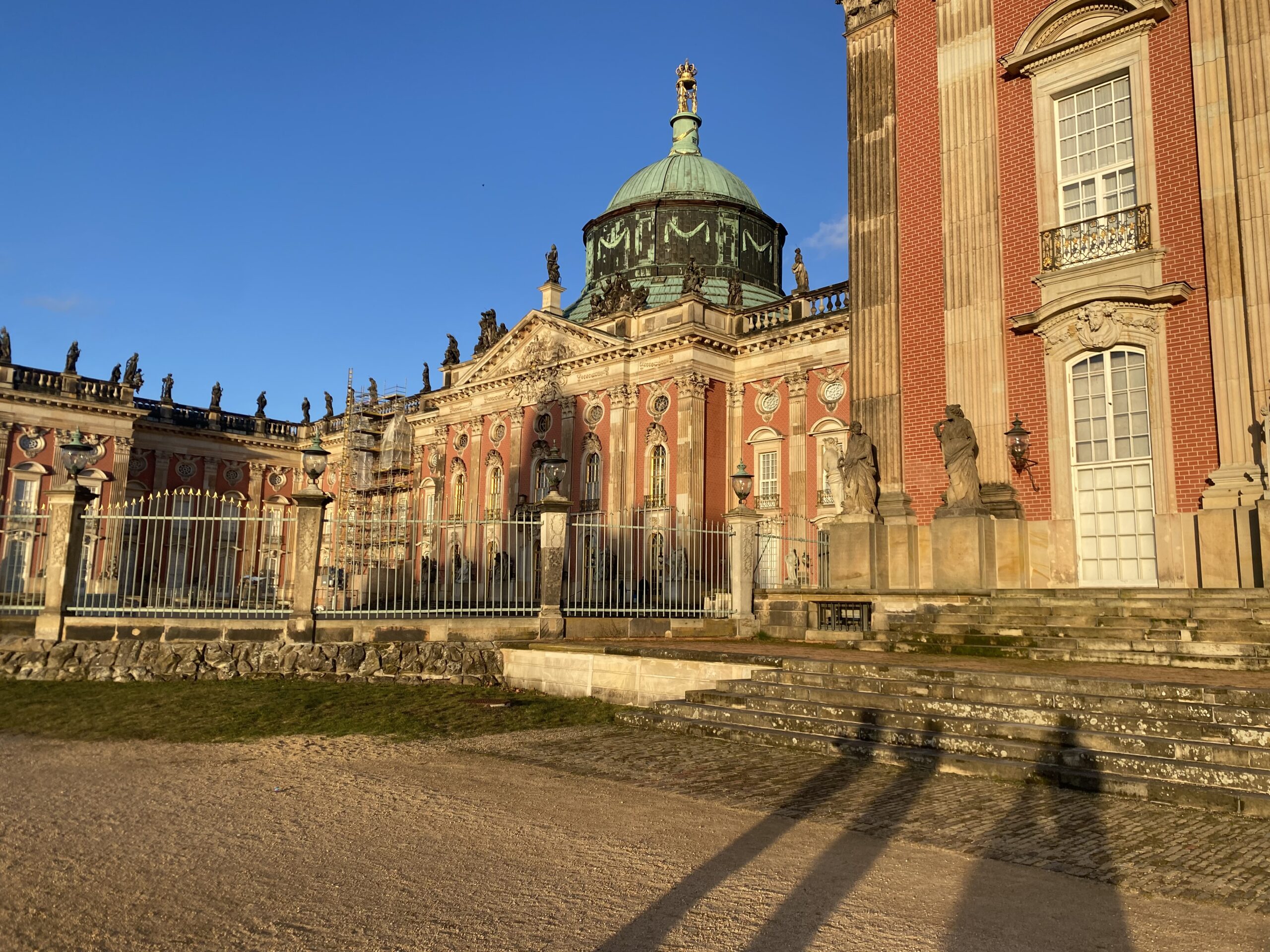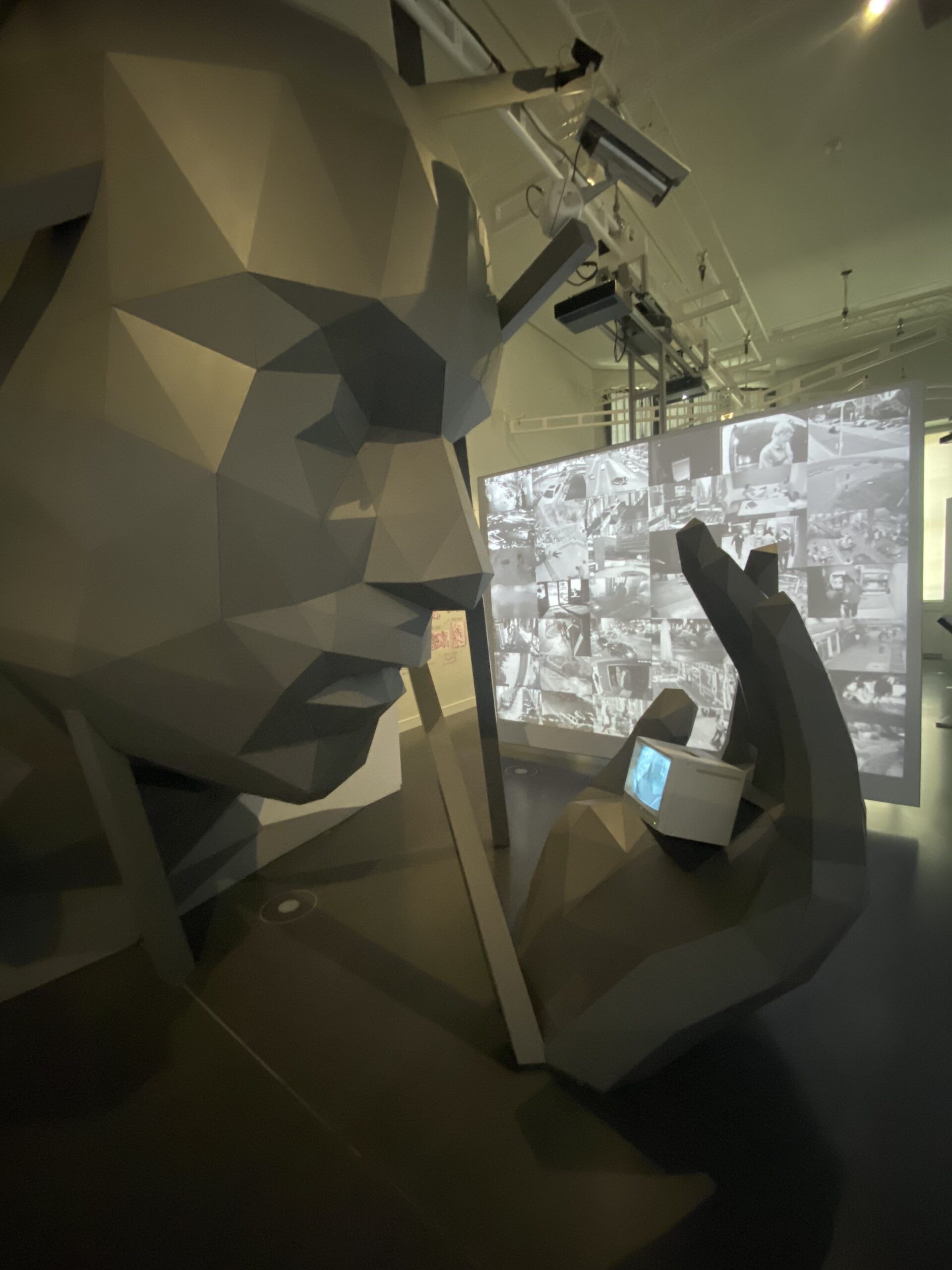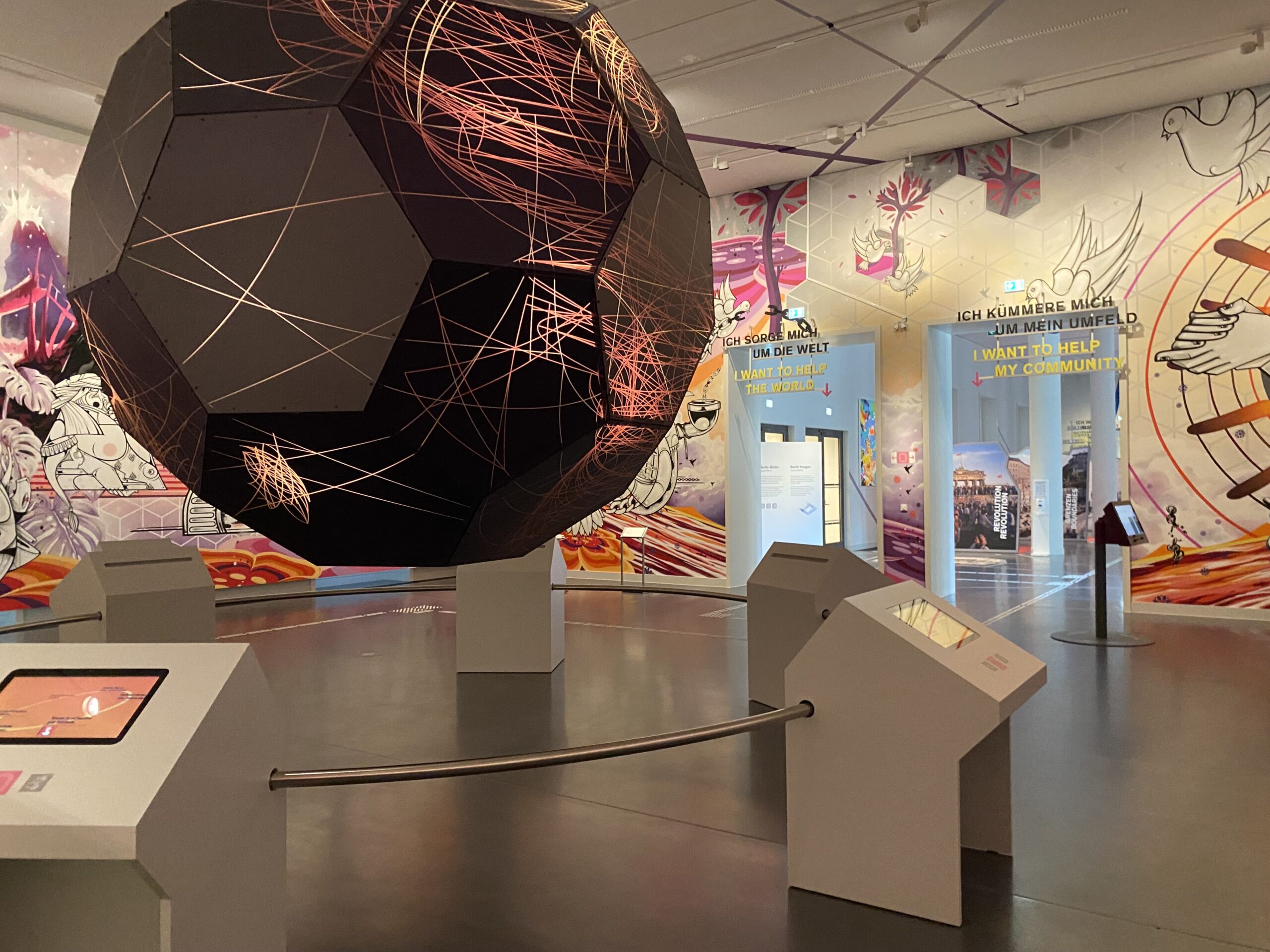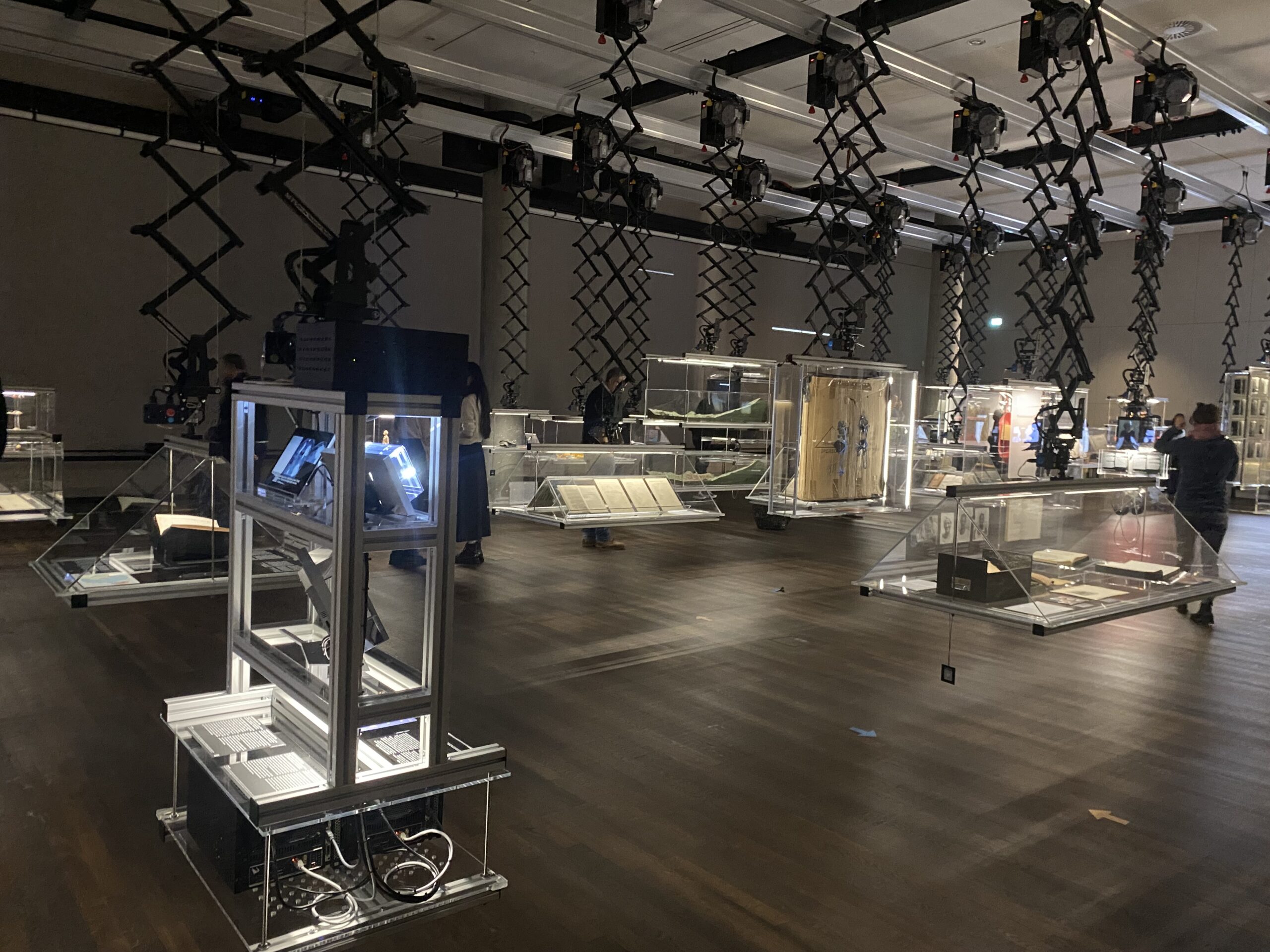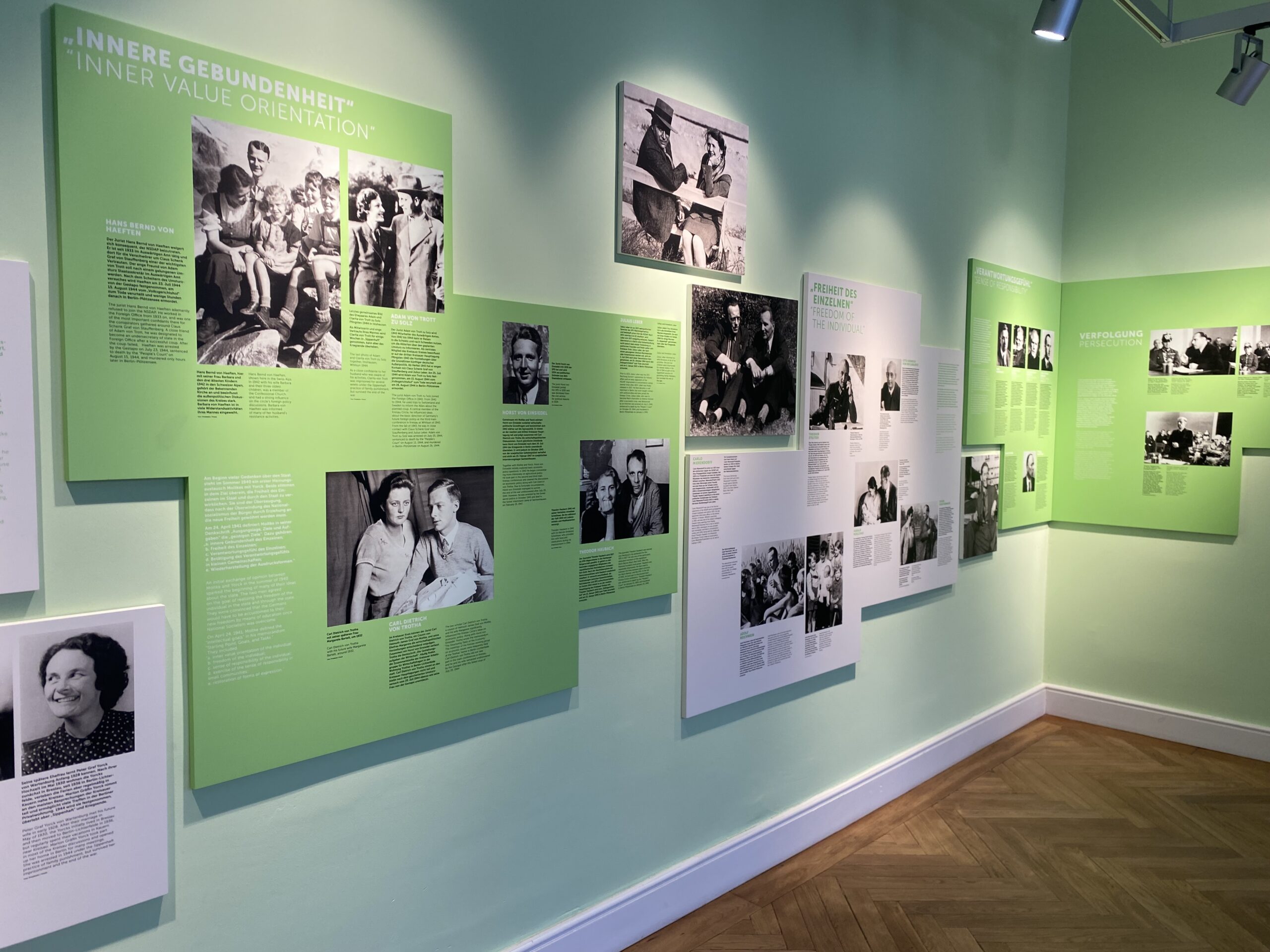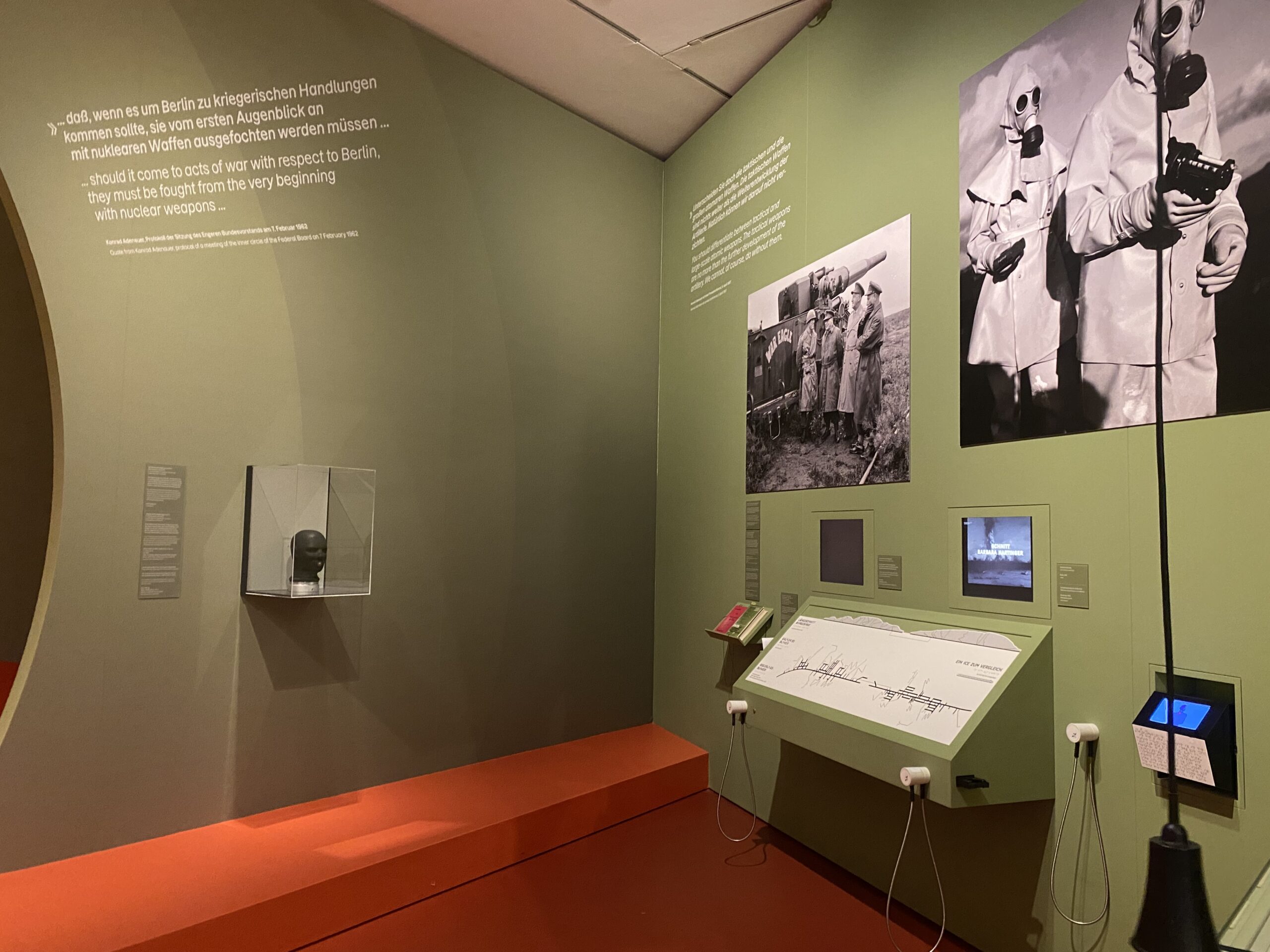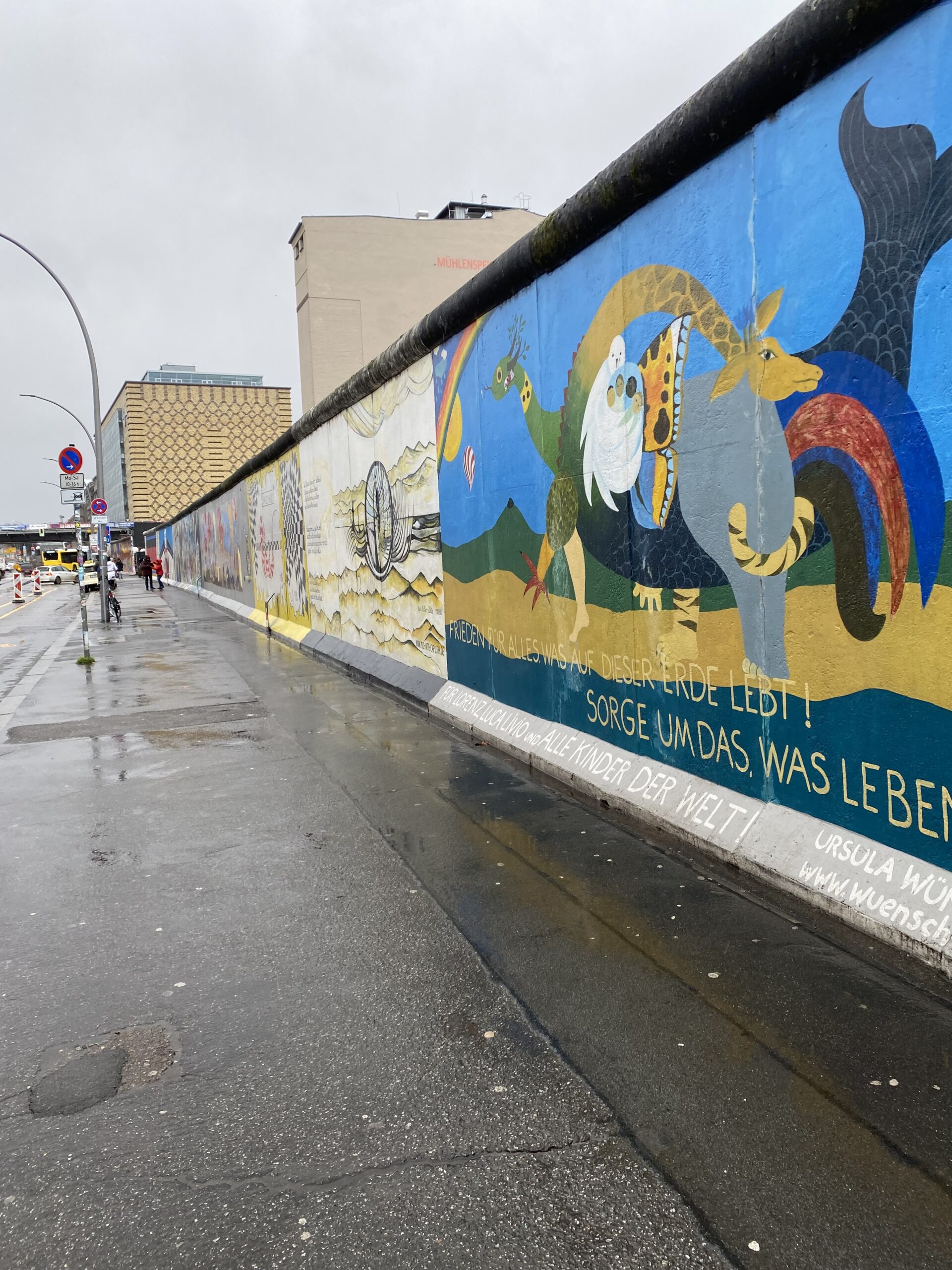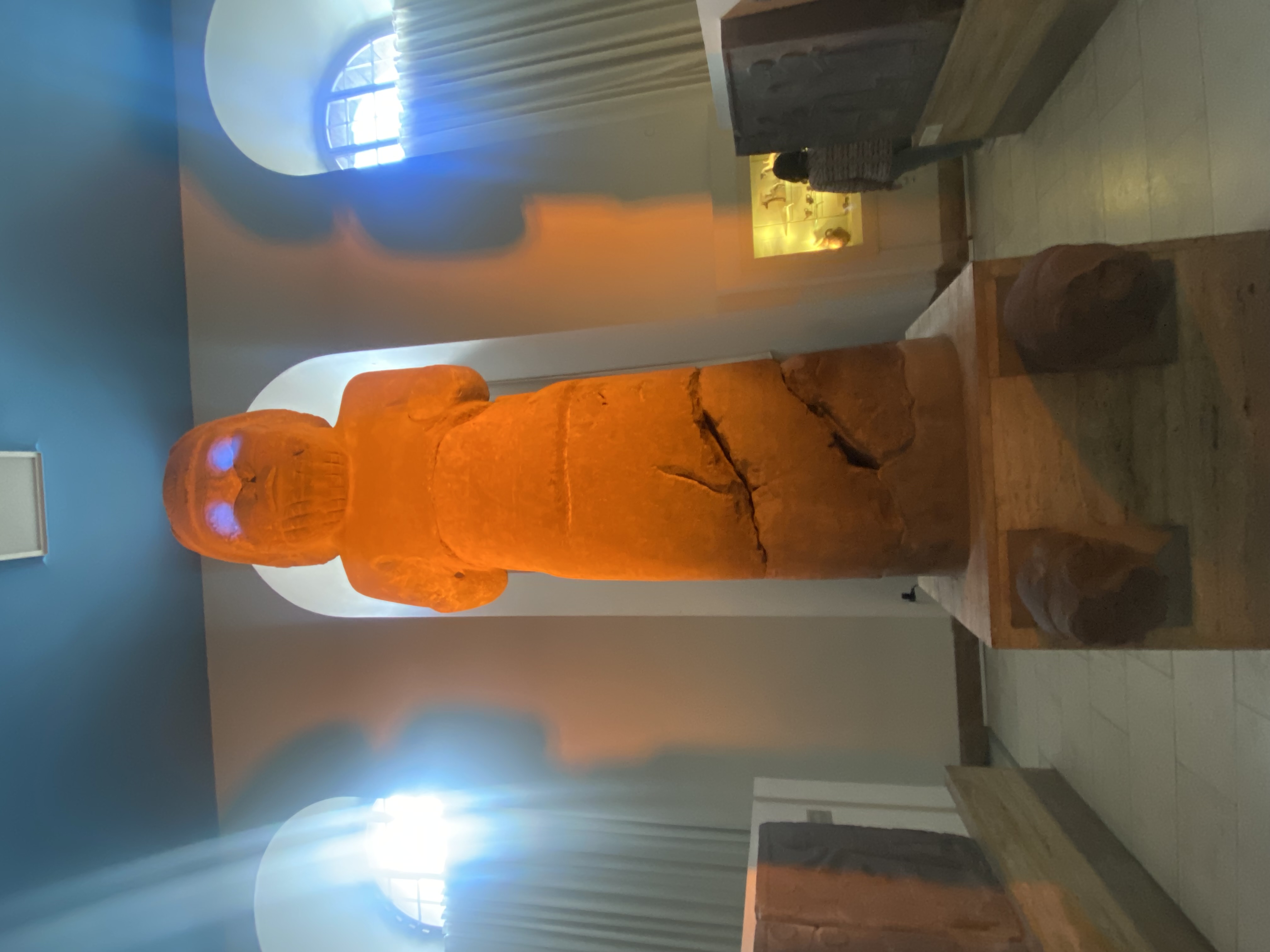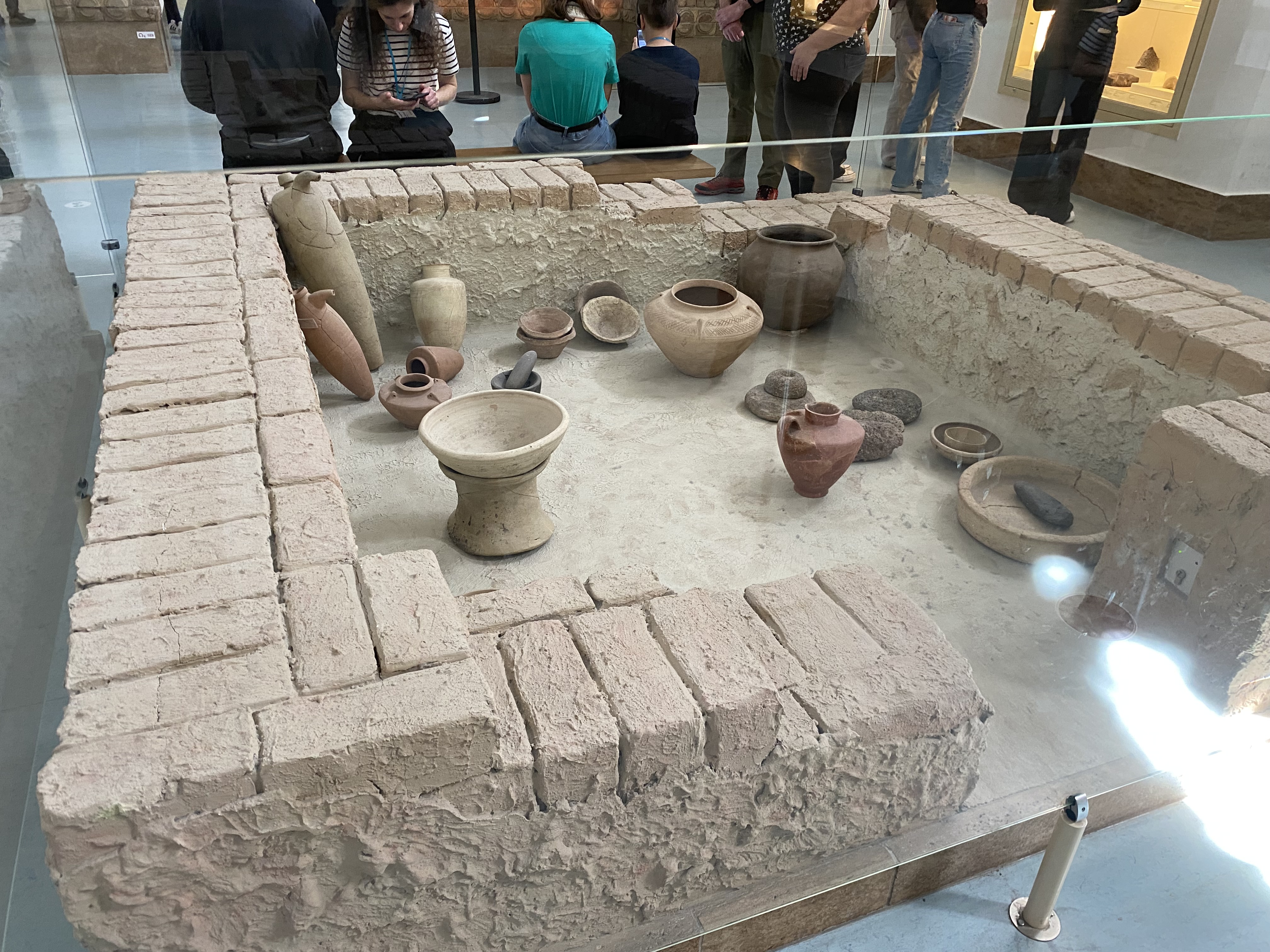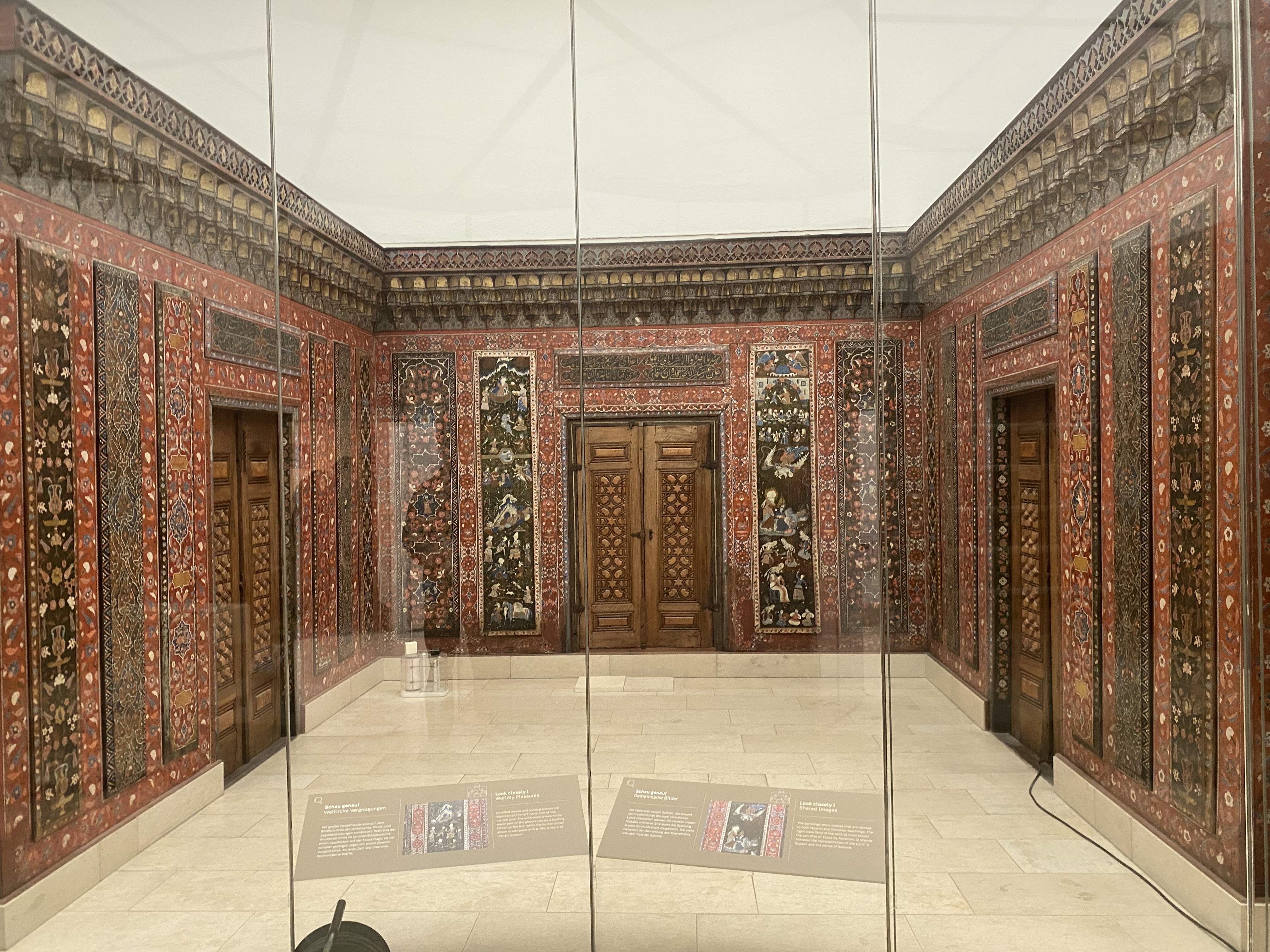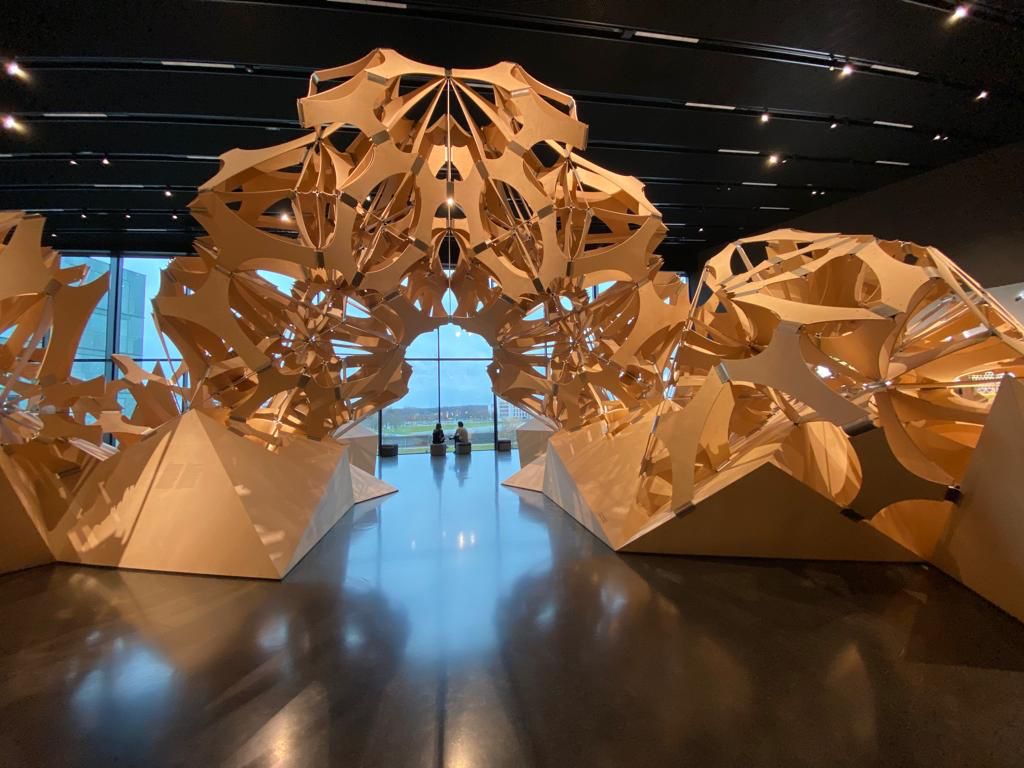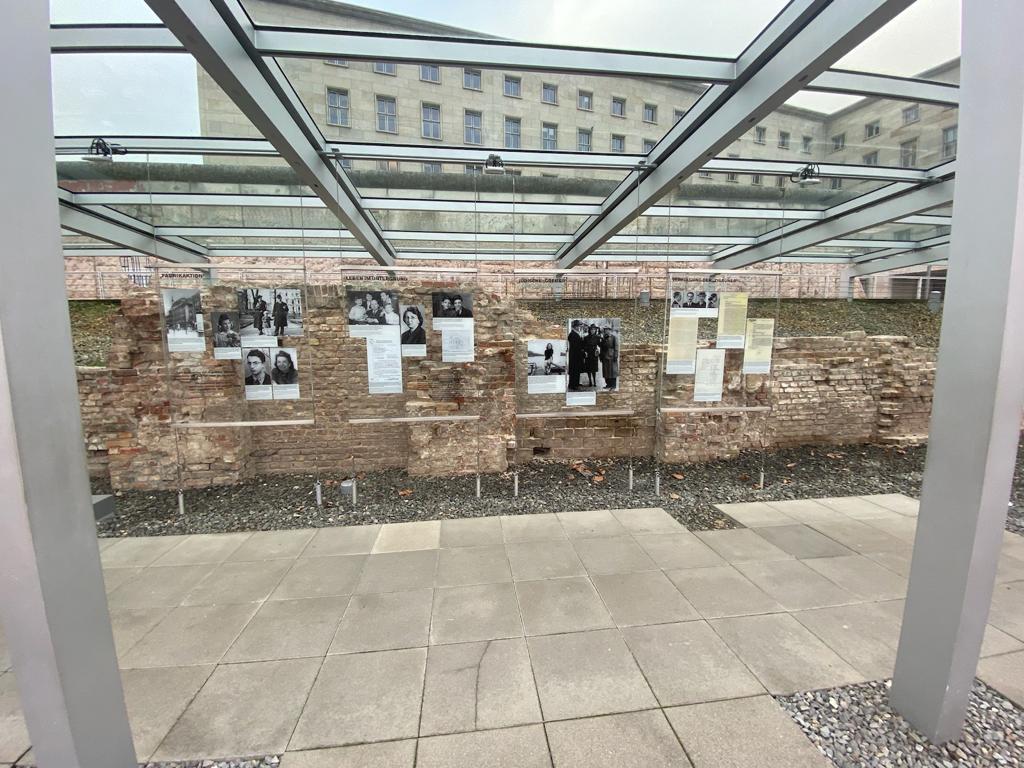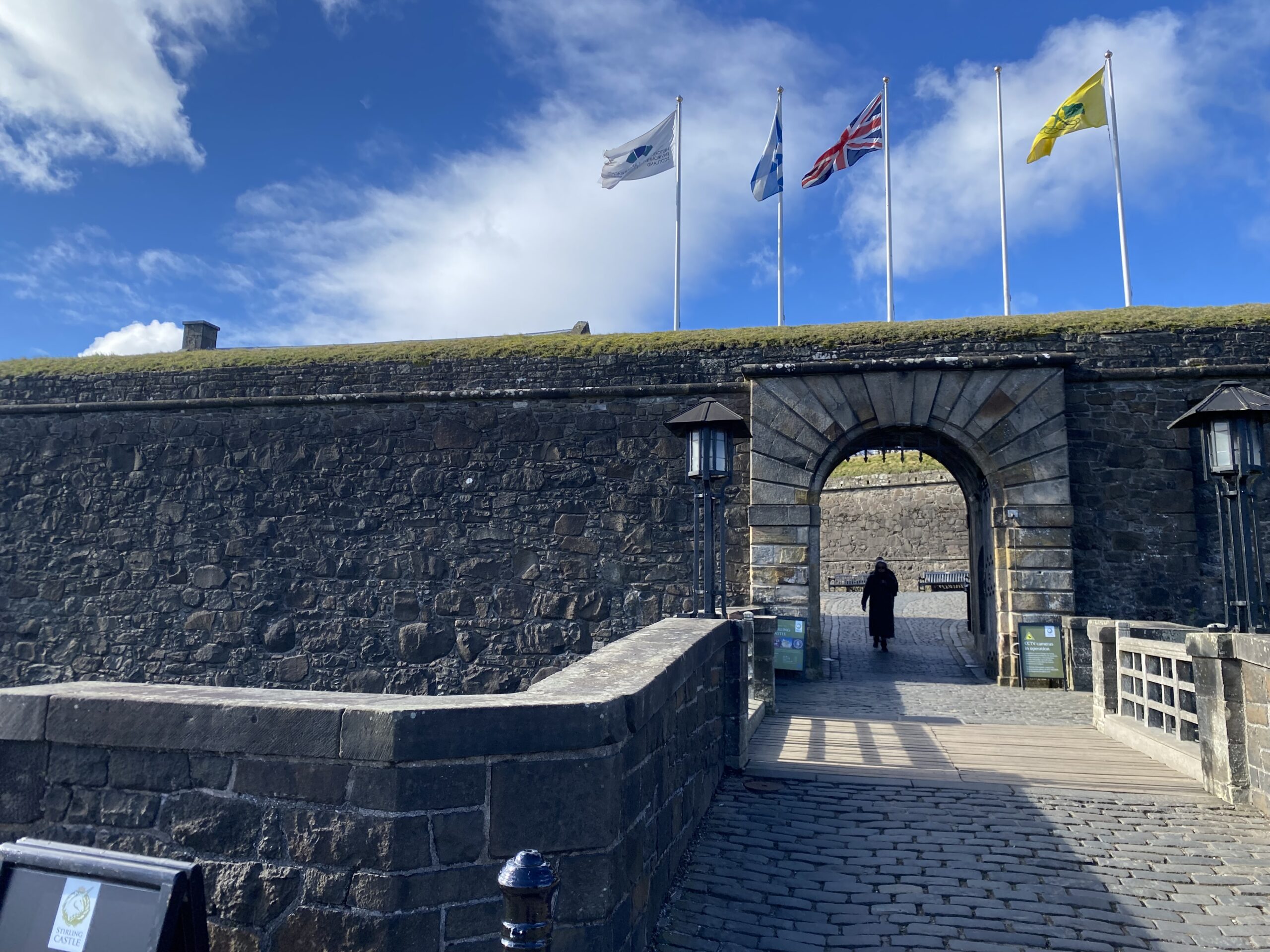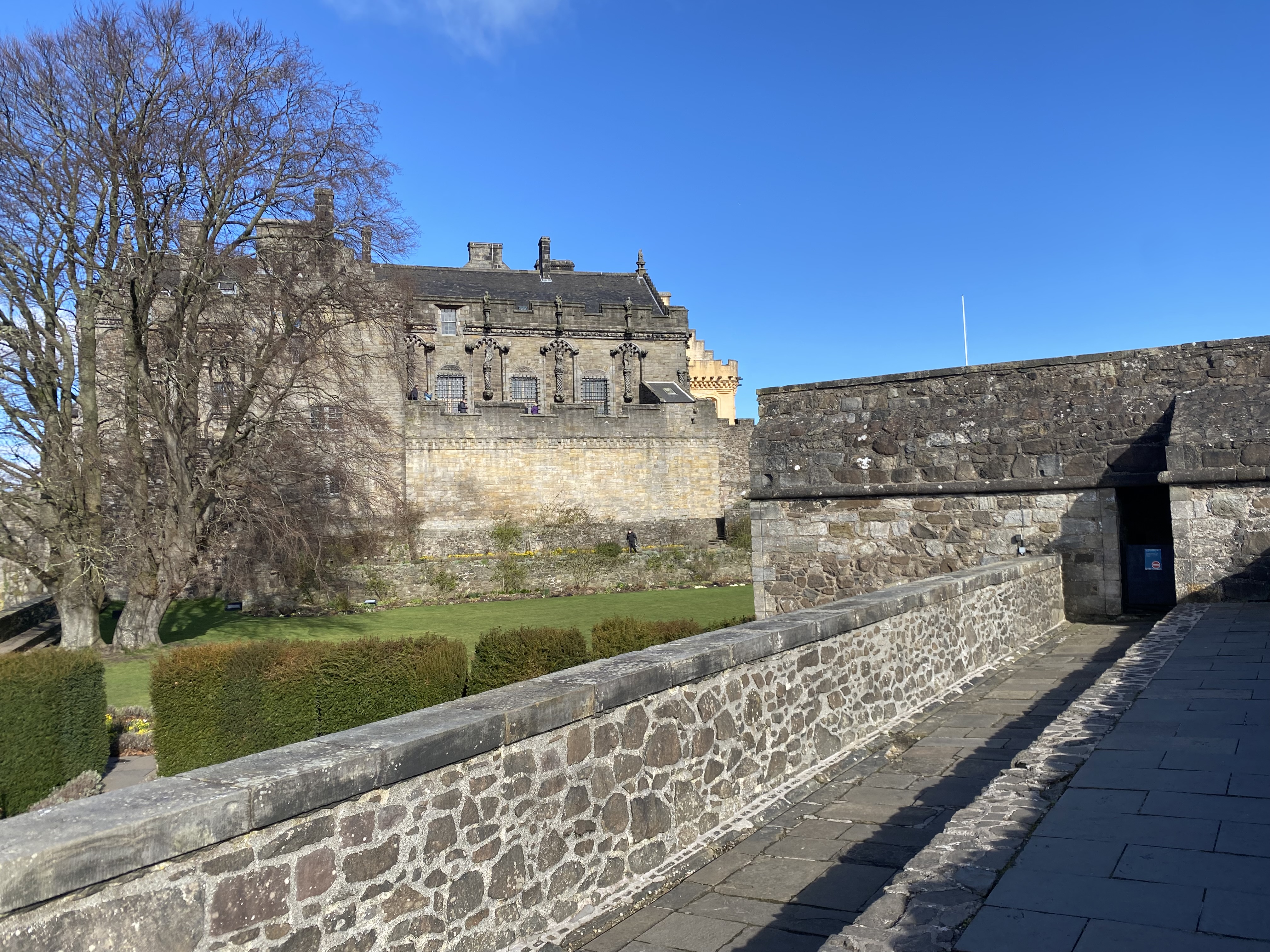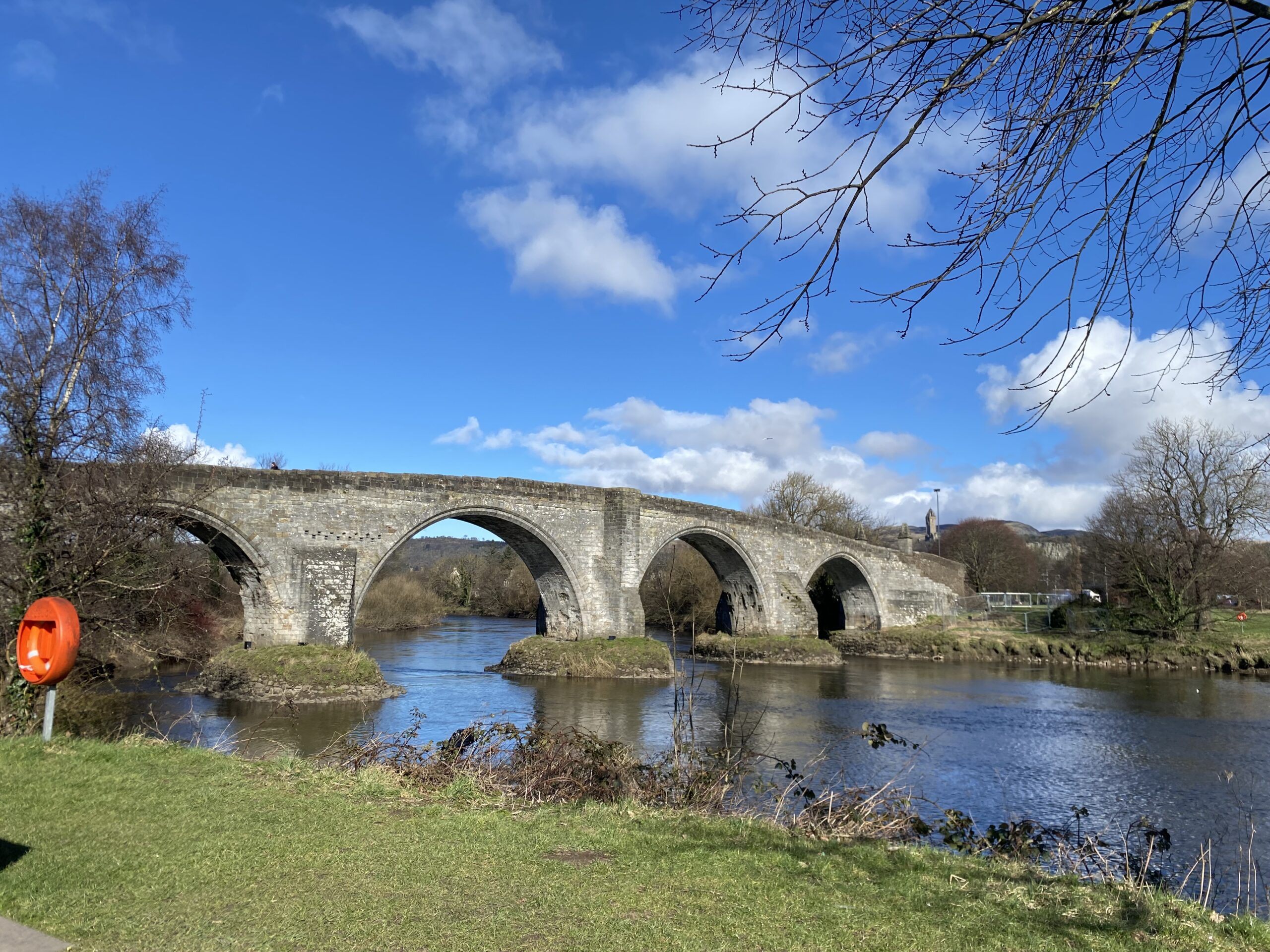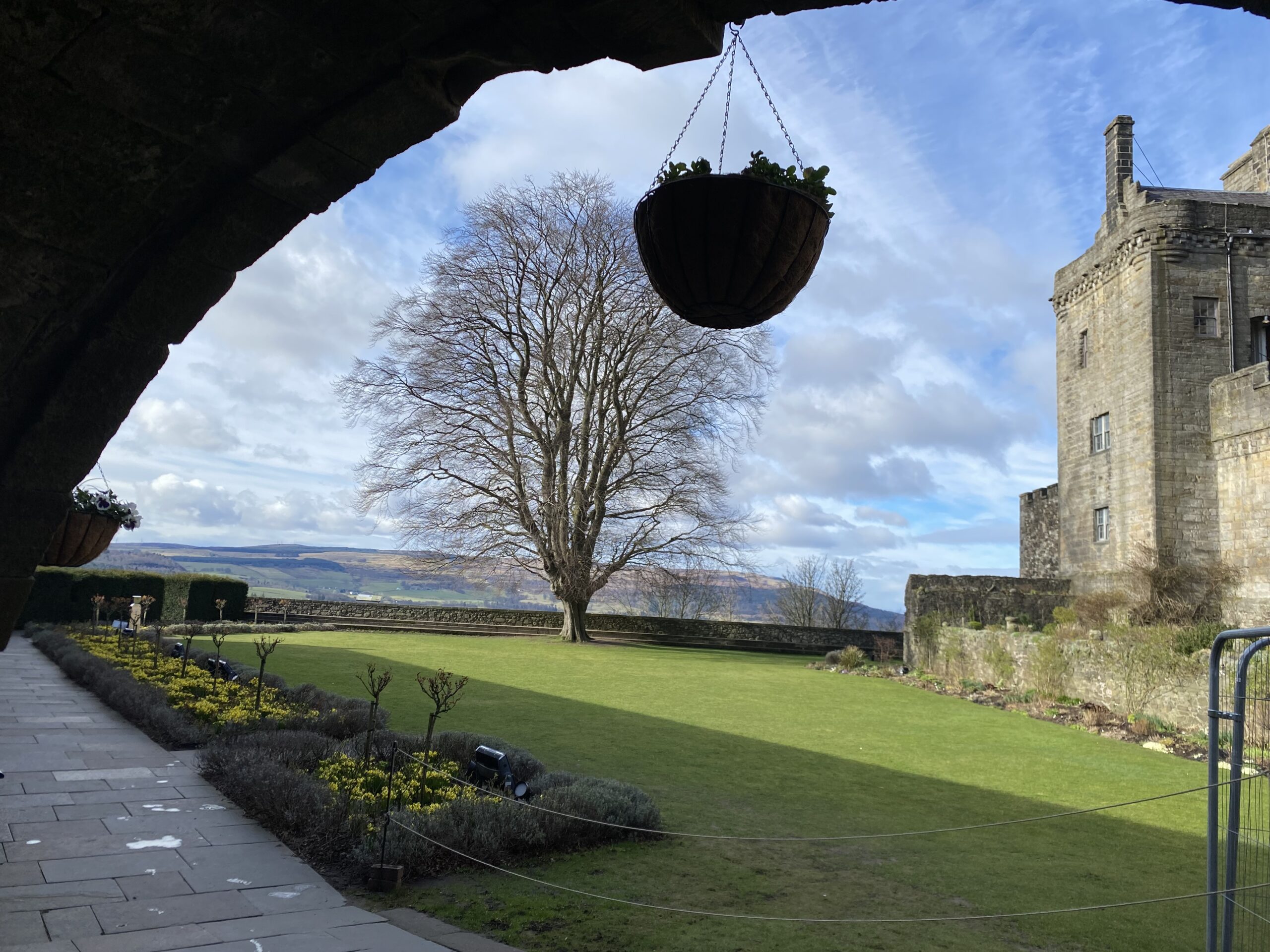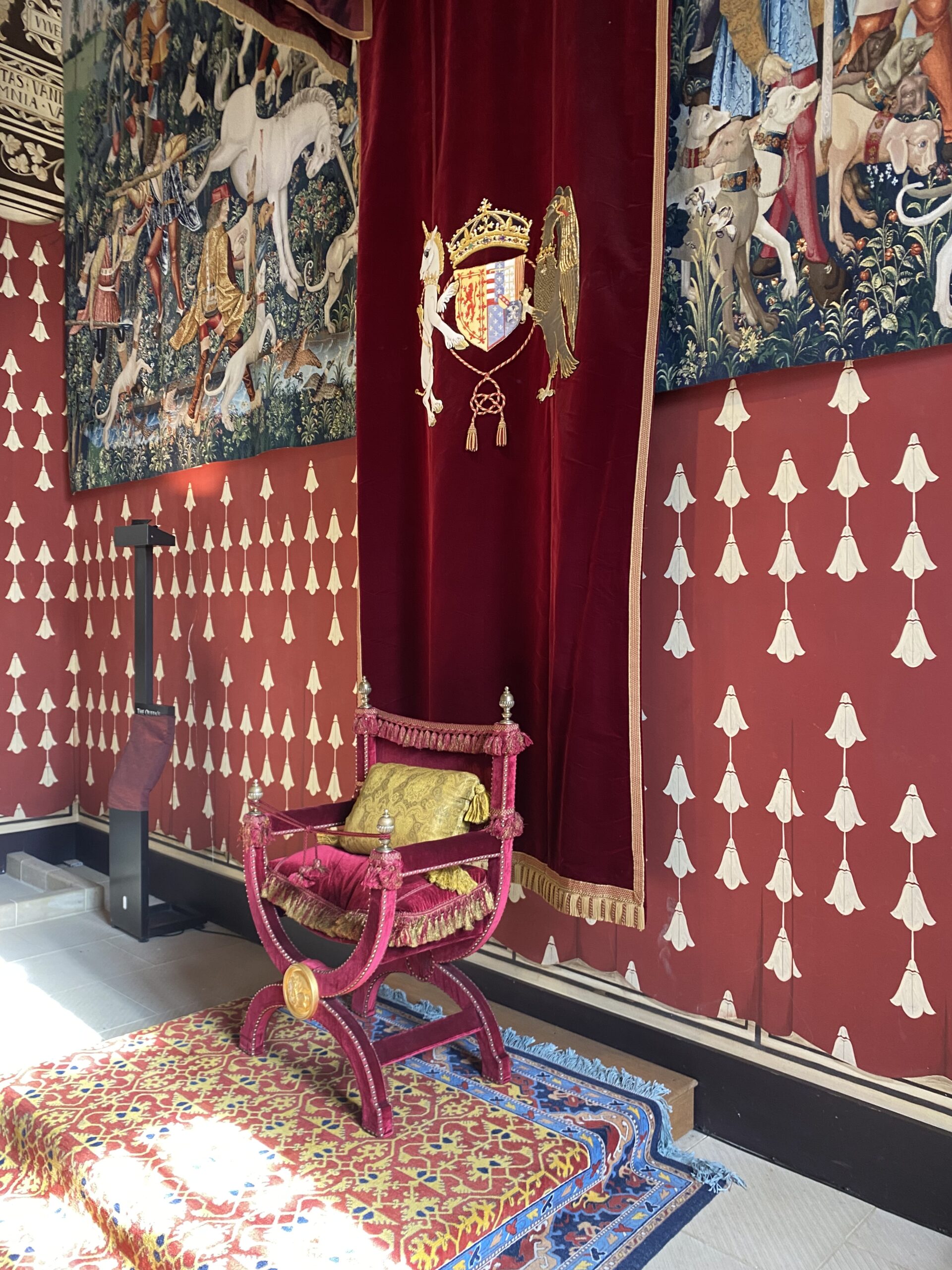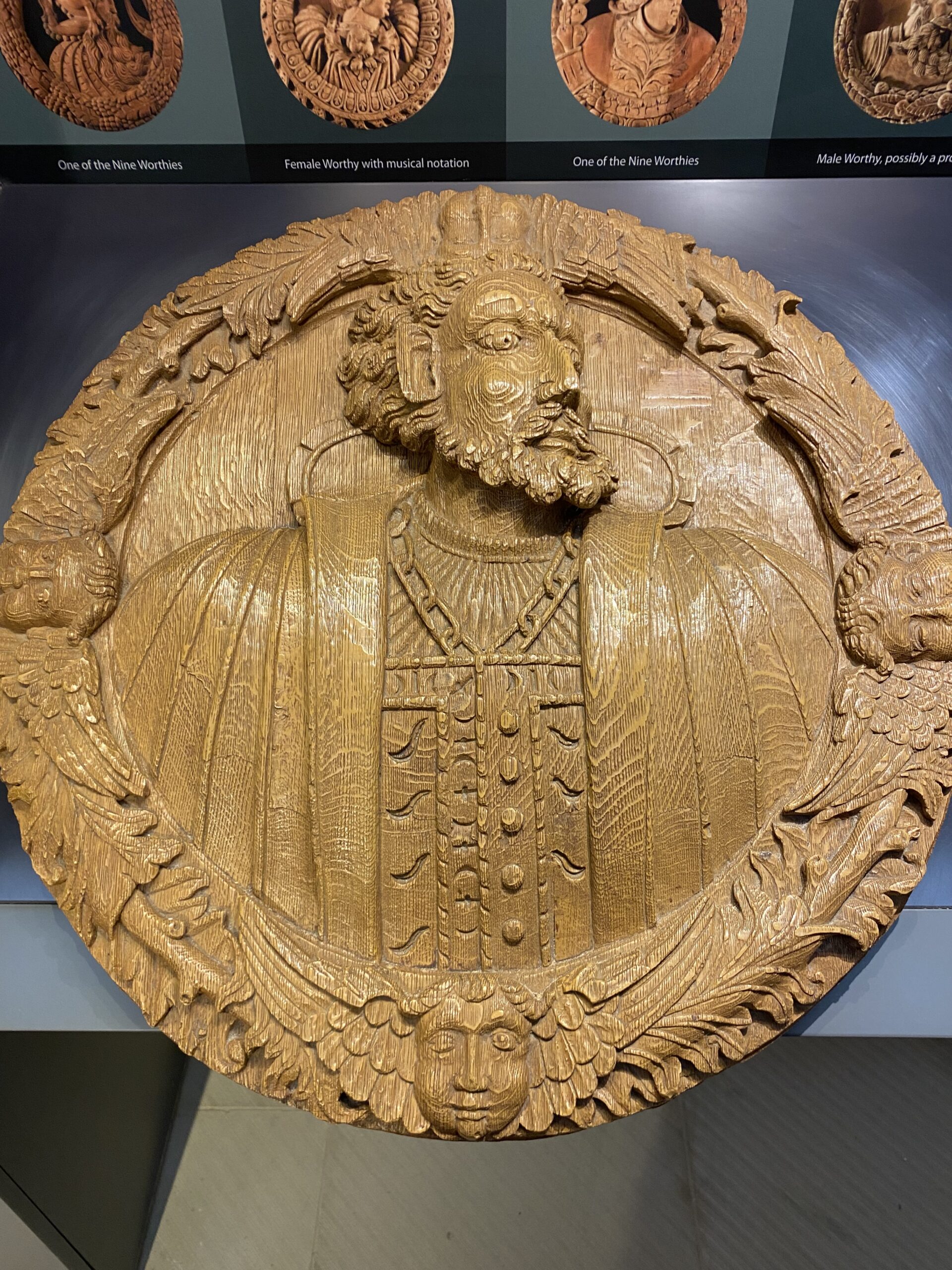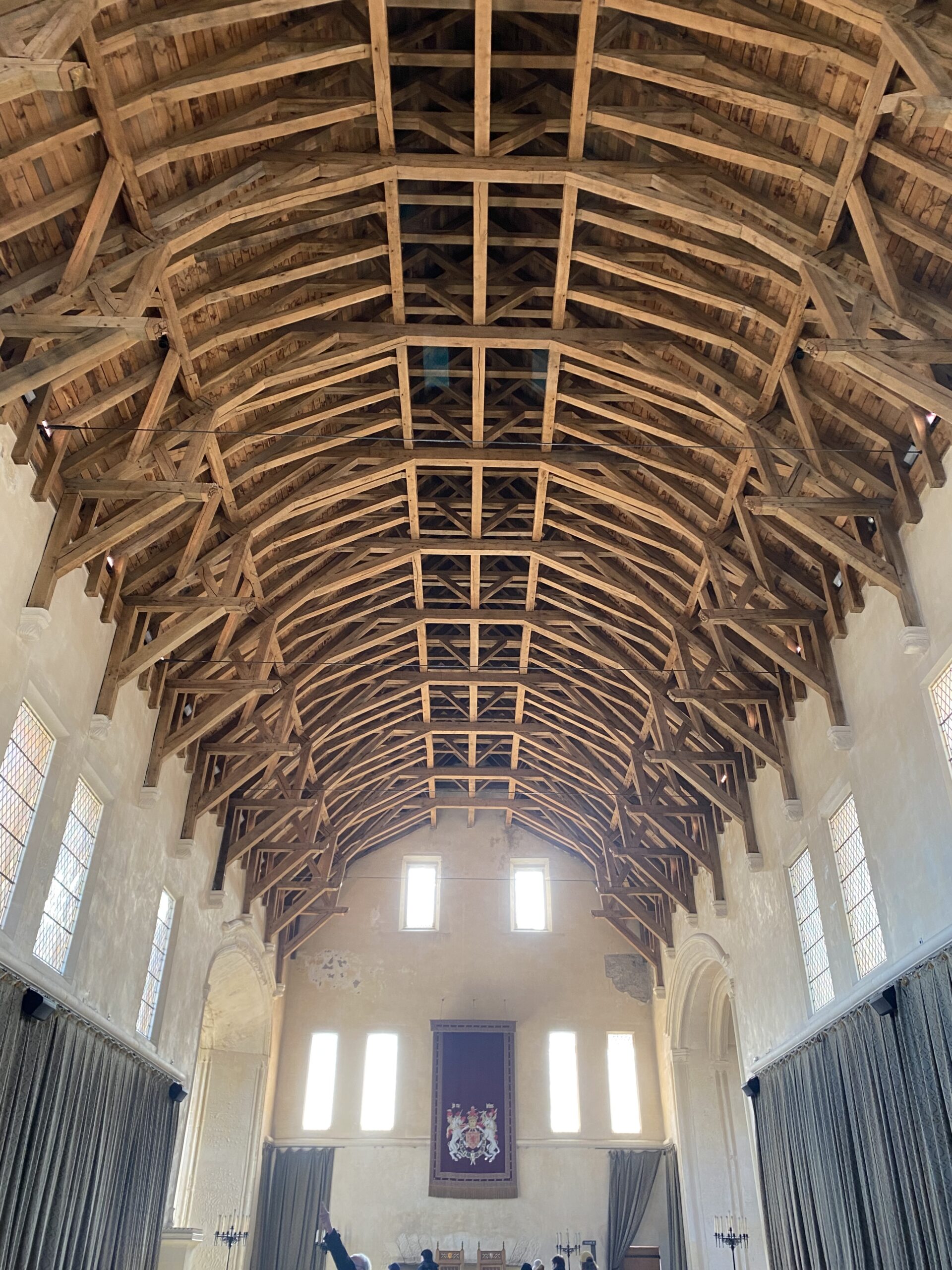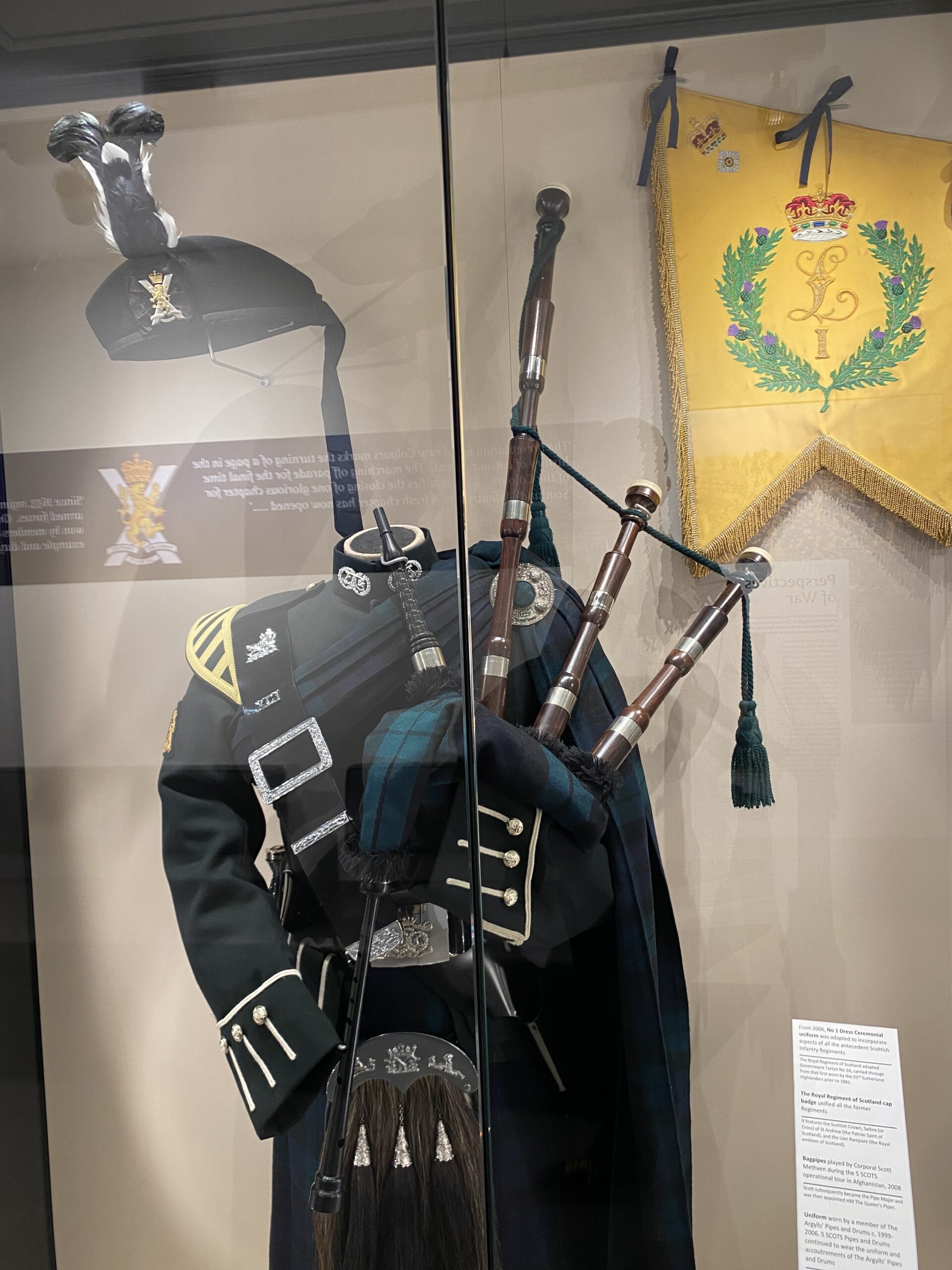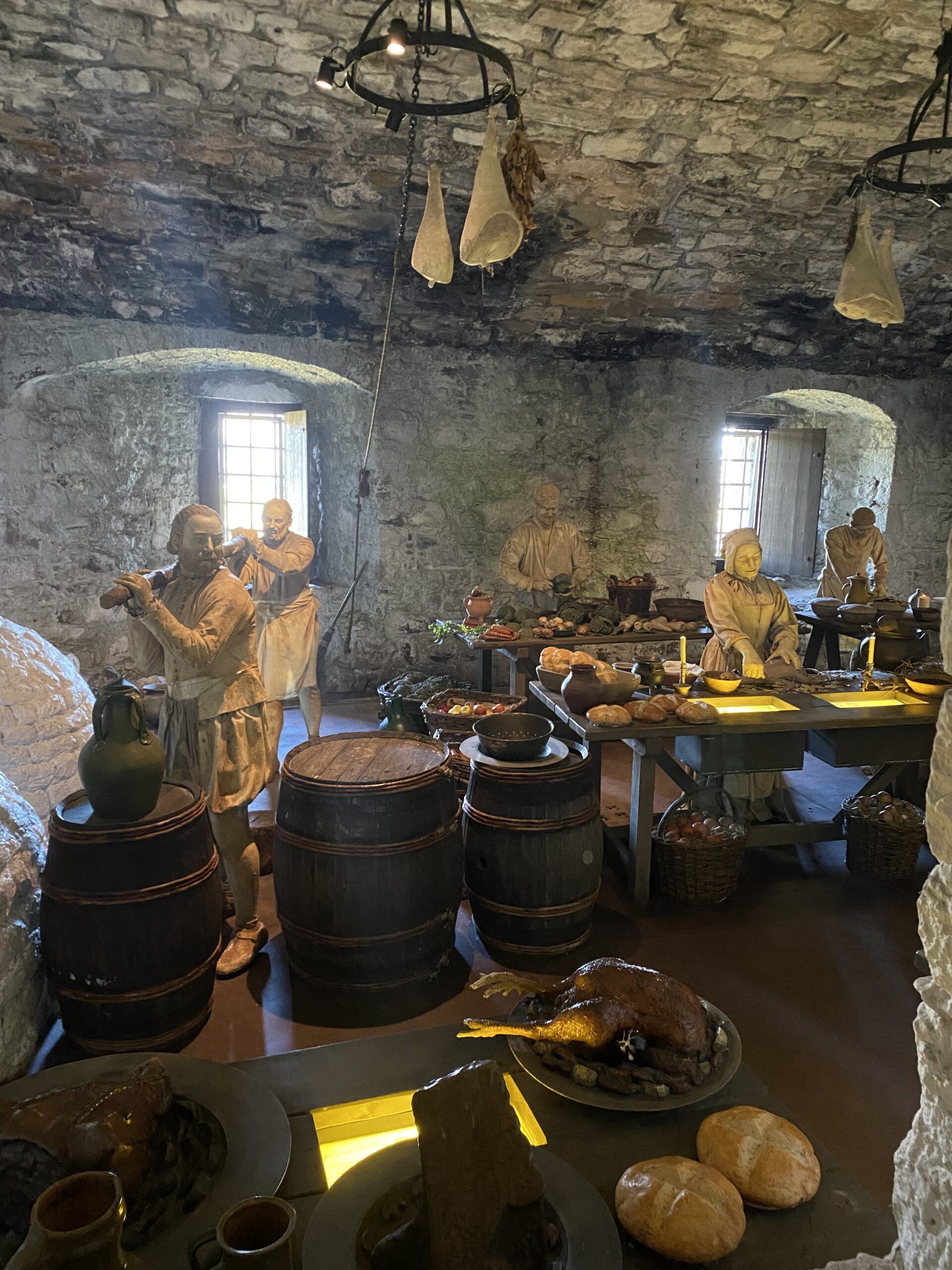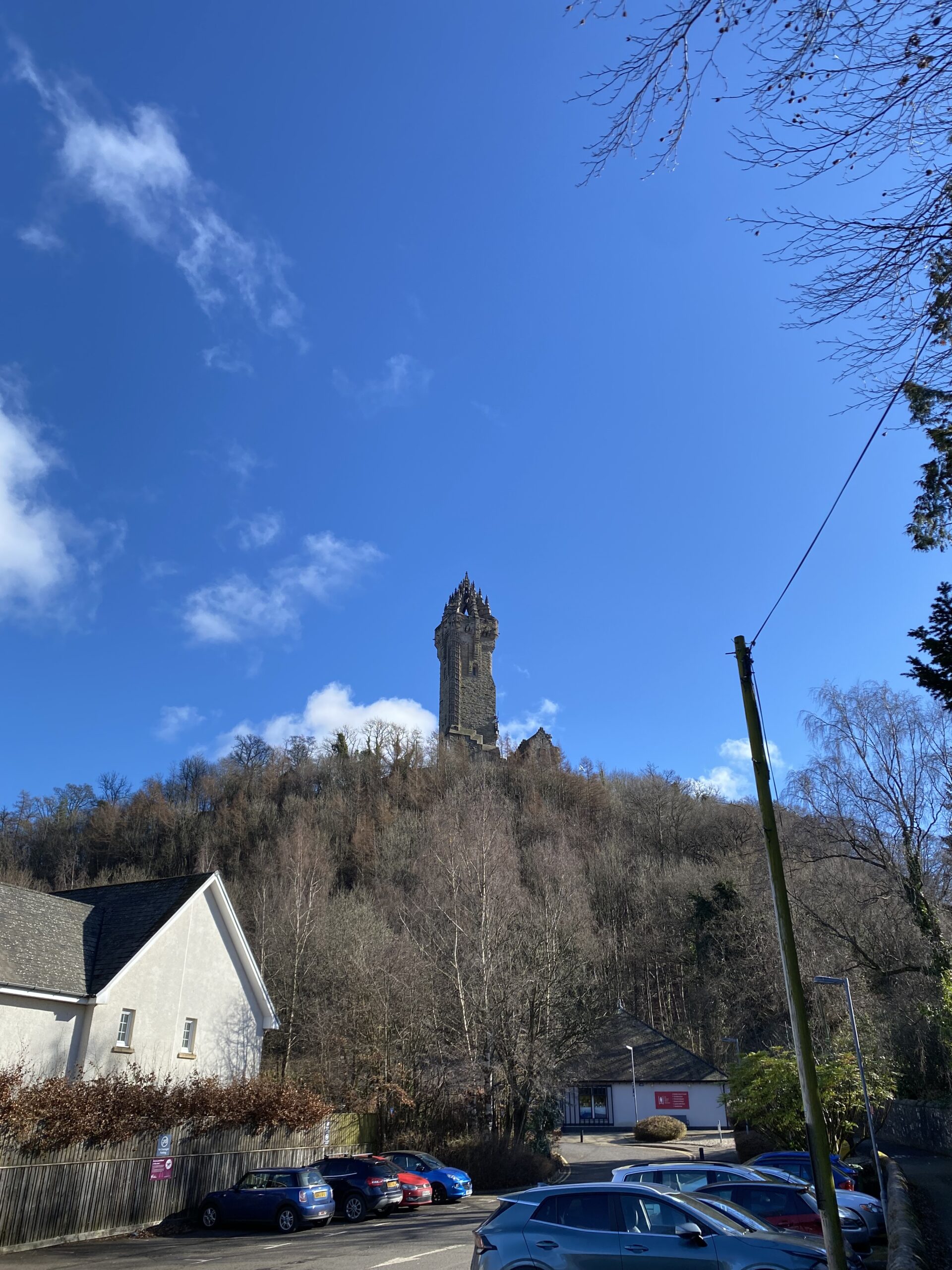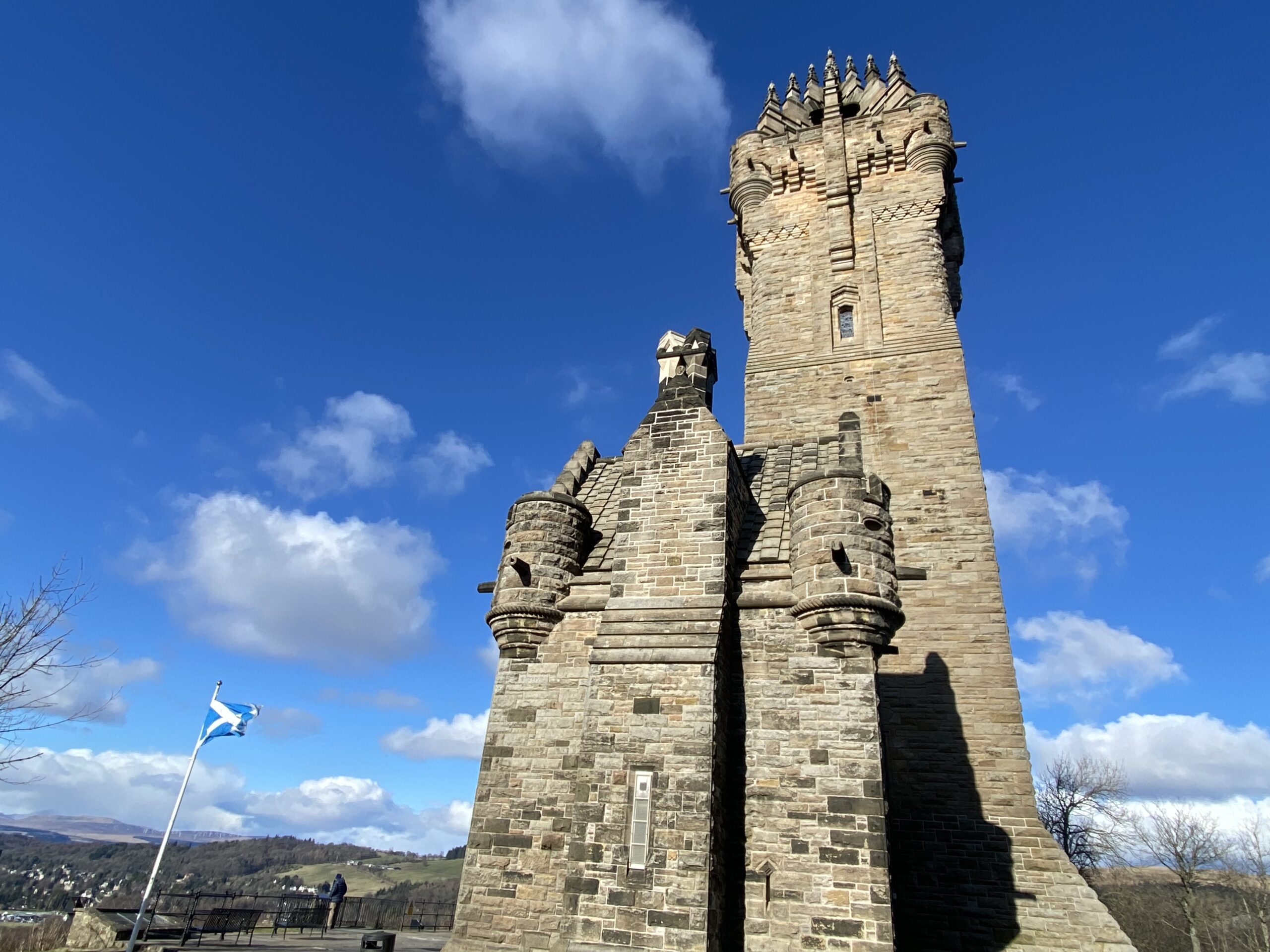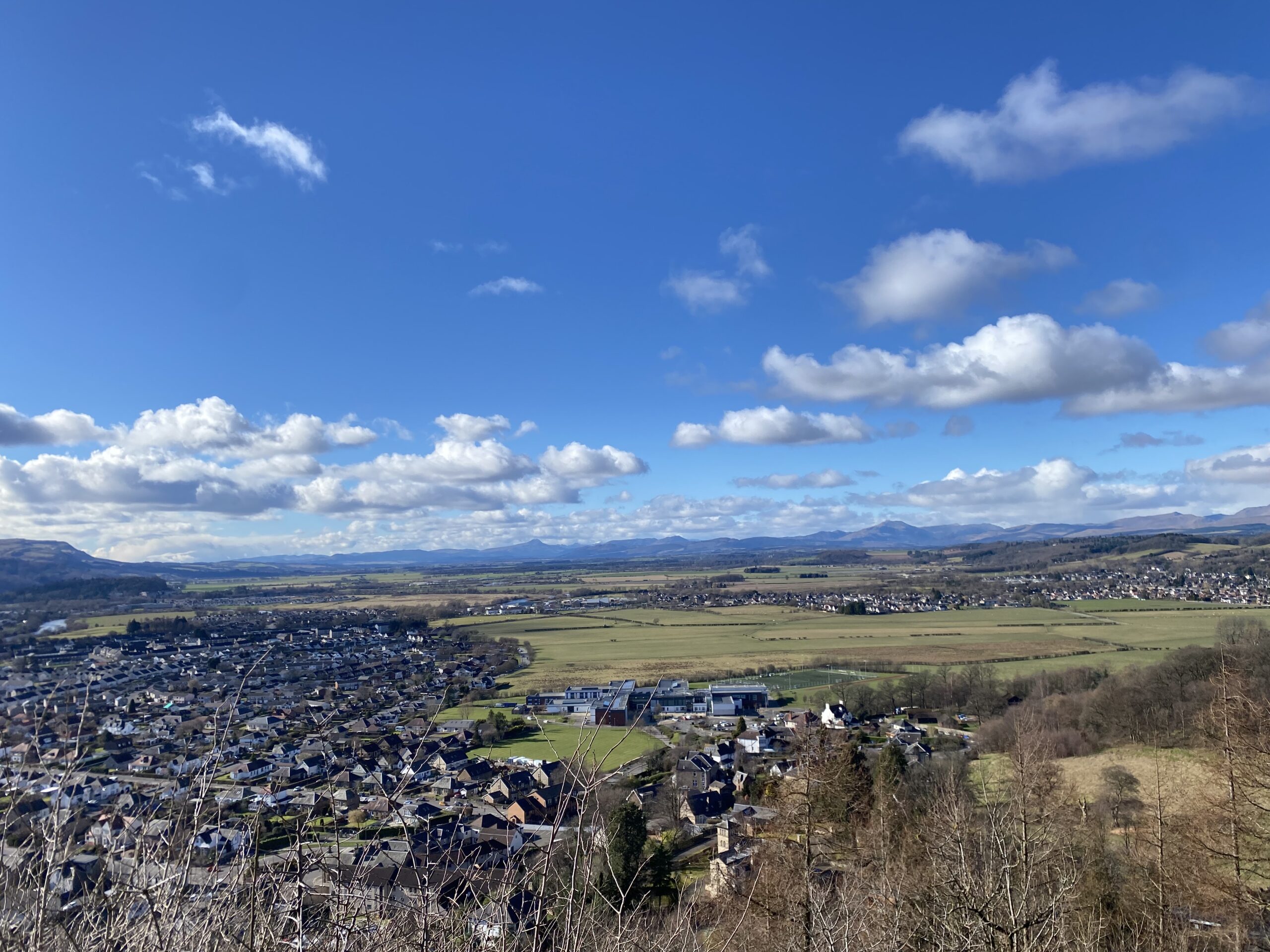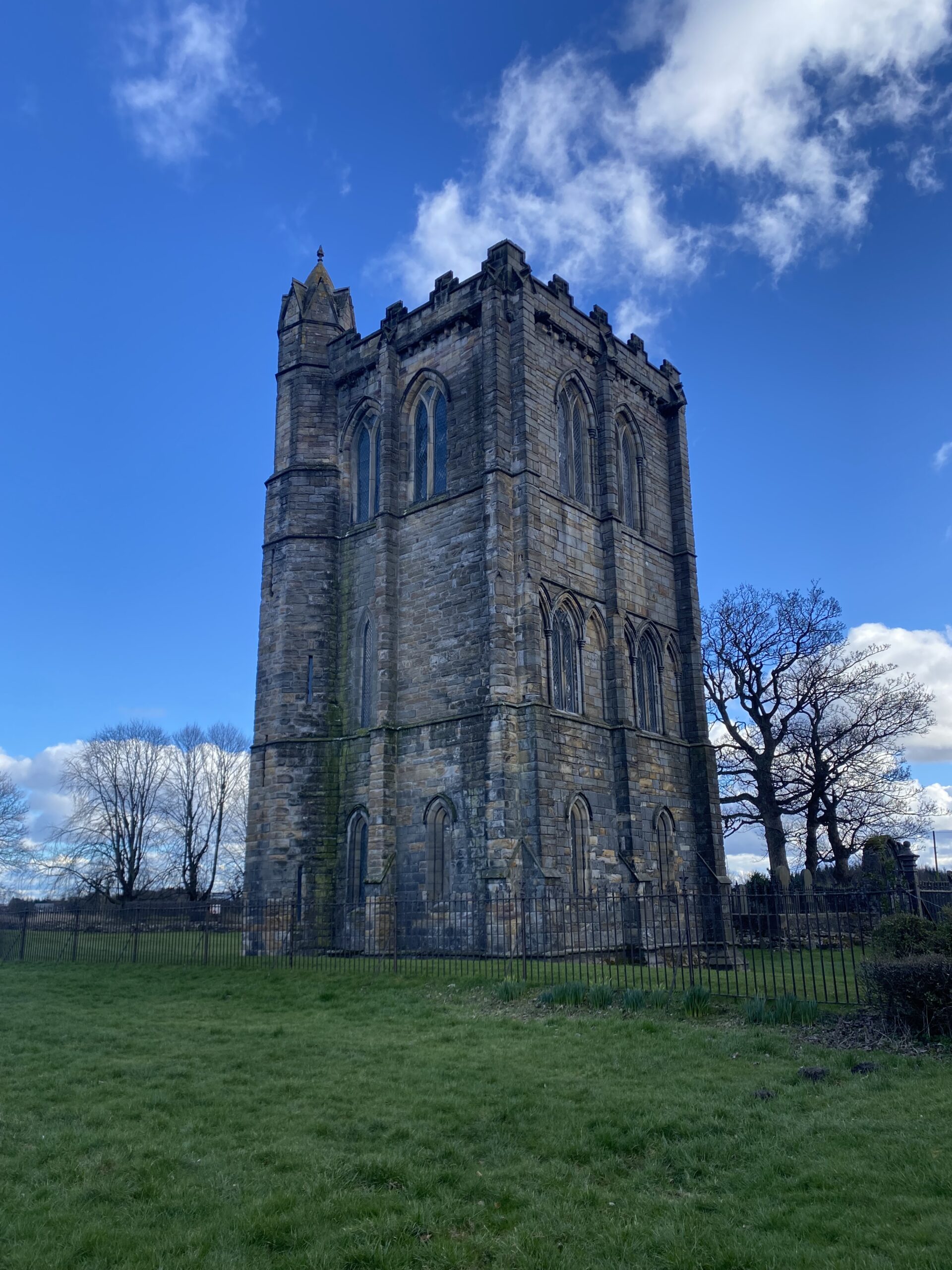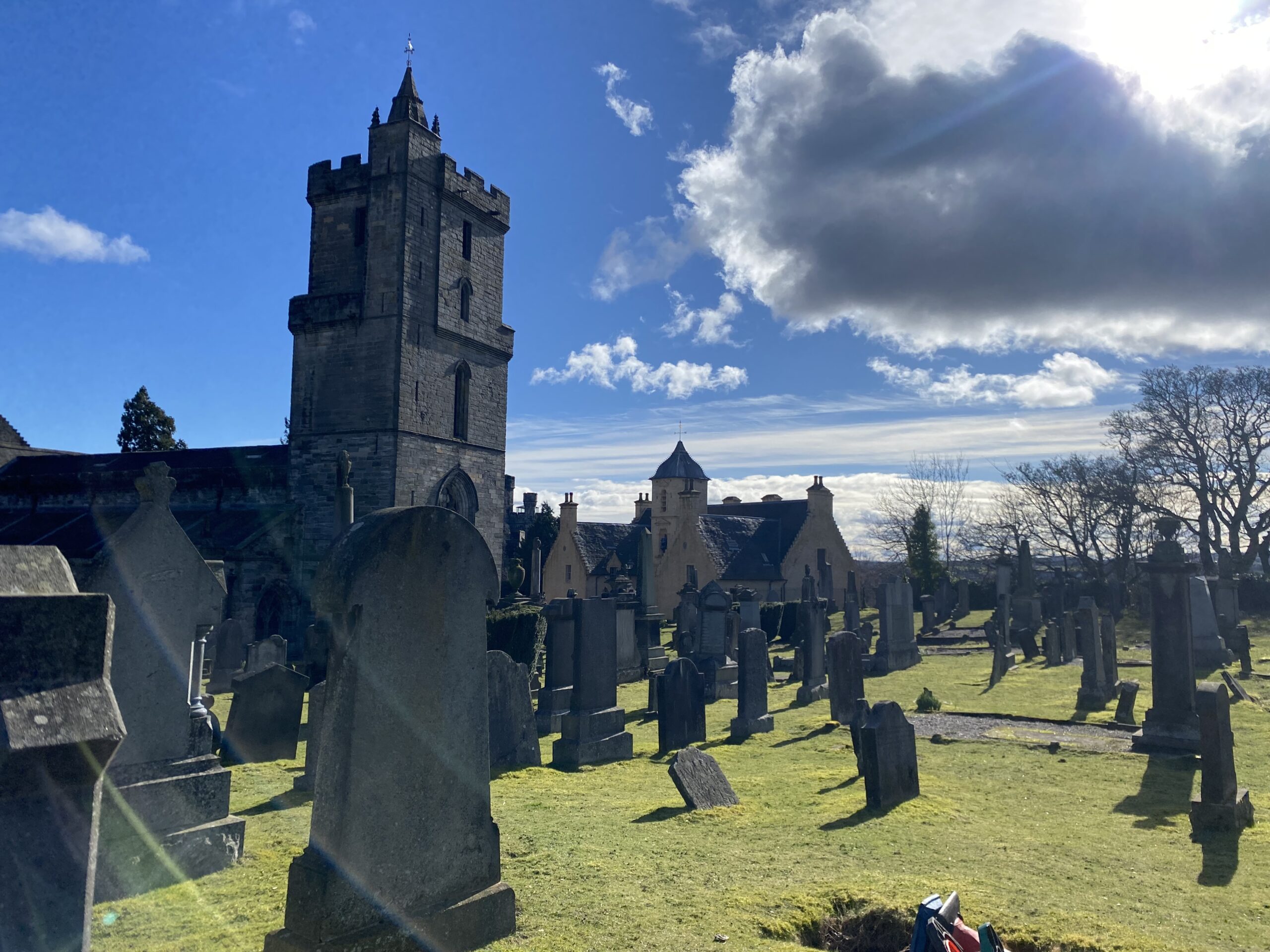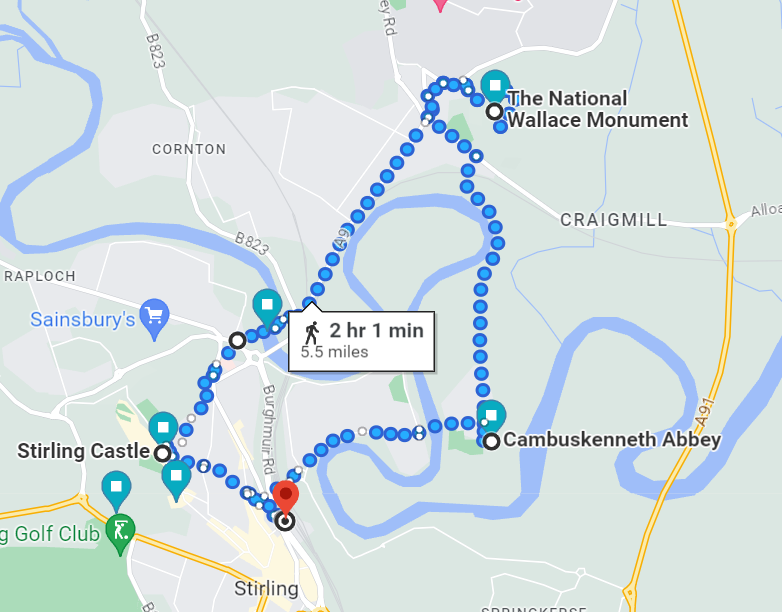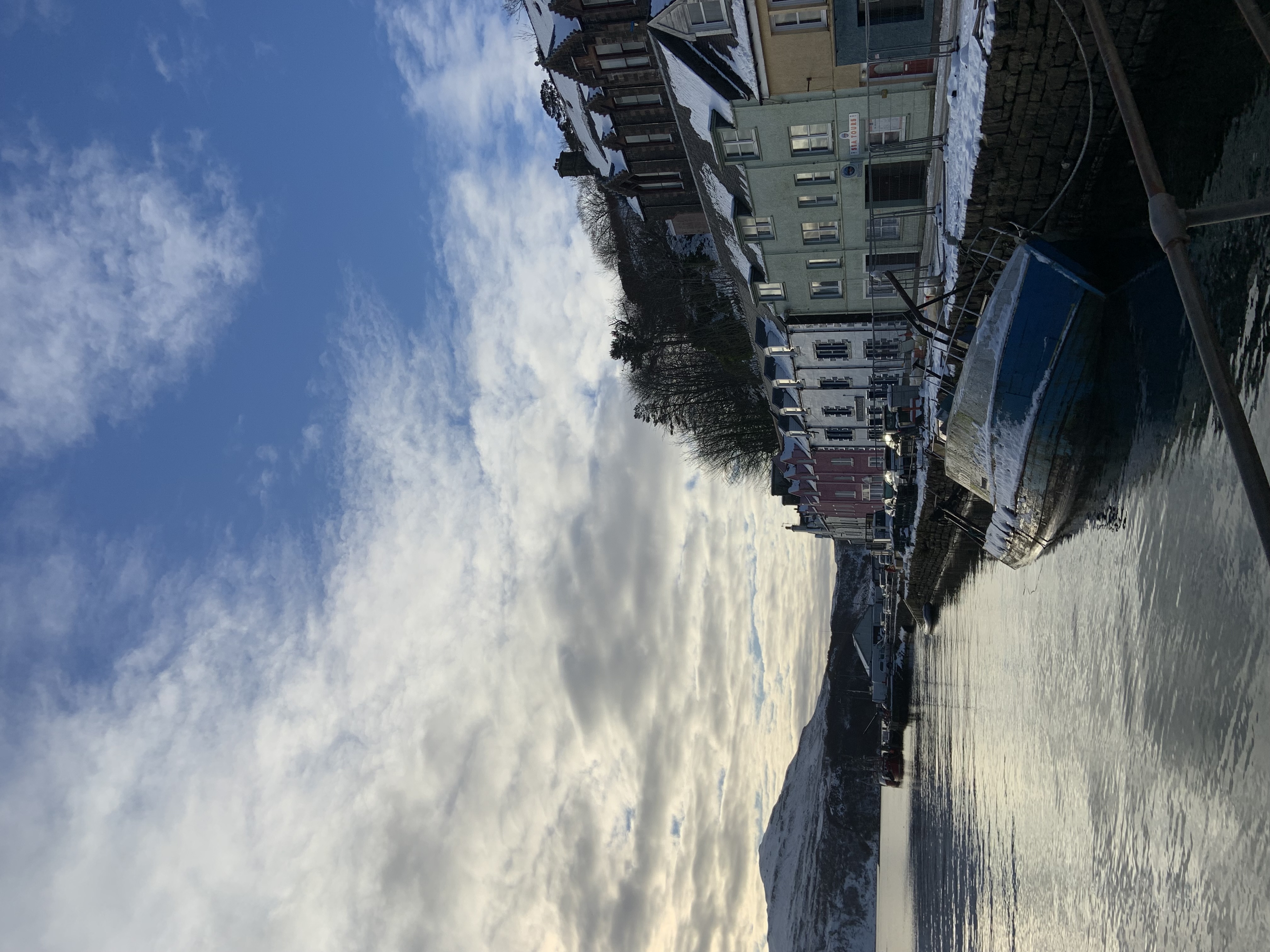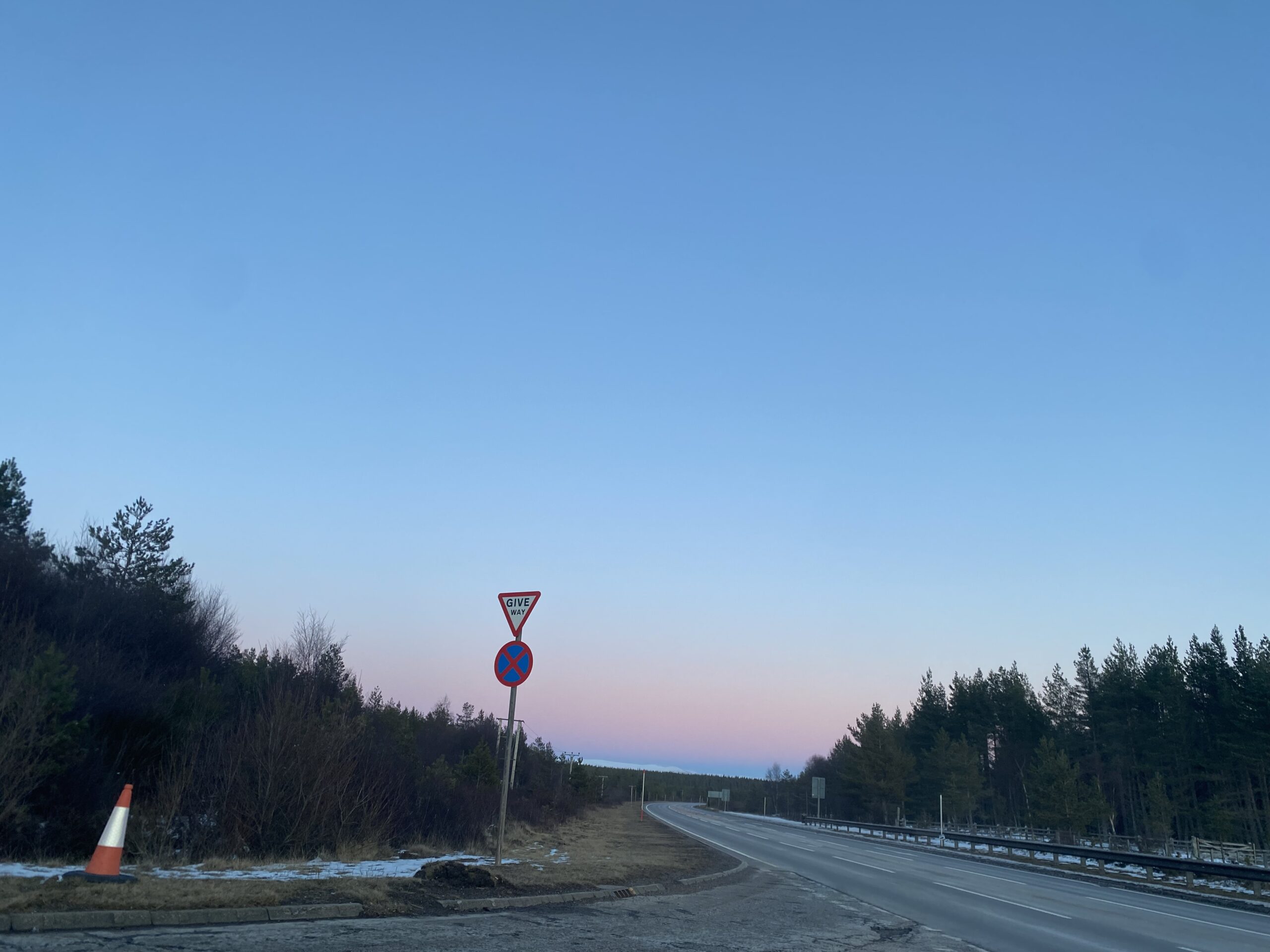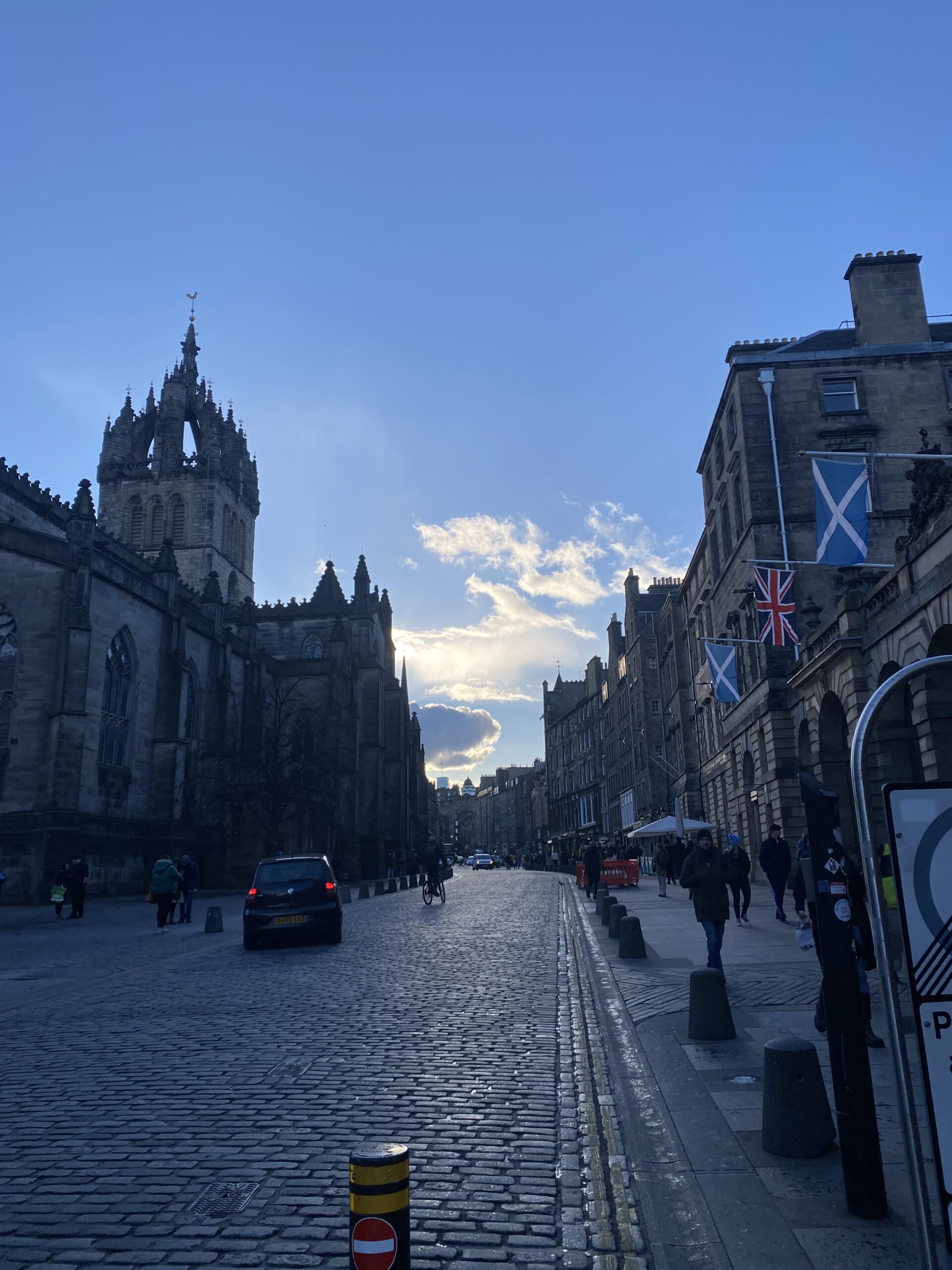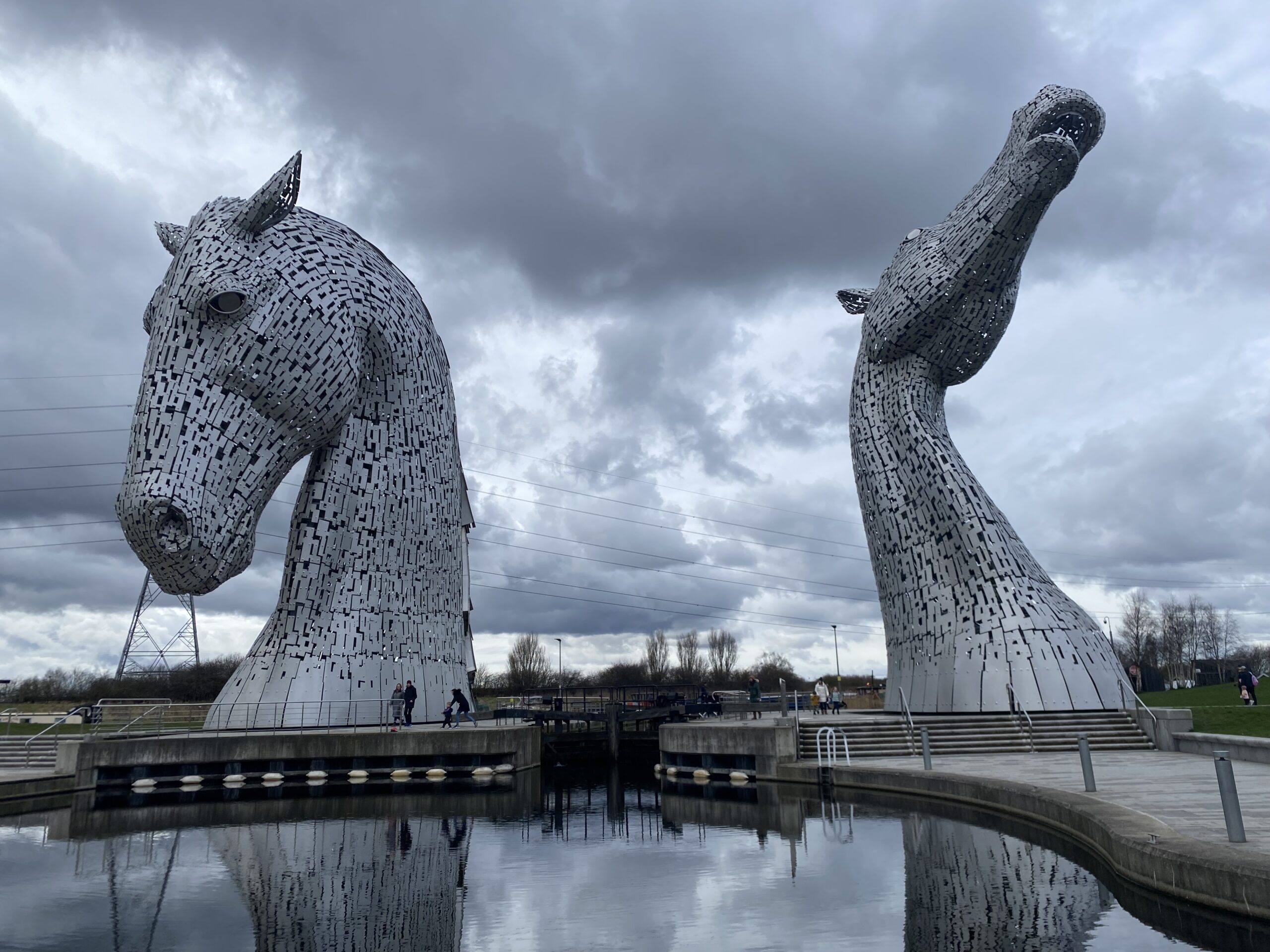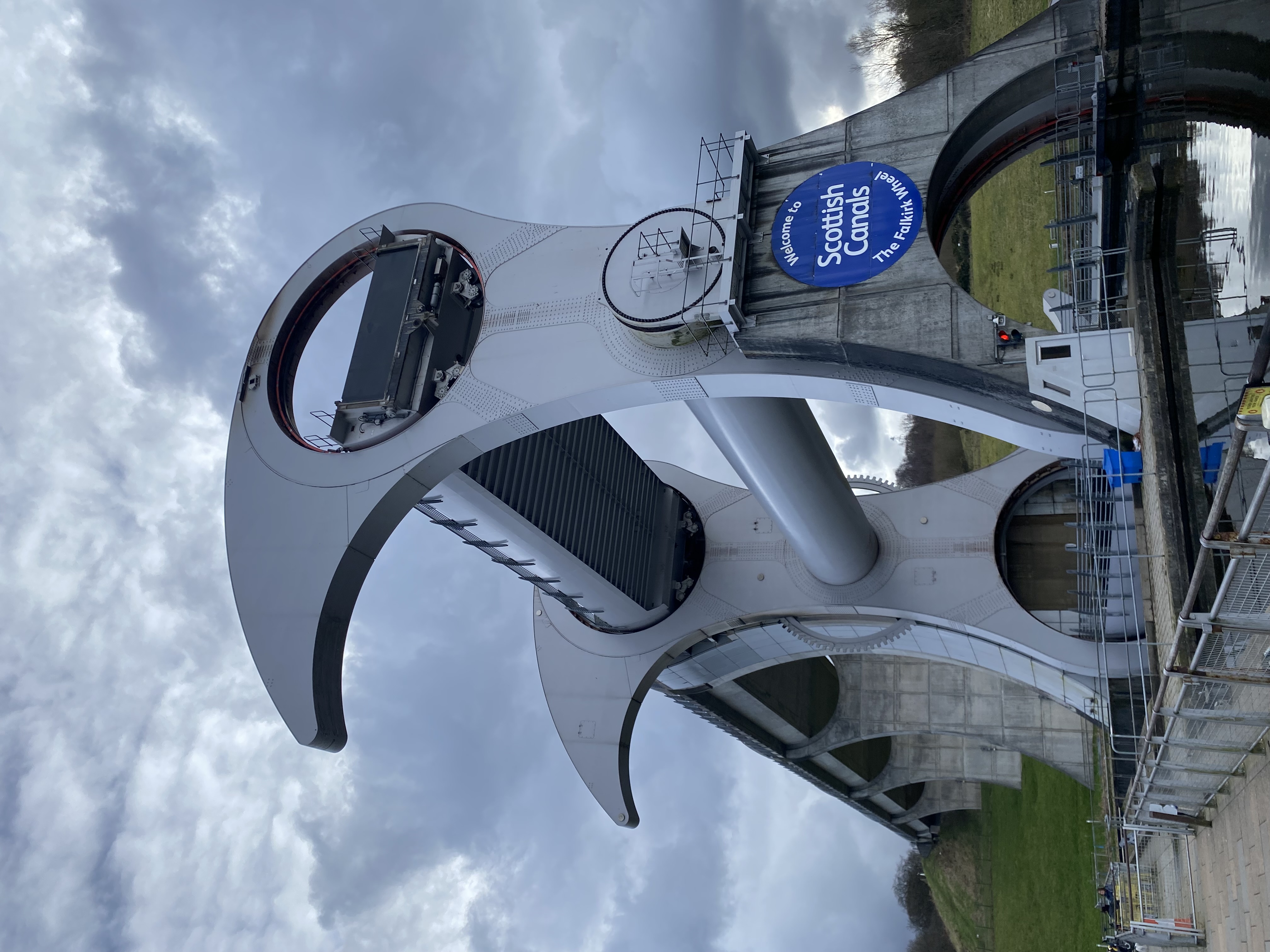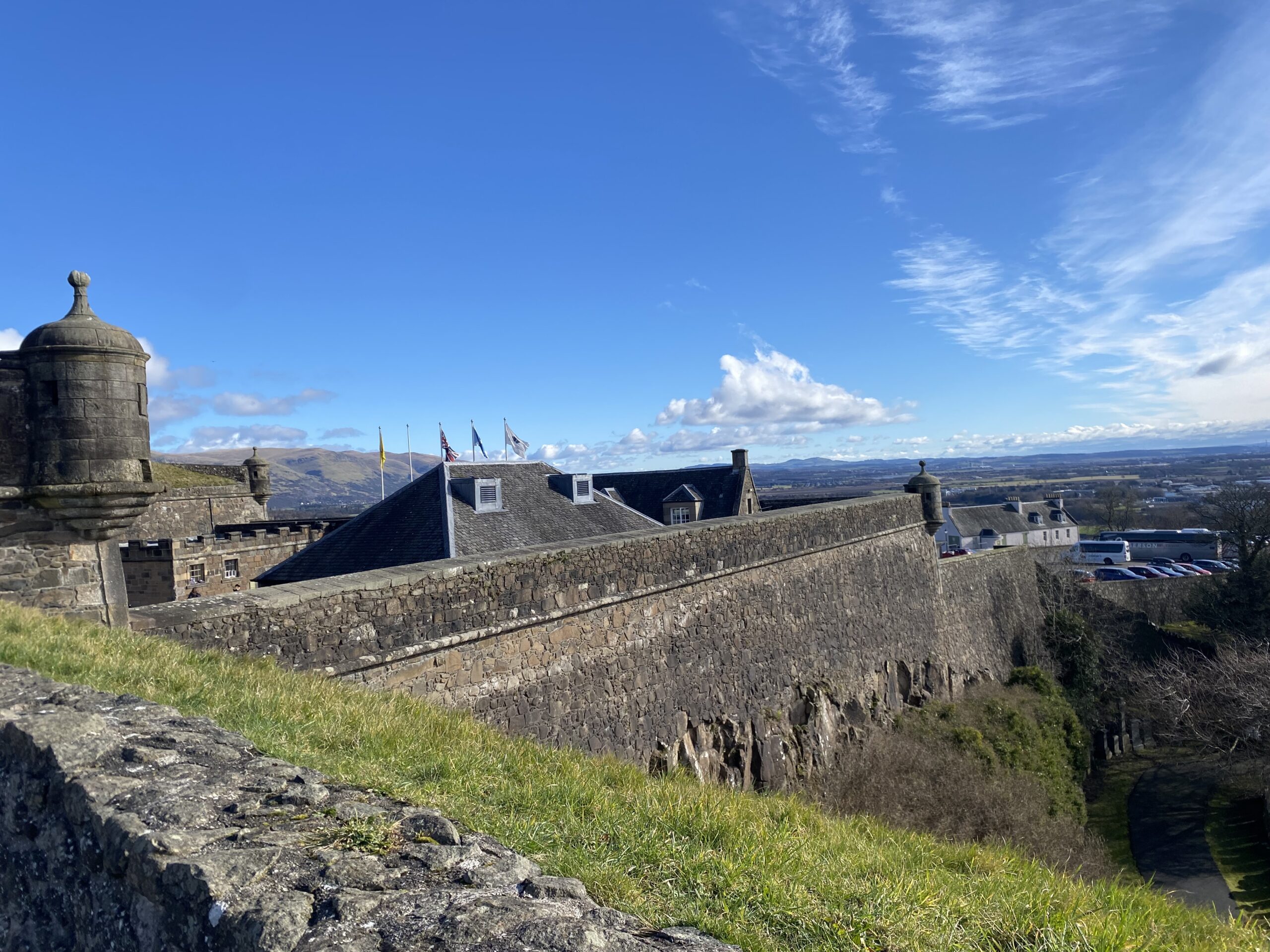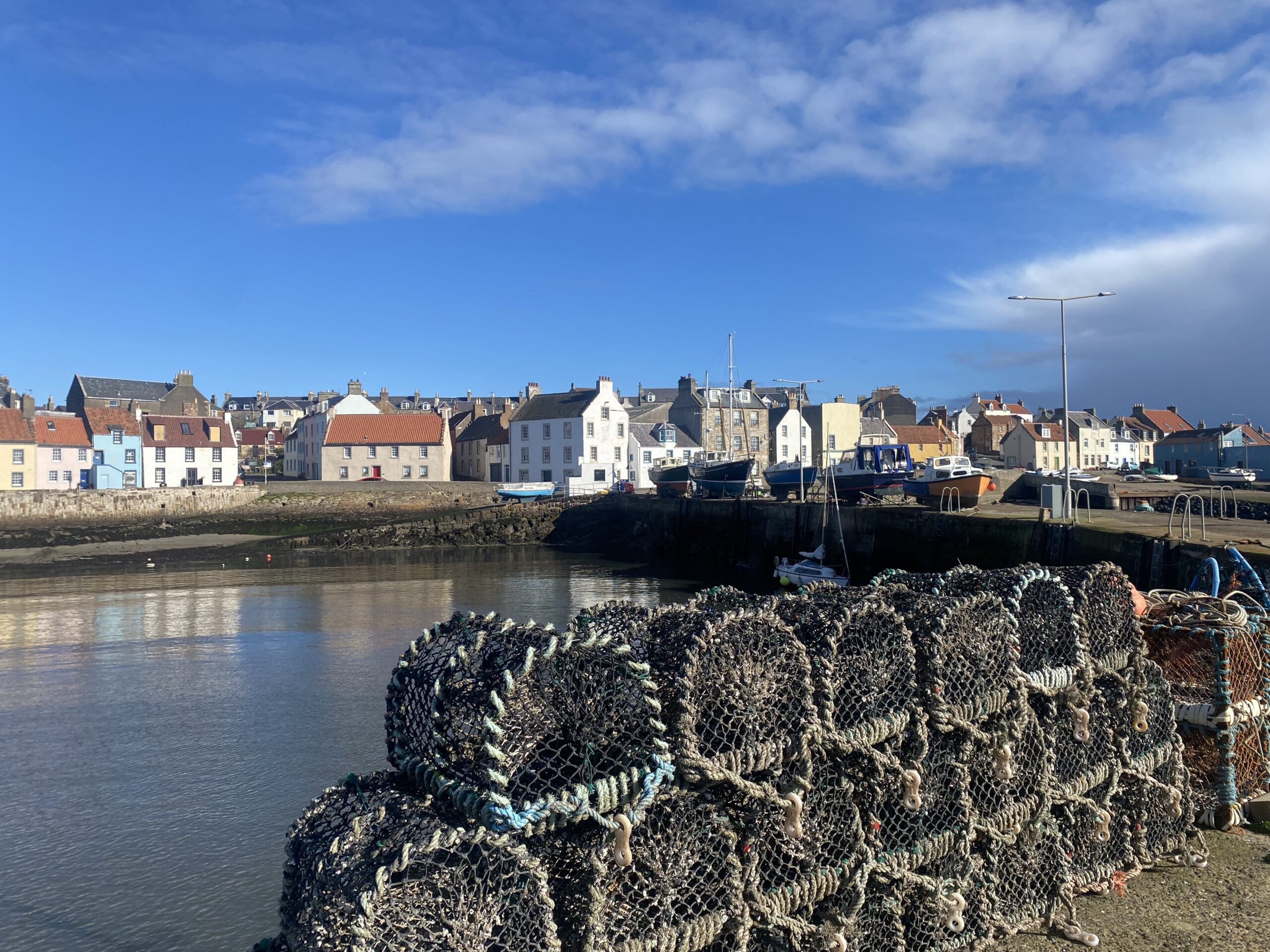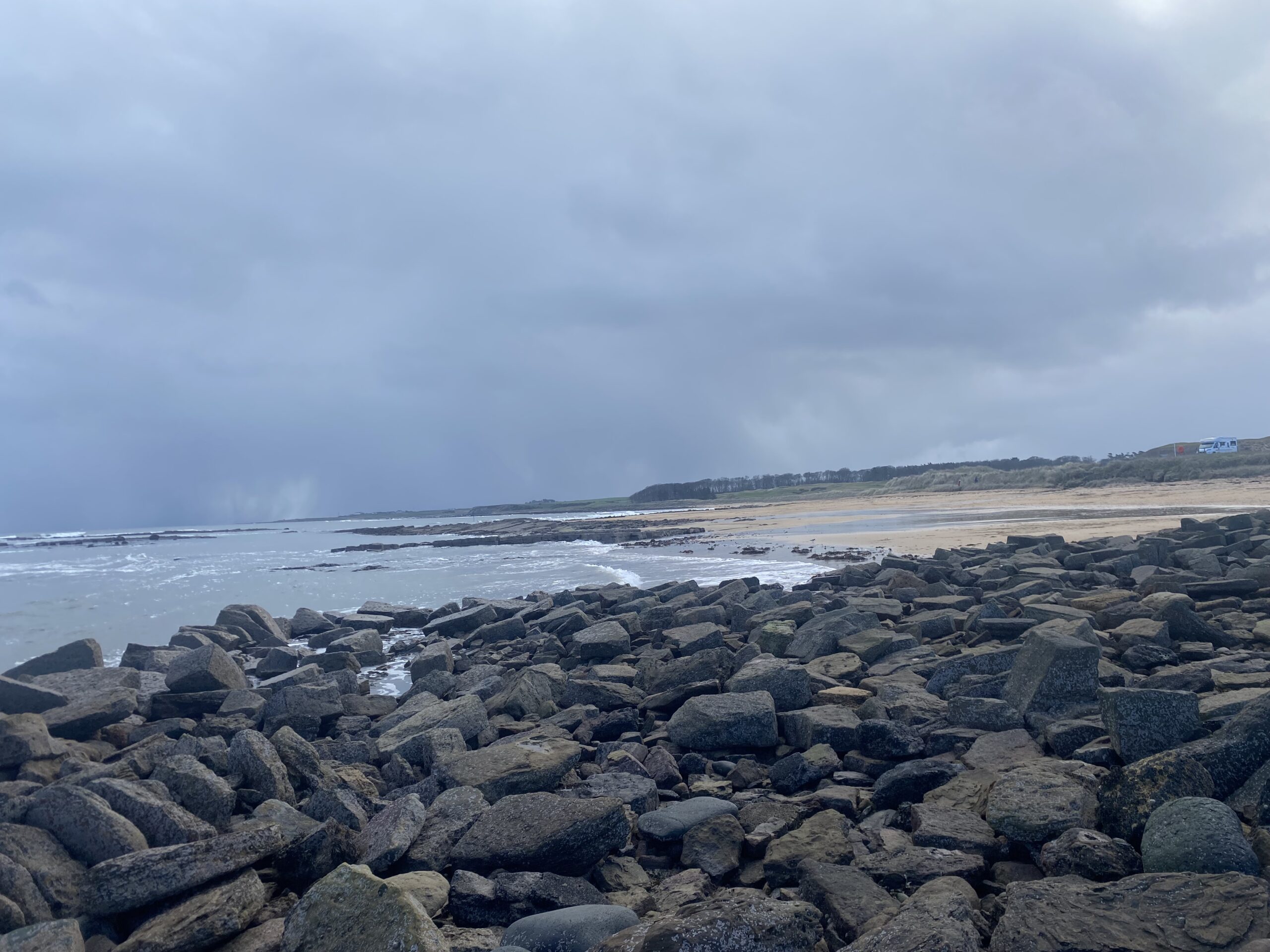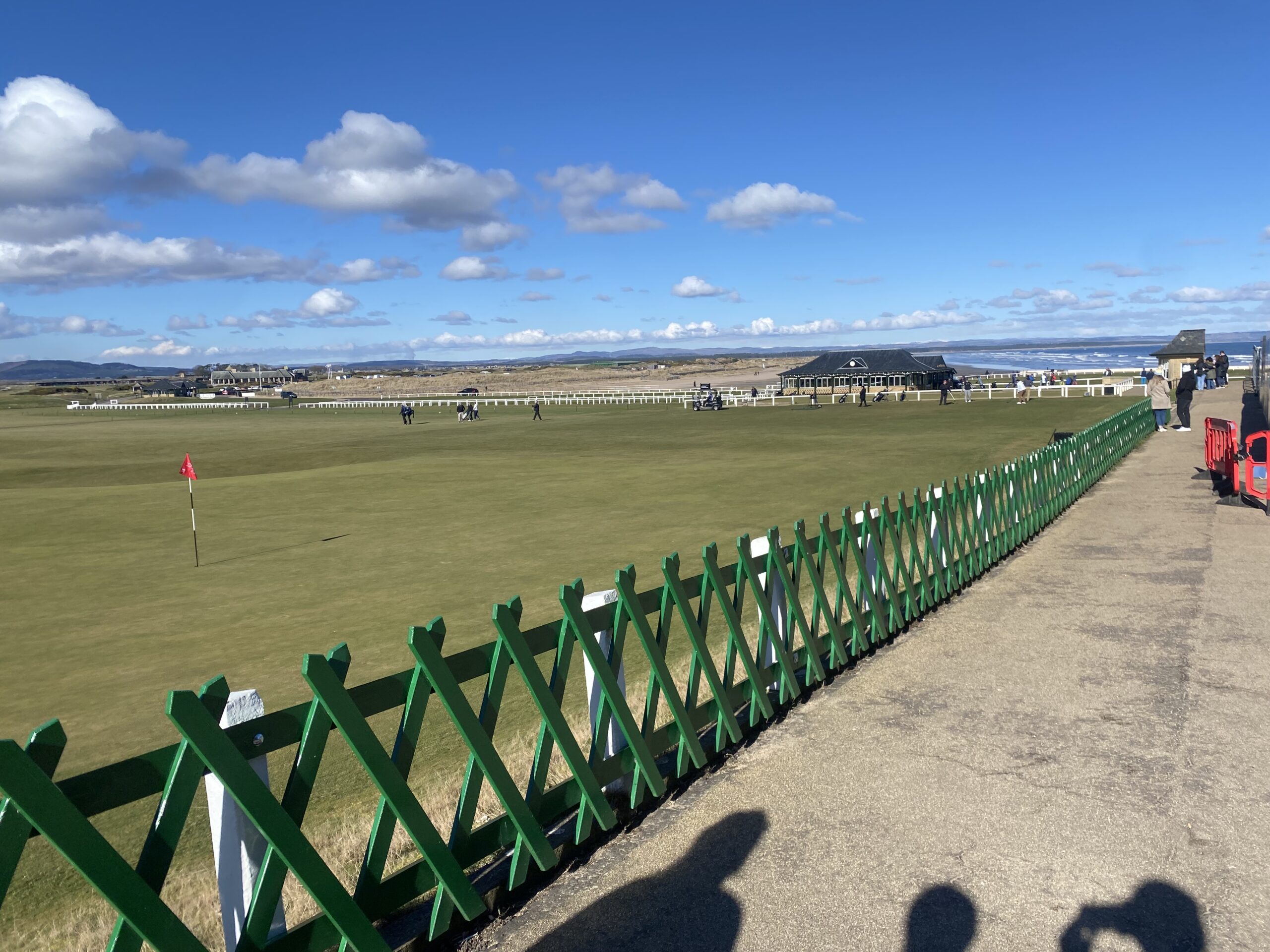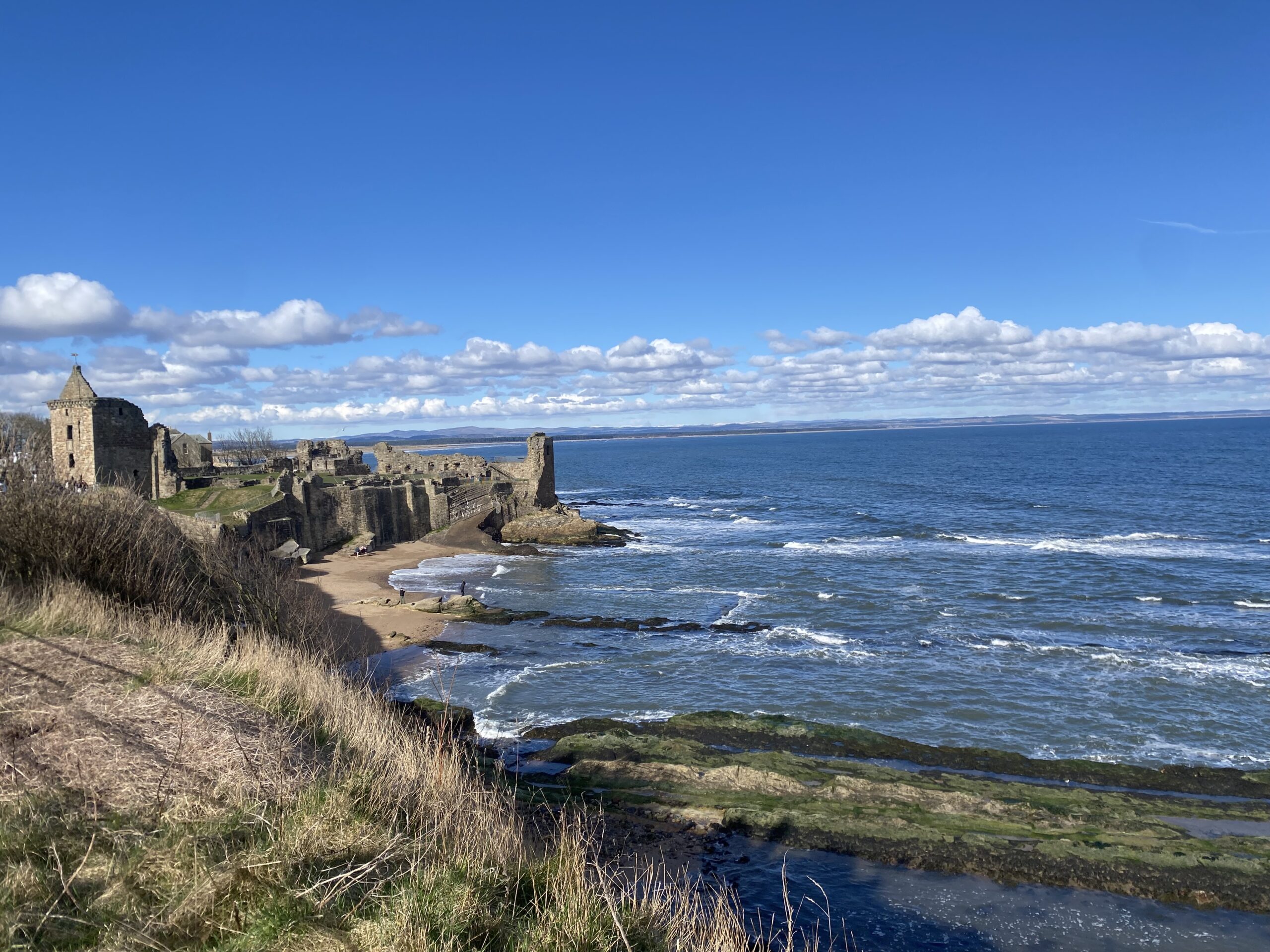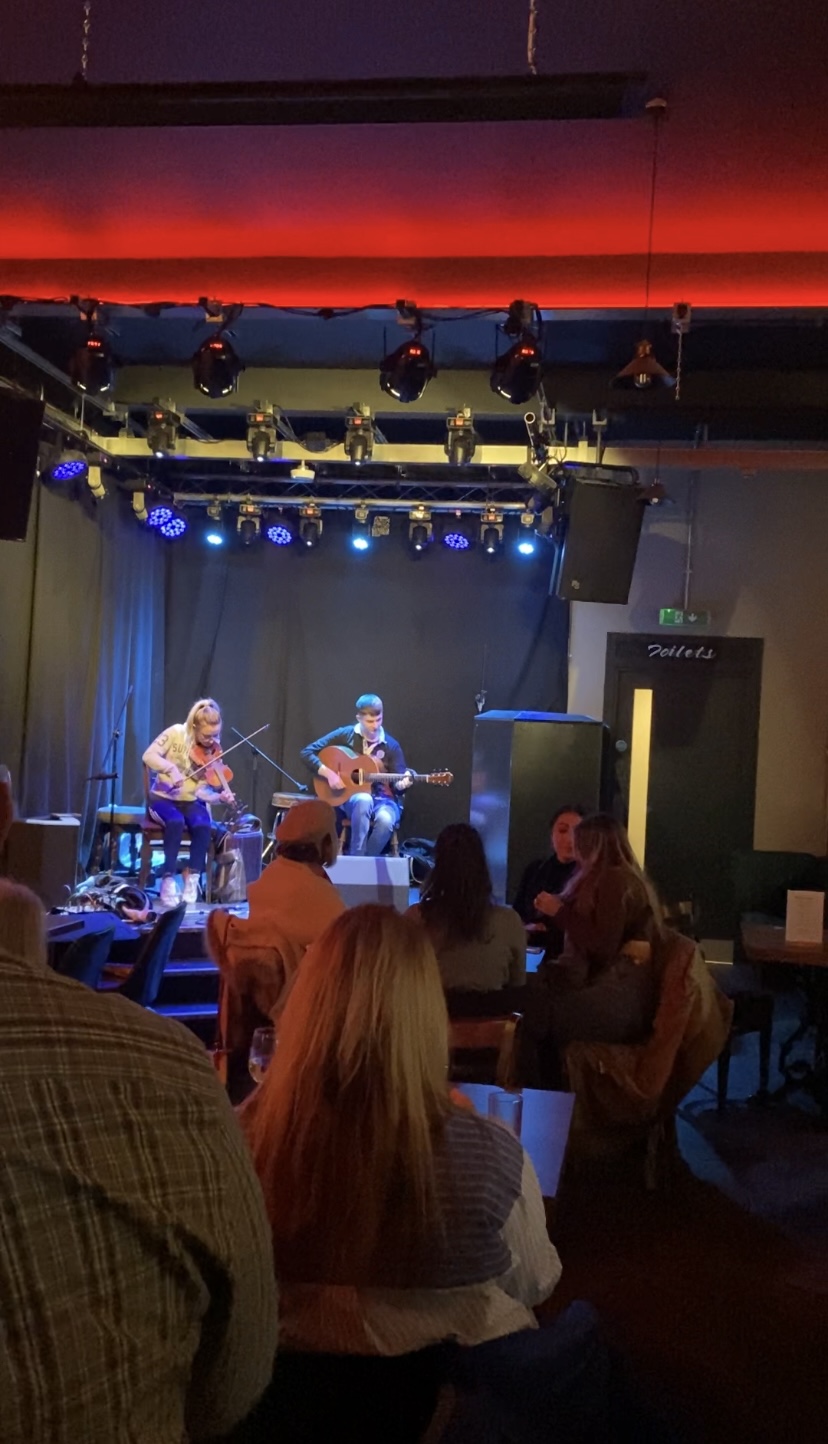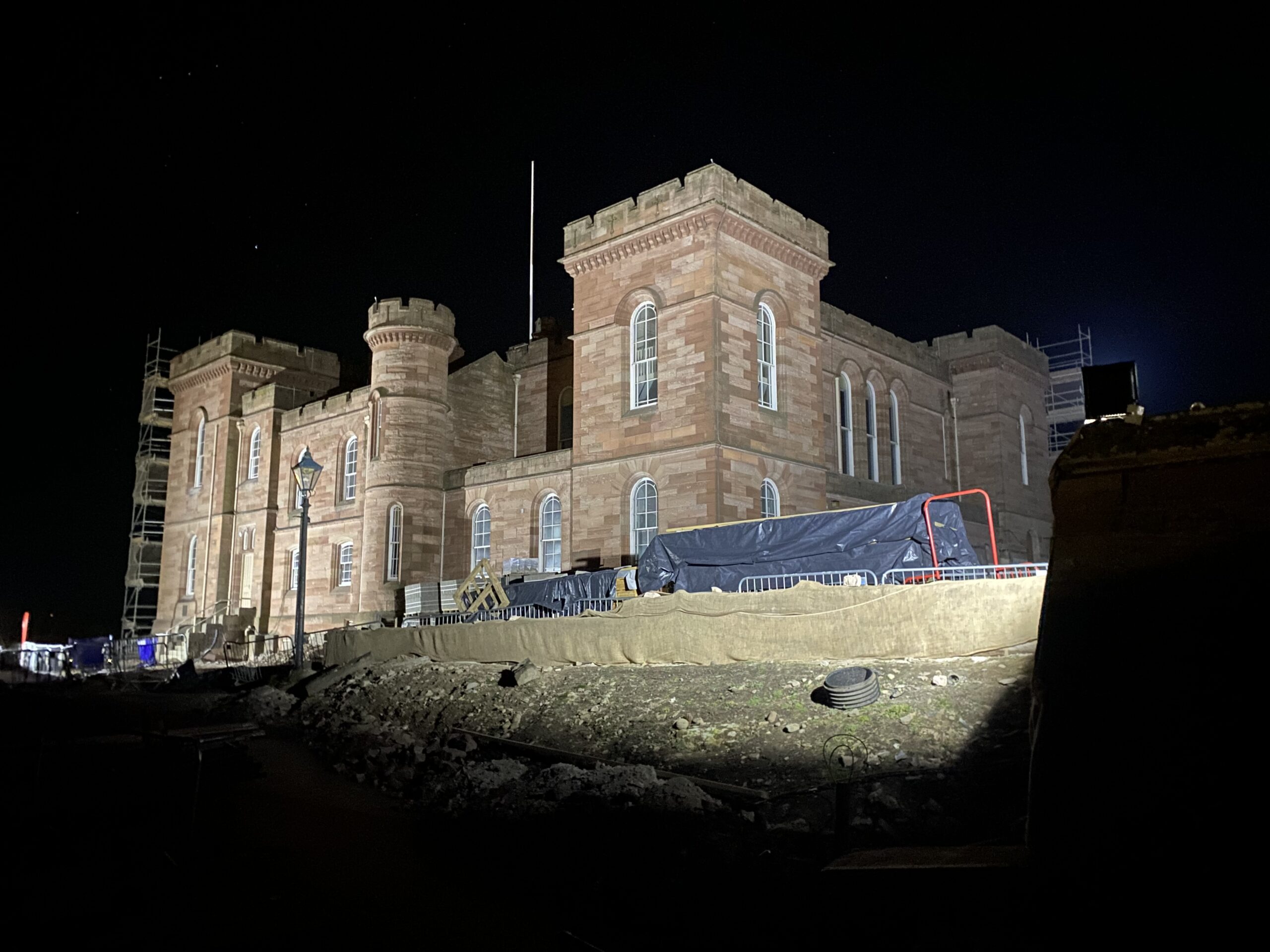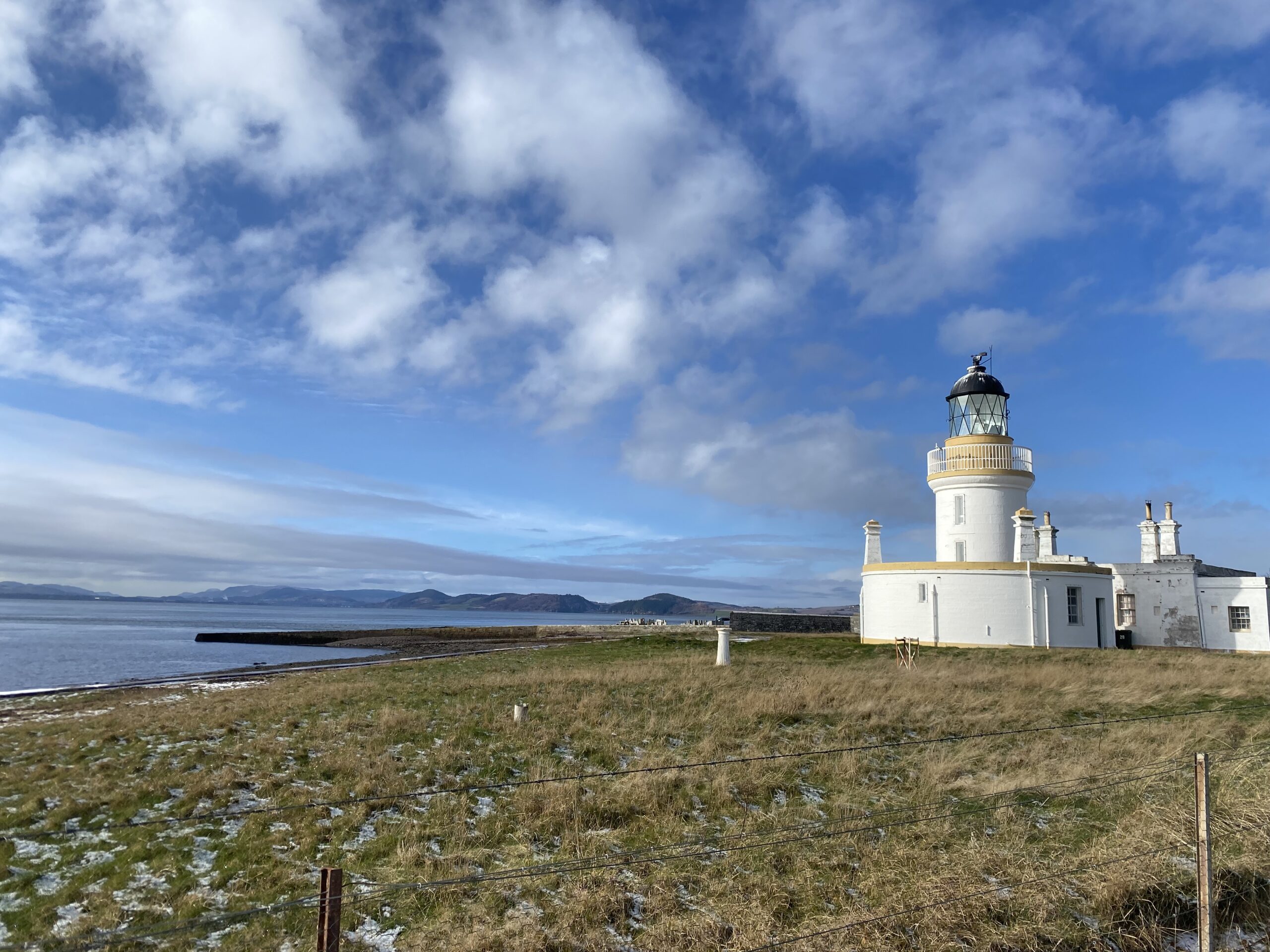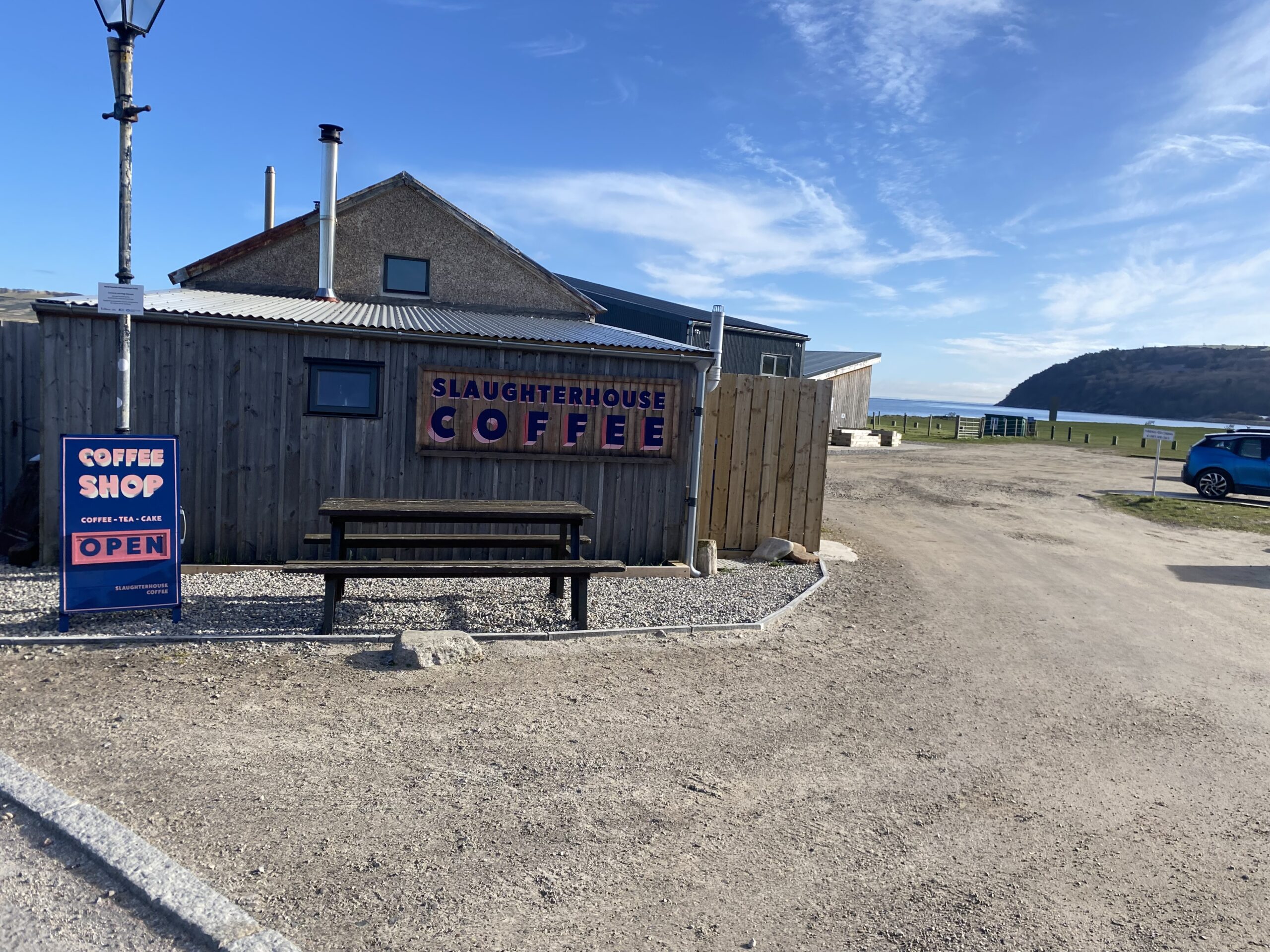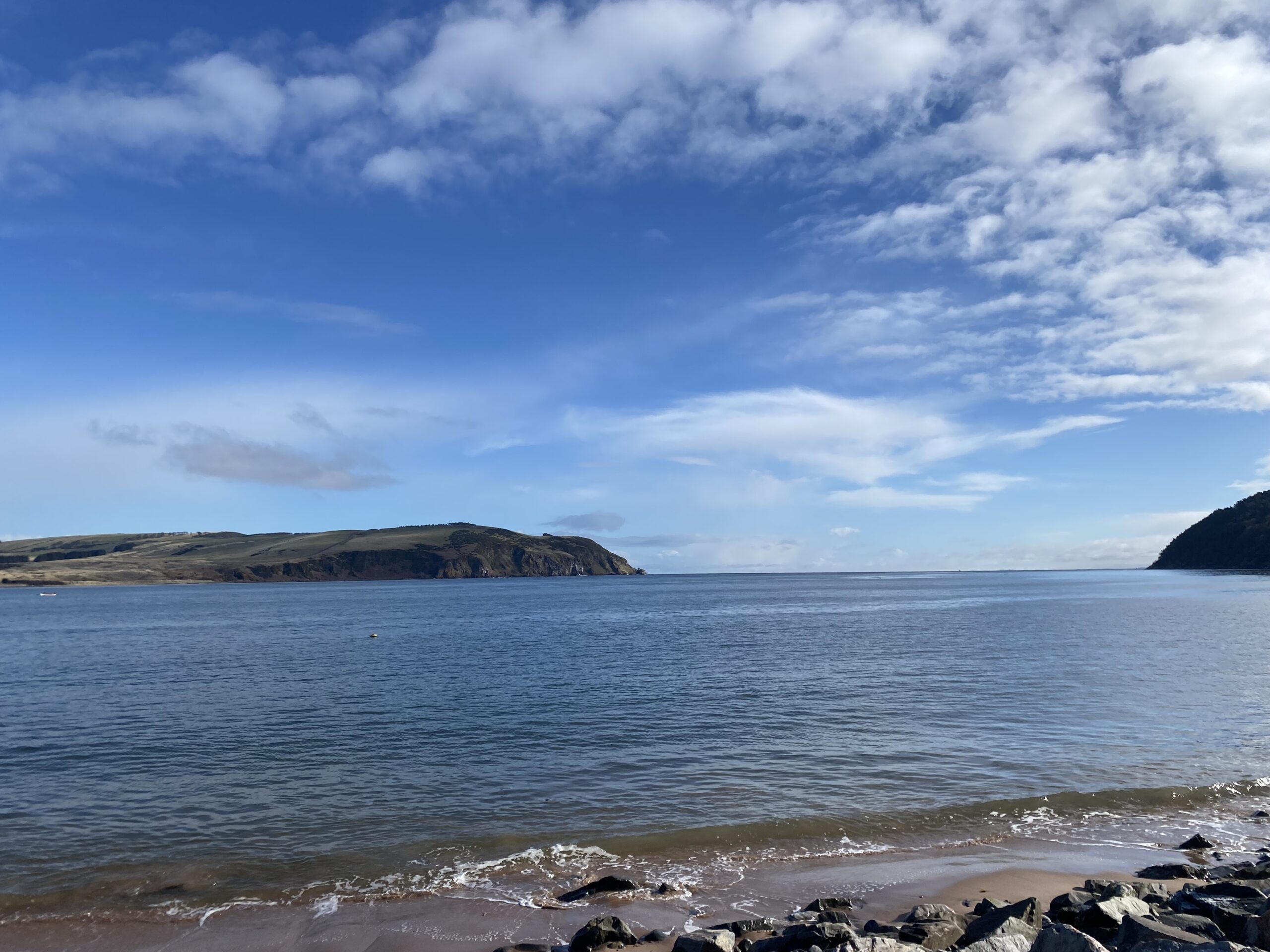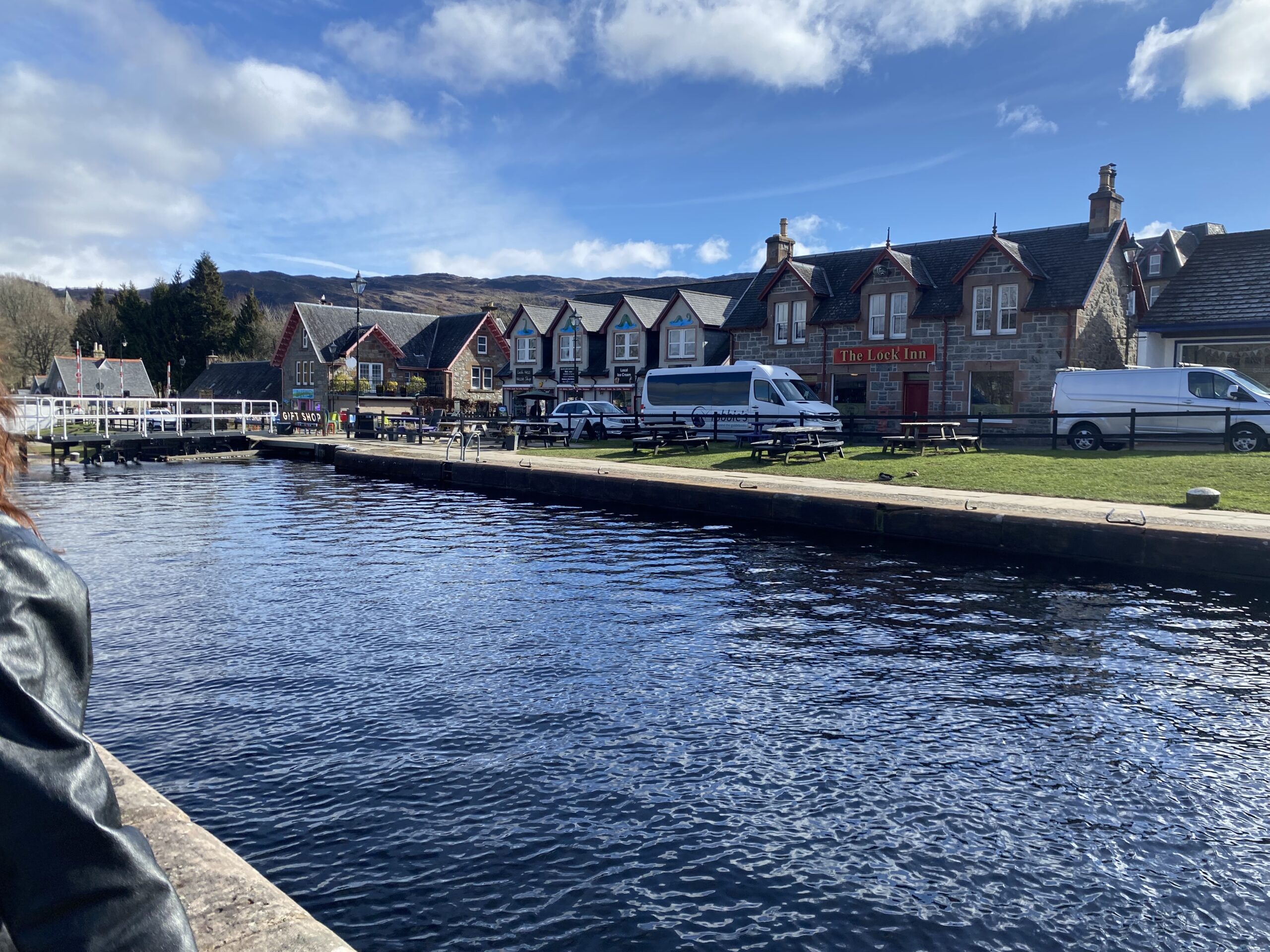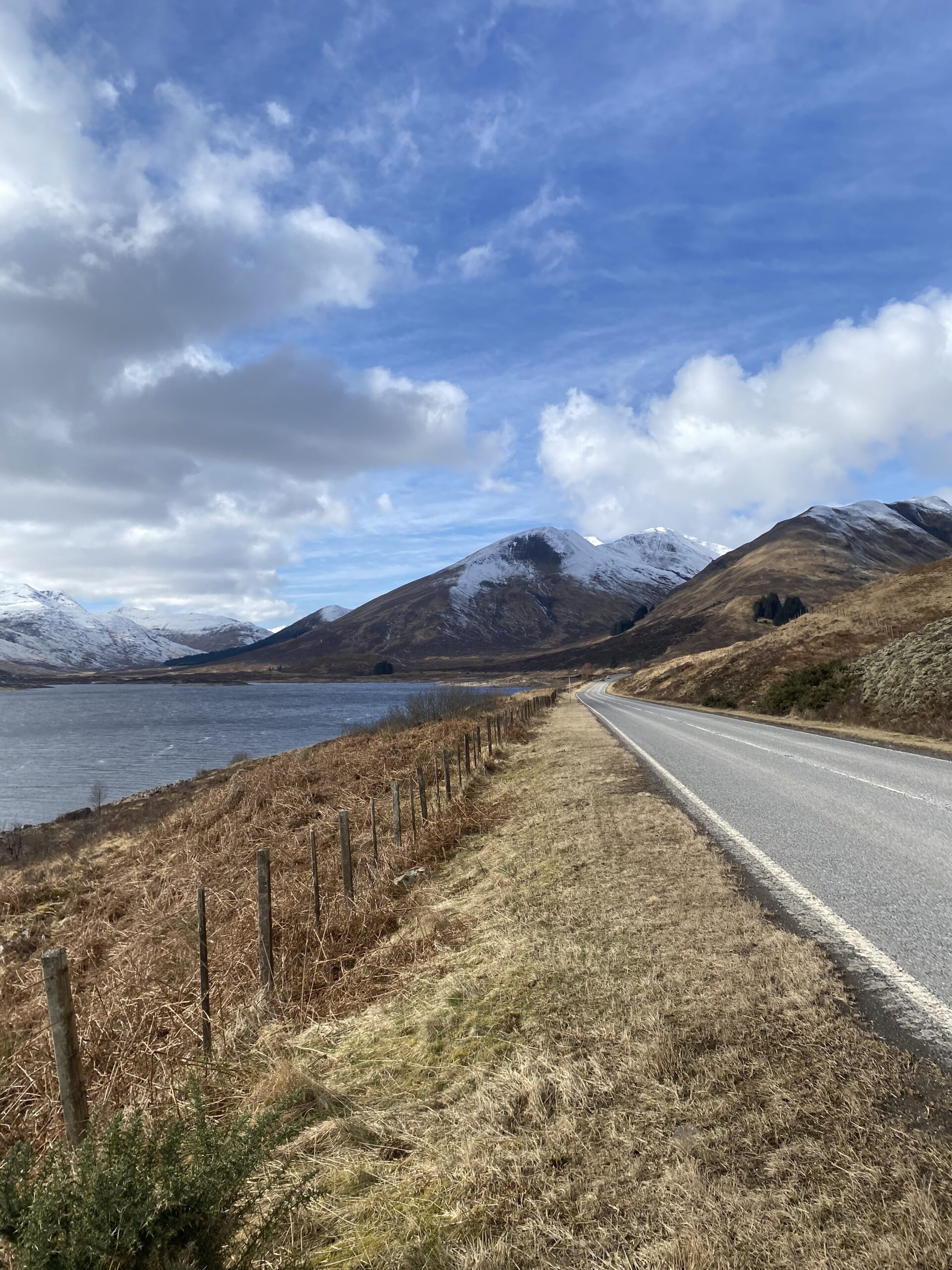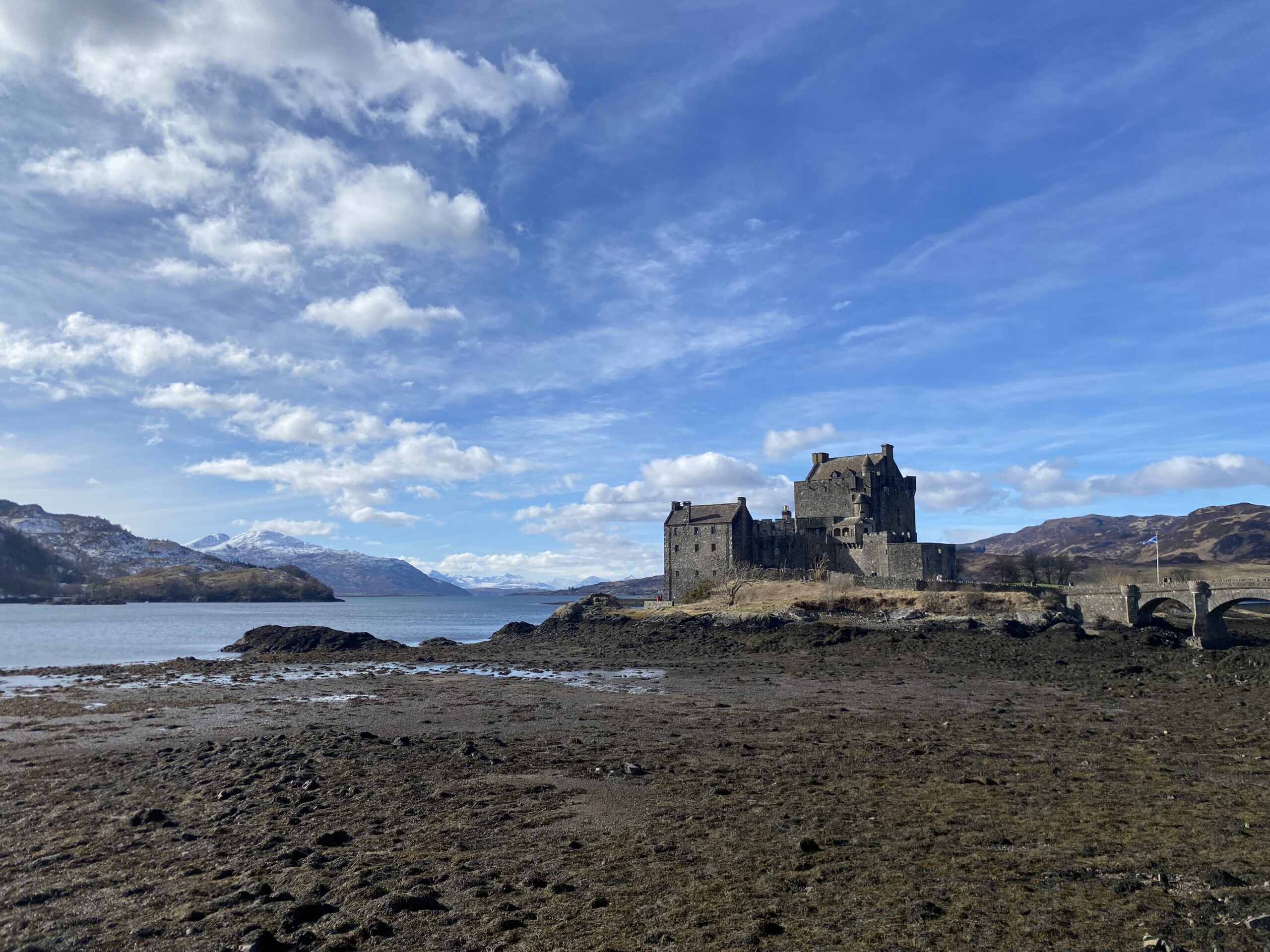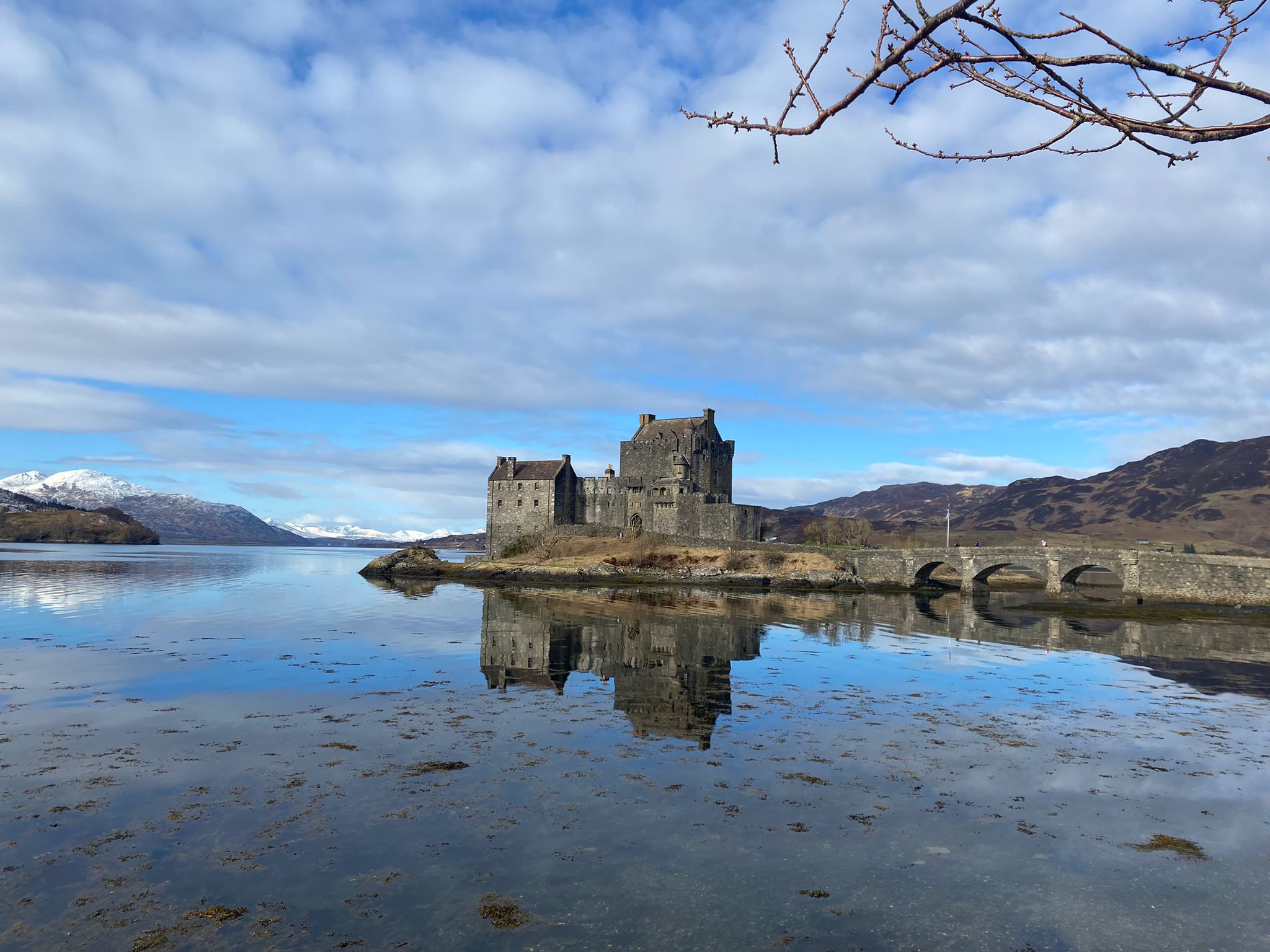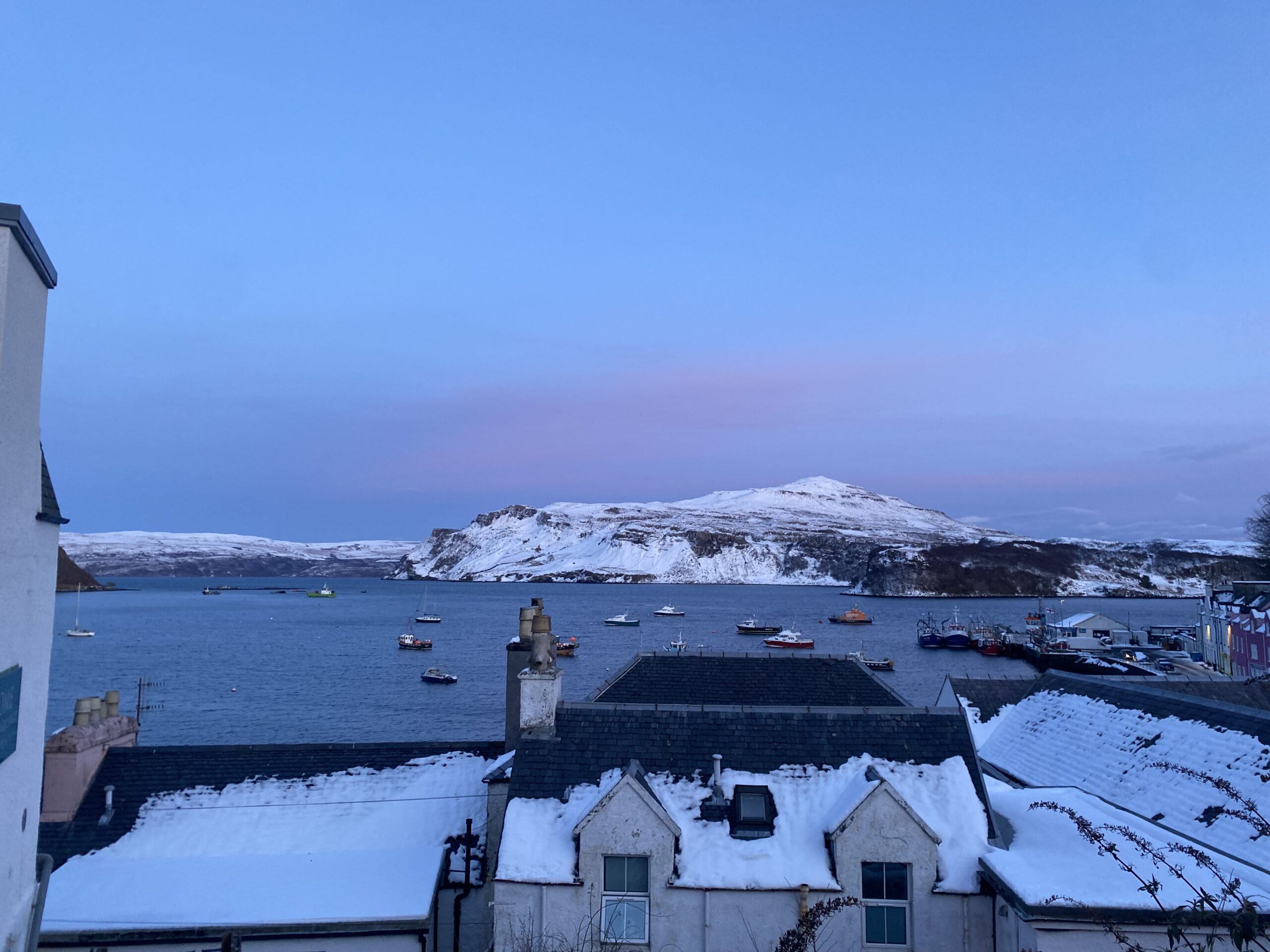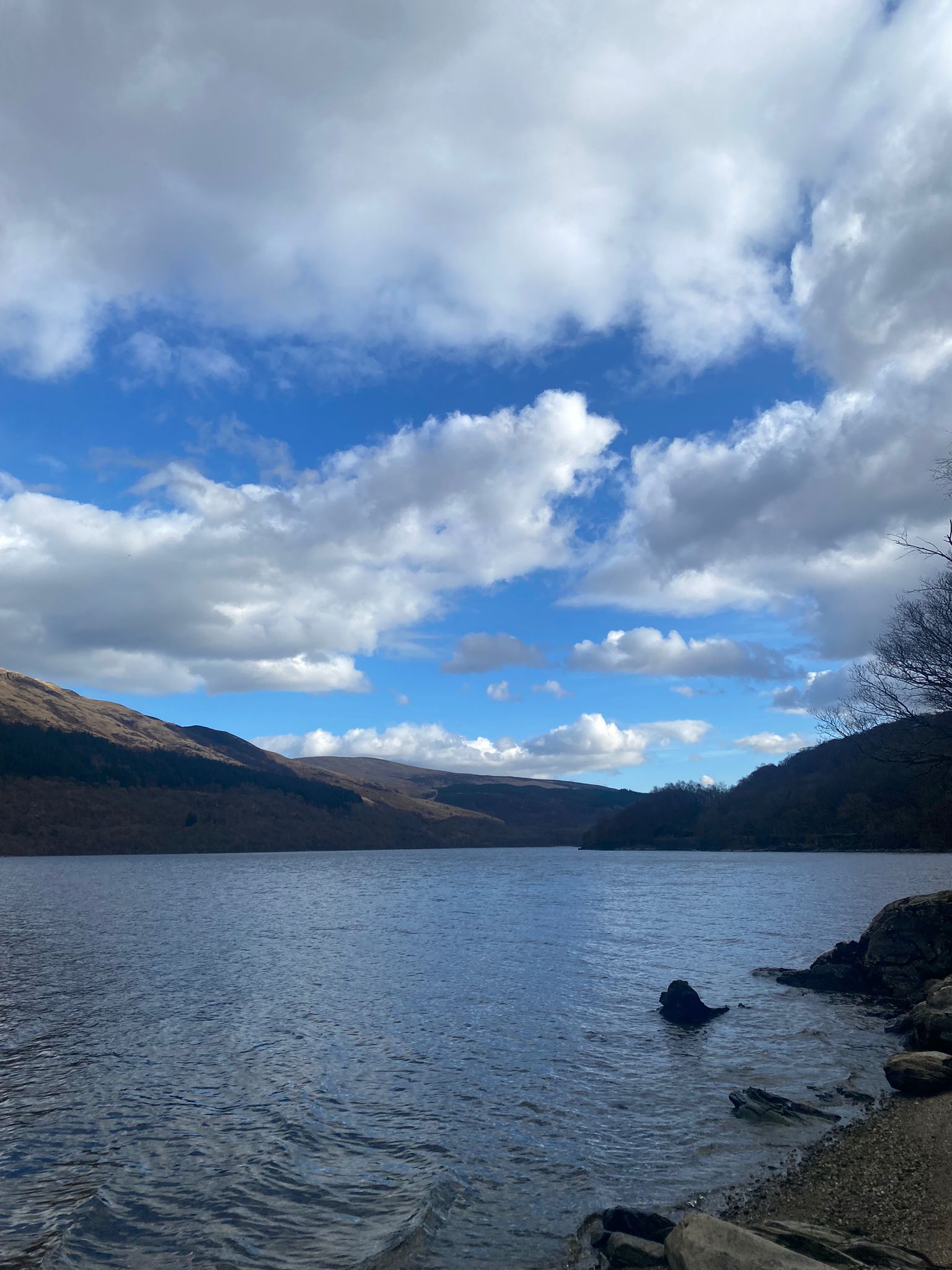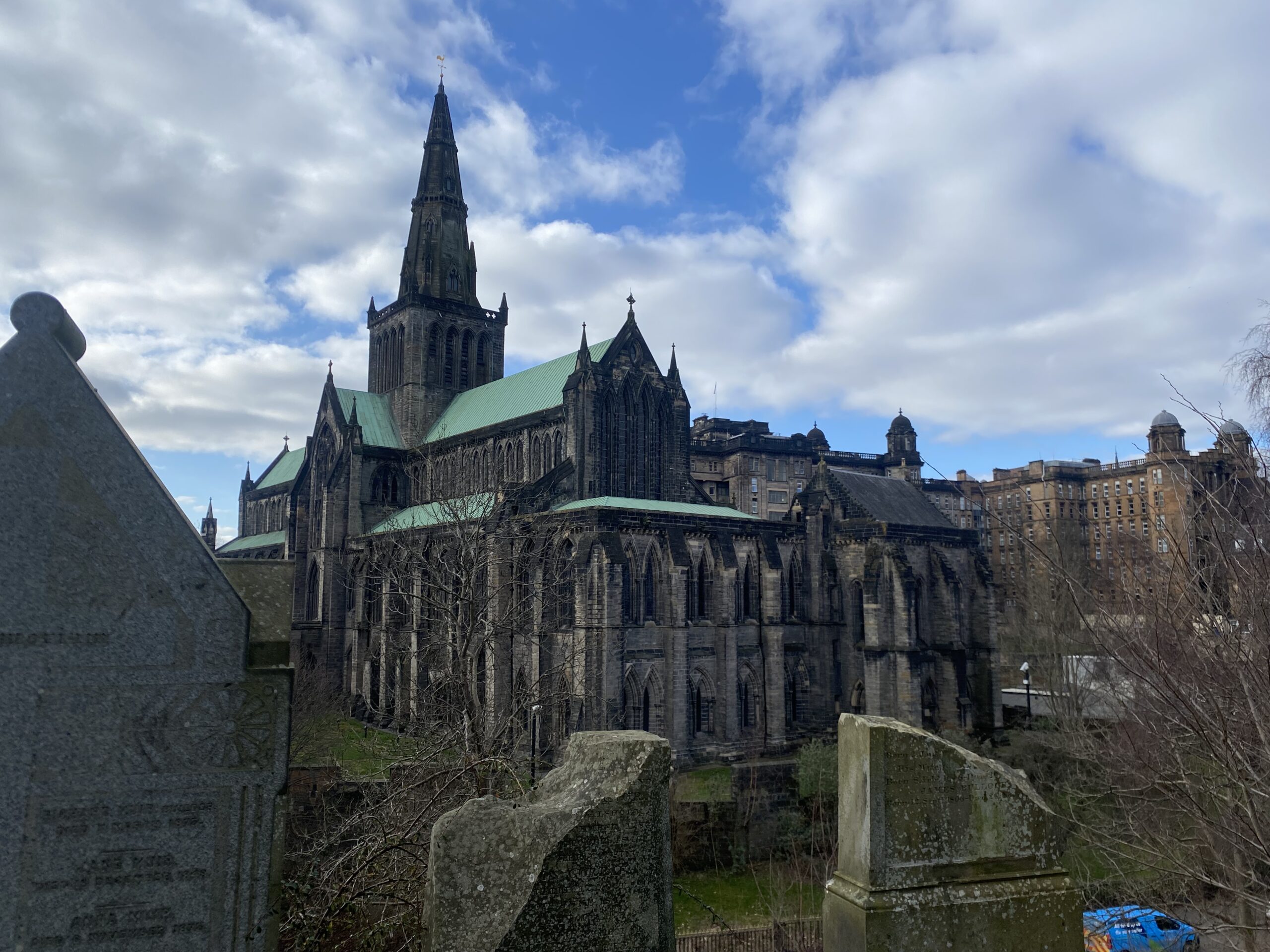Introduction
Kotor, Montenegro, is one of the most beautiful places I have ever travelled. The city is surrounded by cliffs that dive into the bay of Kotor. As the area is gaining more popularity, it is easier than you think to spend a few days there. With stunning nature, medieval architecture, and swimmable water, should be at the top of your list. This article will explain some things to do in Kotor when travelling on a budget!
I spent a week in Montenegro in the springtime. Kotor was my first destination, and a good starting point to reach other parts of the country. Because of the Kotor’s geography, I chose to do a lot of hiking and exploring in order to see the best views. I also sought out the best cheap food, bakeries, and meat shops. Follow me on this journey to Kotor in Montenegro!
Brief history on Kotor and Montenegro
Kotor was first established as a trading post in 2nd century BC by the Romans. Throughout the 9th century, Kotor was technically under control of the Byzantine empire, but was frequently raided by various Slavic tribes. Next, into the 12th century where Kotor actually claimed independence as a standalone city-state. Their short-lived independence ended by the hands of the Venetians in 1420. By this time, Kotor flourished, and many of the current buildings in the city reflect that.
Following more recent times, in 1798, Kotor was conquered by the French and quickly made way to the Austrian Empire in 1814. After World War 1, Montenegro became part of a group later known as Yugoslavia. This leads us all the way up to 1990 and the separation of Yugoslavia. A few years later in 2008, Montenegro gained full independence from Serbia.
Conclusively, throughout history Montenegro has undergone various cultural influences which shaped modern day gems, like Kotor.
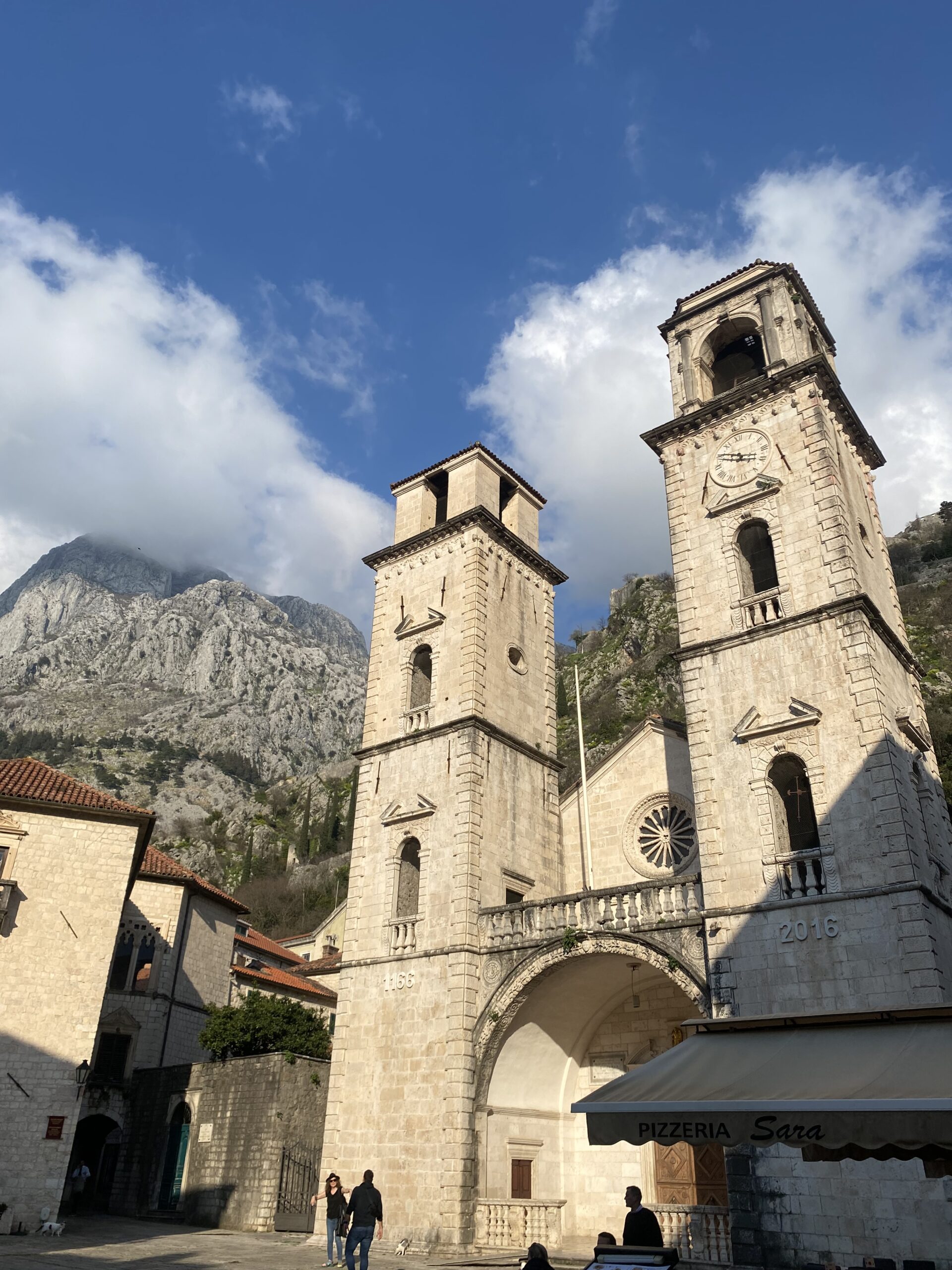
How to get to Kotor Bay in Montenegro
How to get to Kotor via bus
The best way to get to Kotor from a neighboring city is by bus. The BlueLine runs the local bus system from neighboring cities. Note that FlixBus and other larger bus lines do not exist in Montenegro. It is easiest to book bus tickets and check times via the Omio travel app. I also recommend viewing bus times and buying tickets at GetByBus.com.
Smaller bus stops may be hard to find, and buses often stop randomly. We had a bad experience trying to use the local bus stops, but we had no problems catching a bus at the Kotor Bus Station to and from the town. The intercity bus system throughout Montenegro is pretty efficient and we never had any problems. Make sure to bring cash, as some bus drivers will charge you per bag you bring on their bus.
How to get to Kotor via airplane
Kotor is also less than 2 hour’s drive from Podgorica Airport and less than an hour from Tivat Airport. We flew in and out of Tivat, but flights are infrequent. Check EasyJet for Tivat arrivals before booking Podgorica, because of its convenient location. However, Podgorica has more international connections and you are more likely to find a more suitable flight time through the capital city.
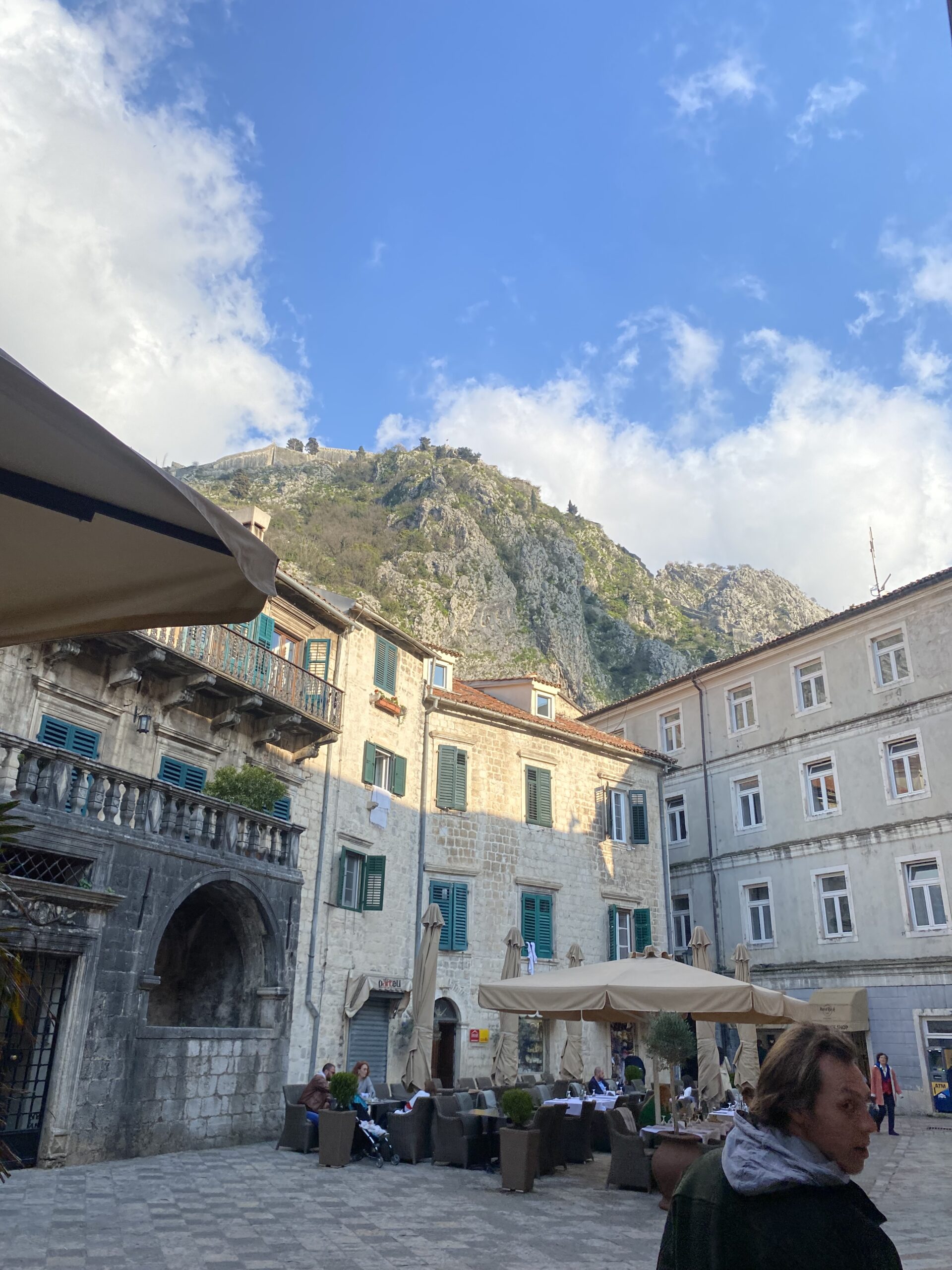
Where to stay in Kotor
Kotor is the only place I have traveled where it is cheaper to rent a single room apartment than it is to stay in a hostel. Consequently, I stayed at a local apartment. However, I have heard good things from people staying at the local hostels like Old Town Hostel, and Hostel Centrum. Otherwise, Booking.com hosts tons of local homes that tend to be cheaper than the hostels. Expect prices to nearly triple during the summer months.
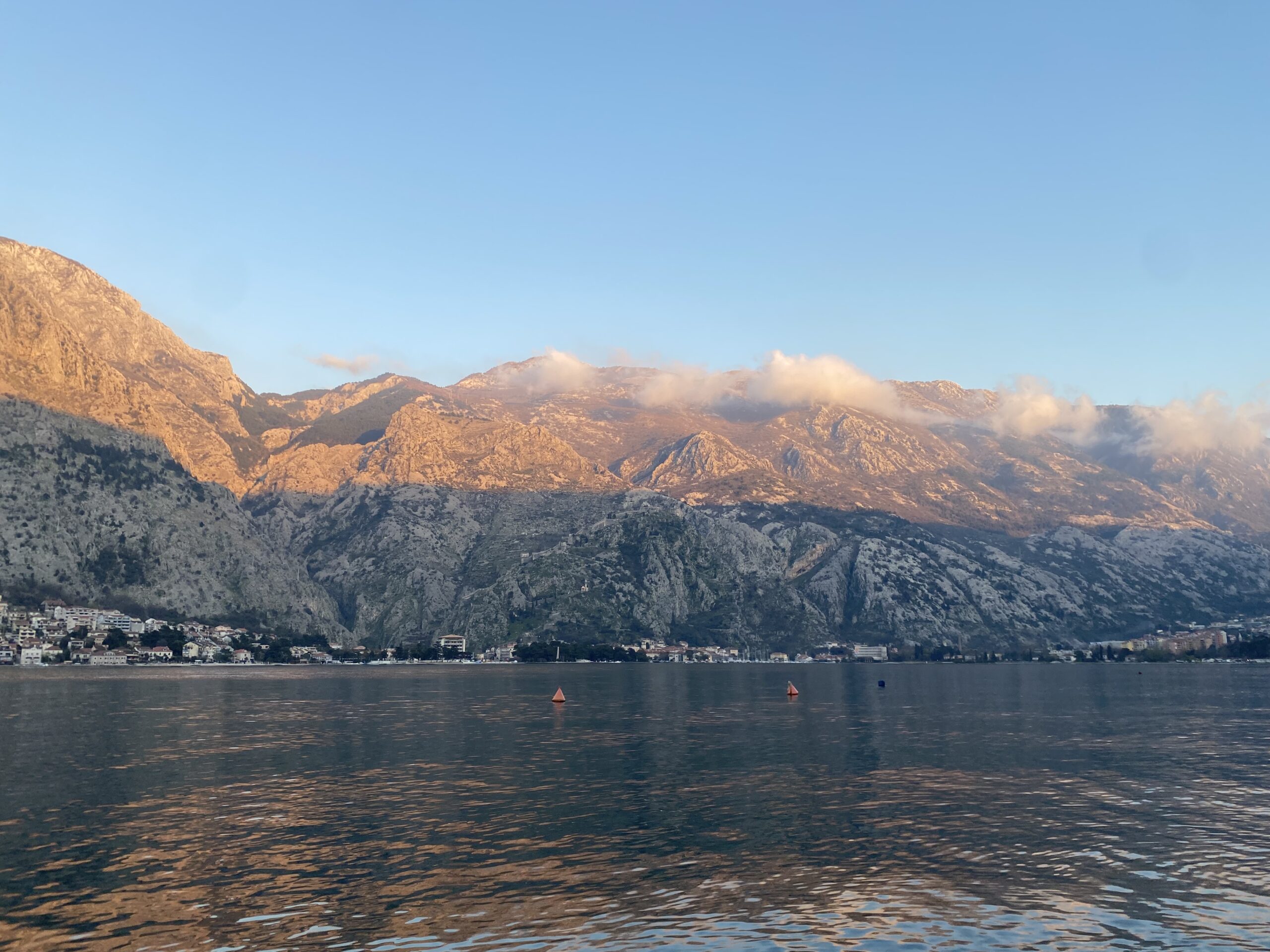
What to do in Kotor, Montenegro
Now to the fun part! Kotor is an exciting place to get out and explore. The following sections will show you what to do in Kotor when traveling on a budget.
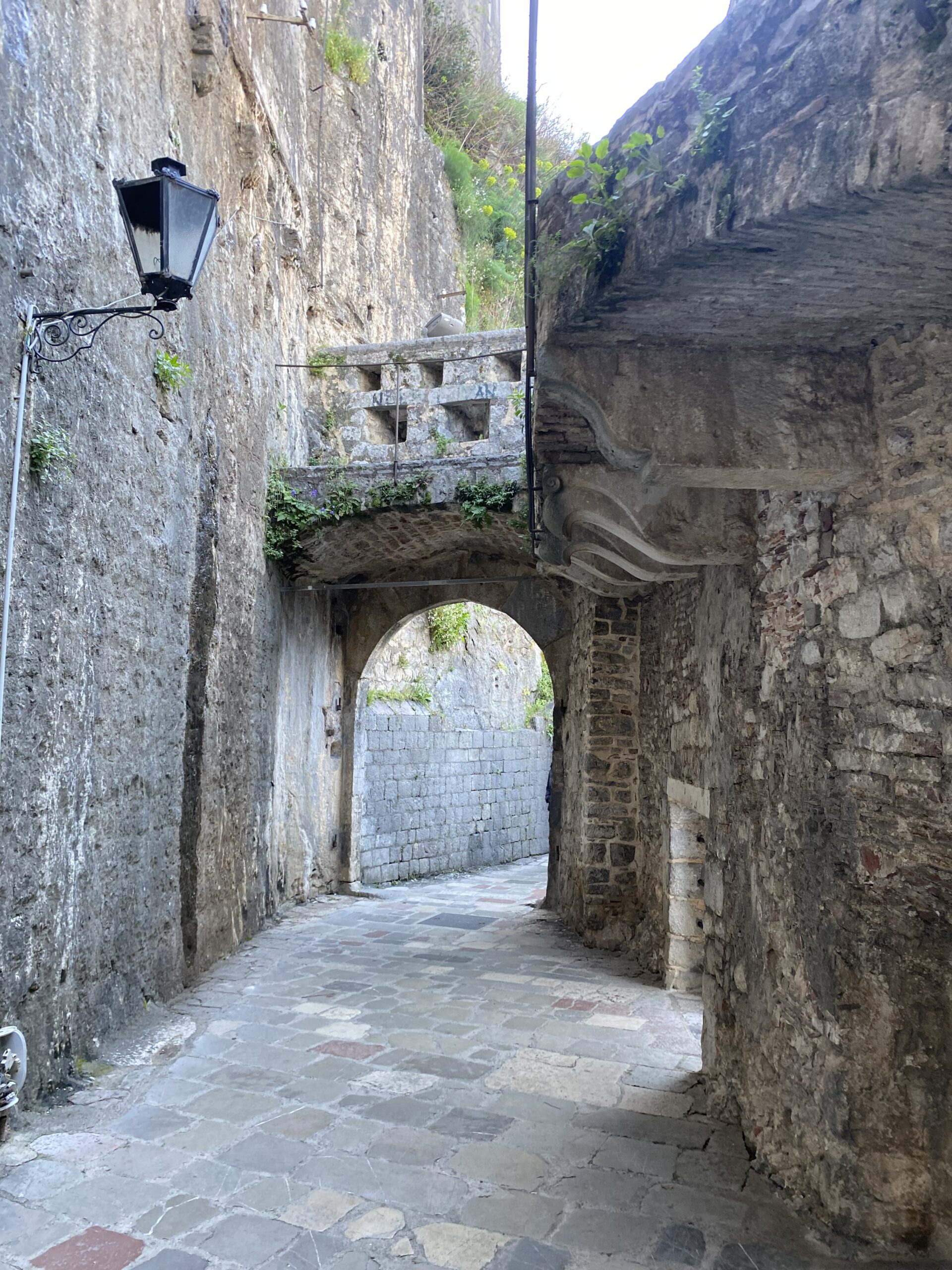
Climb St. John’s Fortress
Climbing St. John’s Fotress is the best thing to do in Kotor. The fortress is a culturally significant mountain-side fortress located in Kotor. It was an active military base for various purposes until the 19th century. Today, it serves as the region’s largest tourist attraction. The walls of St. John’s fortress line the mountain directly above Kotor, making it hard to miss. It will be the first thing you notice as your bus rolls into town.
The best way to experience this old gem is to hike the Kotor Fortress Hike. The hike begins in Kotor’s Old Town, right behind the Church of St. Mary Collegiate. It takes about 3 hours and is roughly 1.2 miles in length. The trail was free when I was there in March, however, expect to be charged about €10 hiking in the busy summer months.
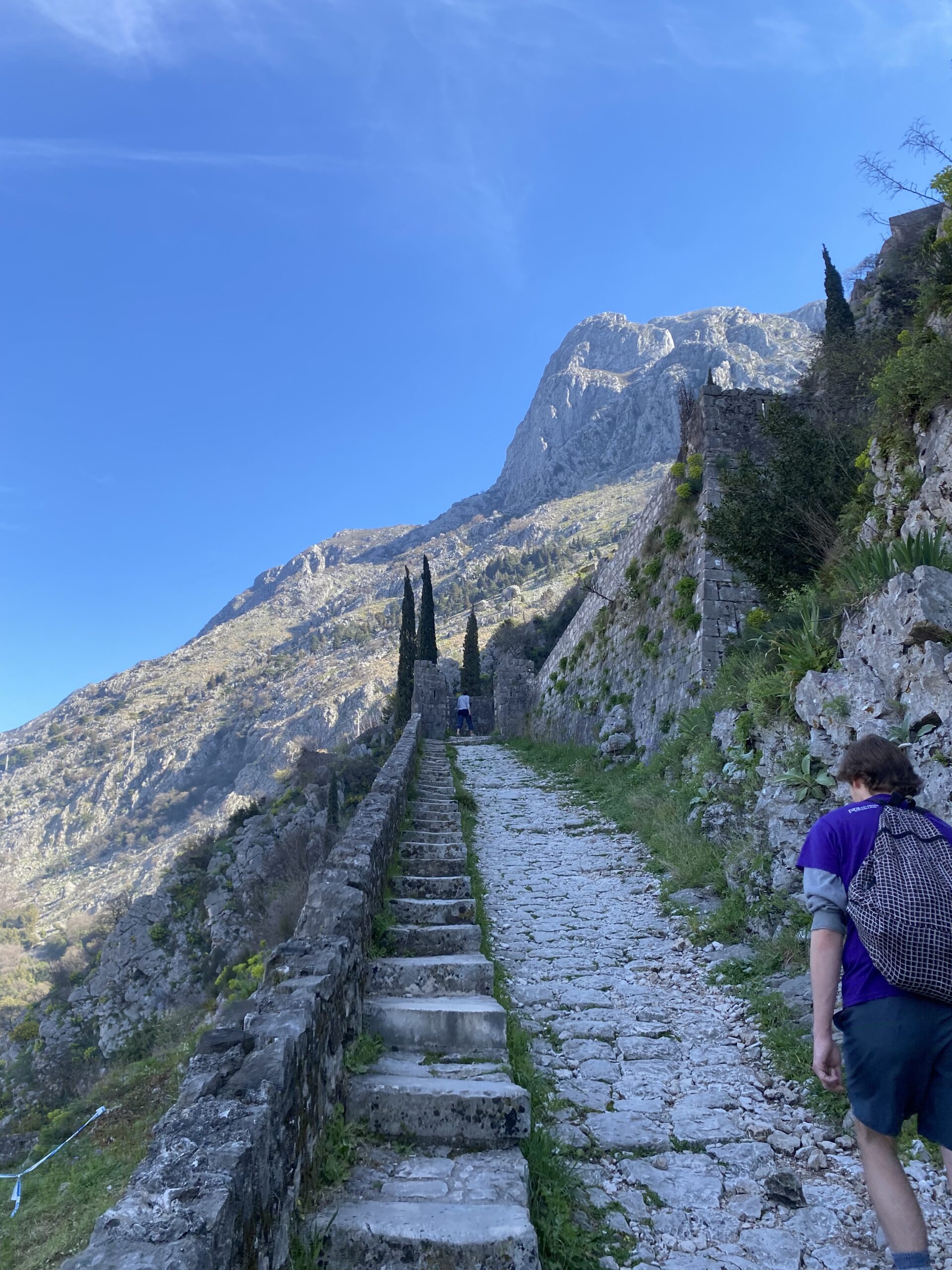
On your way down, I encourage a break at the Cheese Shop, a tiny, family-owned restaurant on the side of the mountain. You will see little signs directing you, so it will be hard to miss. This cute cafe is a fantastic experience for anyone looking for Montenegrin hospitality. We went for a few beers and ended up getting stuffed with food. Not to mention it is situated in the hills above the city, providing a perfect spot for a sunset.
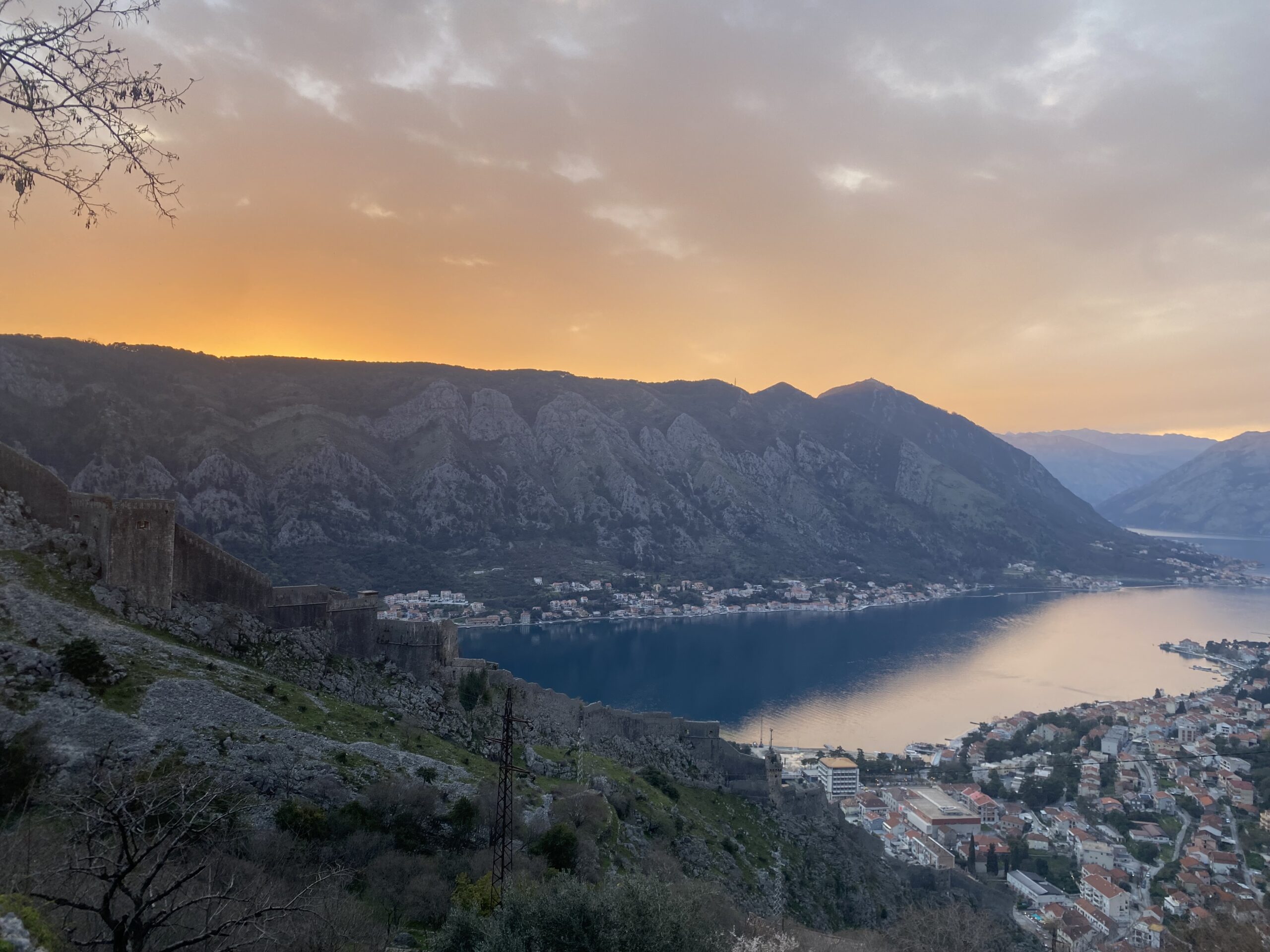
Set out on the Top of Kotor Hike
If the St. John’s Fortress hike isn’t enough for you, continue even further up the path to the Top of Kotor. This hike takes you up past the fortress, onto some switchbacks that raise you above the bay. This killer hike takes nearly all day and is about 13 miles round-trip.
There are two ways to access this trail. First, the trail technically “starts” at the Ladder of Kotor Trailhead. This way leads you up past the backside of the fort and around it. This is the more direct route up.
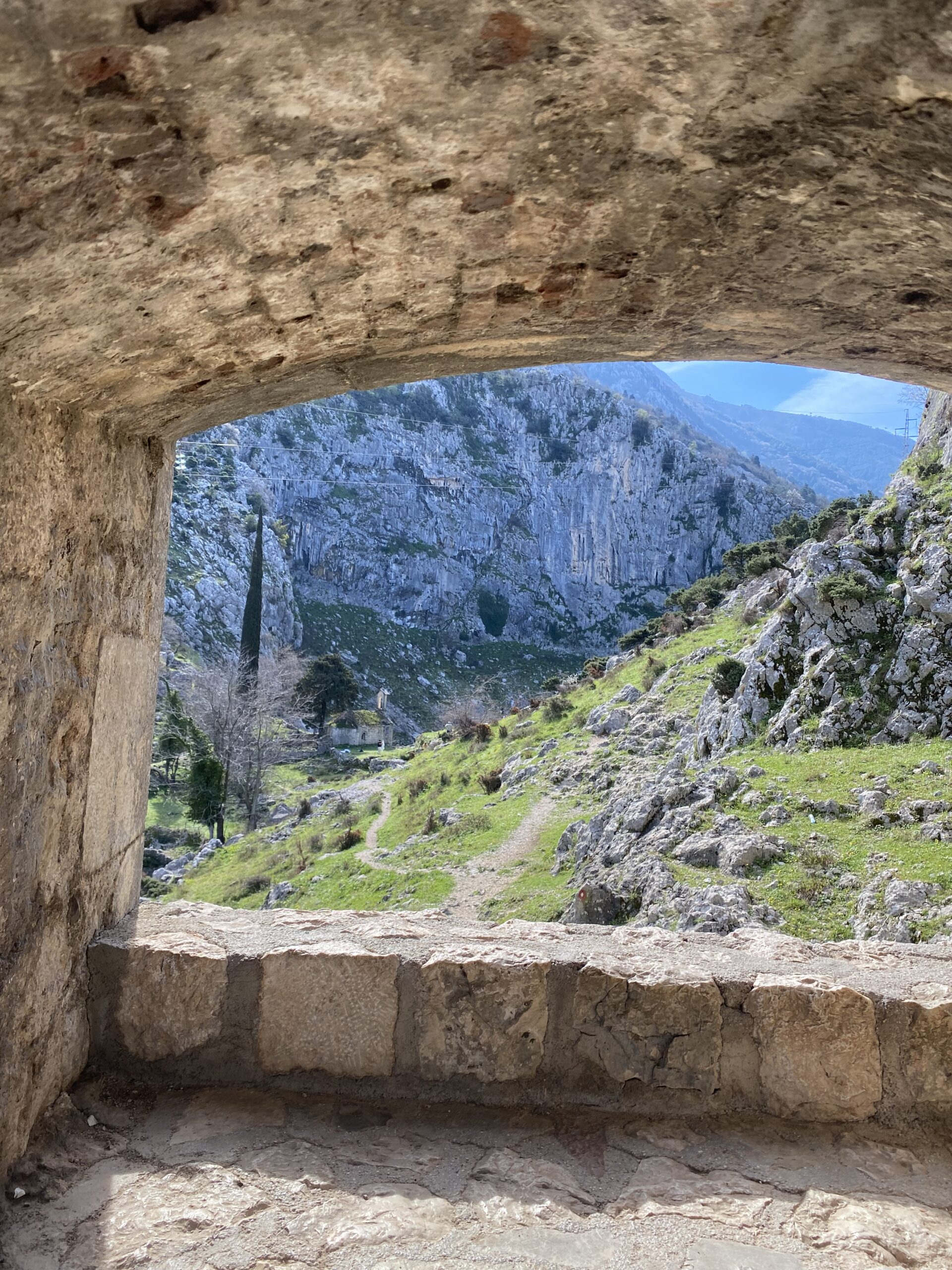
It is also possible to start the hike from St. John’s Fortress and eventually end up on the official Top of Kotor trail. In order to do this, climb through the window on the 3rd platform (maybe 70% of the way up). This window will be obvious, as there is a wooden ladder leaning against it to allow hikers to find the other path. I recommend taking this path, as it is far more adventurous.
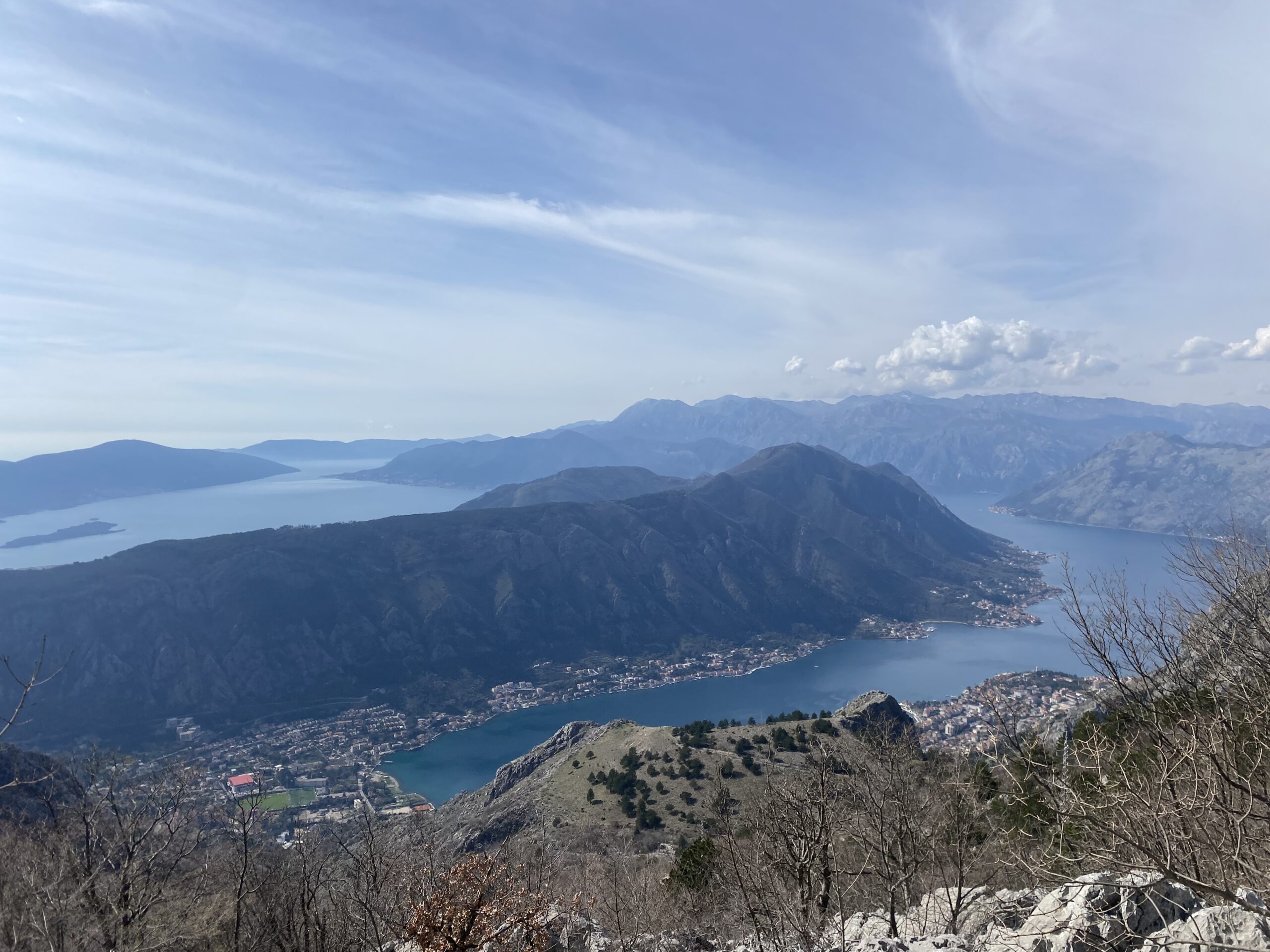
Experience top-class Montenegrin hospitality
Montenegro is famous for their warm hospitality. It is absolutely necessary to seek some traditional food or drinks. As mentioned above, the Cheese Shop along the Top of Kotor hike will leave you smiling from the fantastic energy the guests give off.
How cheap is Kotor, Montenegro?
Kotor, Montenegro is an extremely budget-friendly destination. However, this depends heavily on the season in which you travel there. I visited in March and hostel prices were a quarter of the price they are in the summer. This is an obvious trade-off because many things were closed when I visited in March. The apartment I stayed in was only €20 per night and was only located a mile from the city center. Again, Kotor is the first place I have traveled to where the hostels are more expensive than the apartments.
The cost of goods in Montenegro is very cheap year-round. For example, you can buy a 2-liter beer for €5 or traditional Montenegrin Rajika for as low as €10. Regardless of what you purchase, you will be delightfully surprised when walking through the grocery stores if you come from the US or Western European countries.
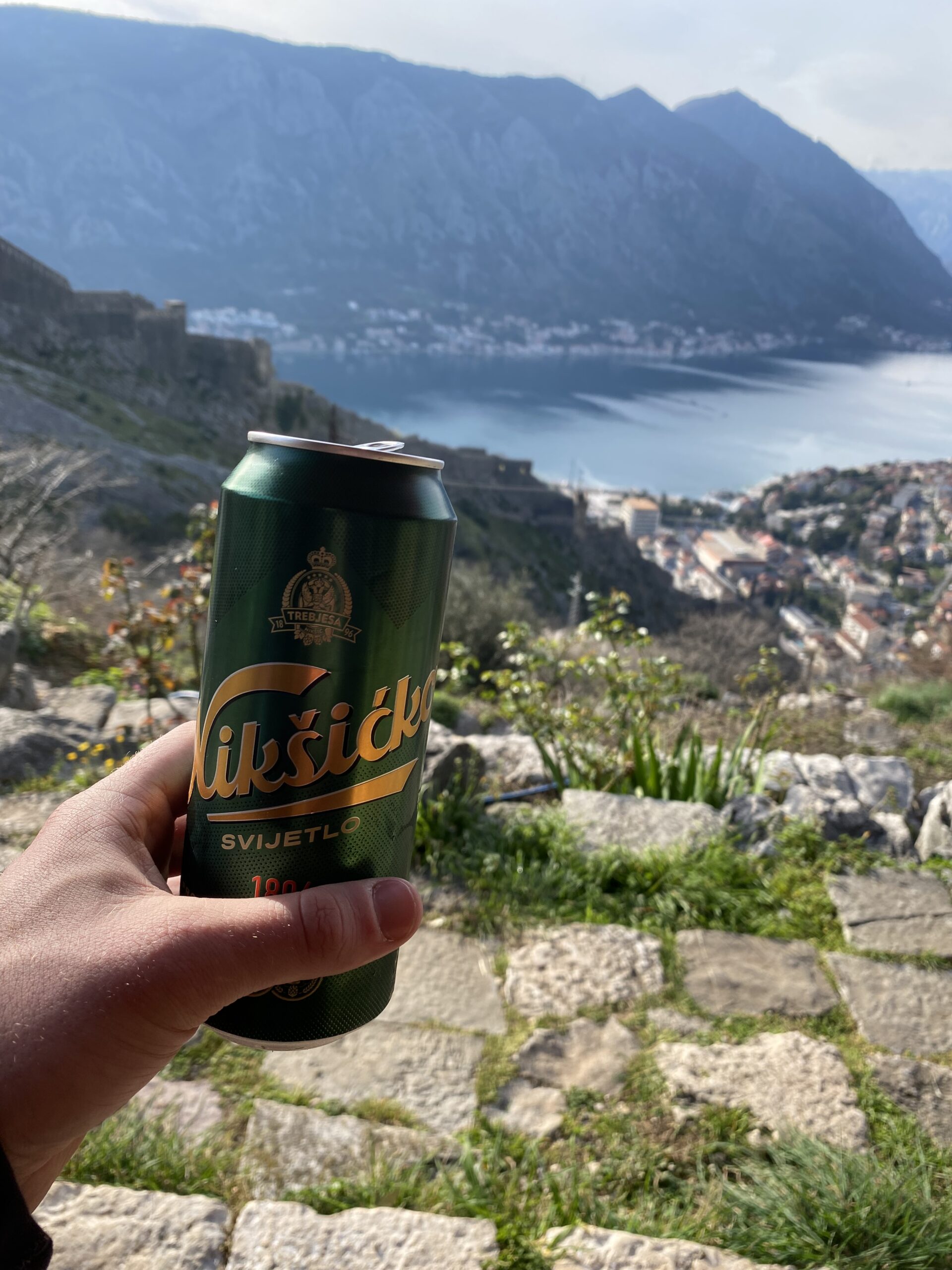
Random tips on traveling in Montenegro
- Go to the local bakeries for lunch and breakfast items. It is possible to buy a huge loaf of bread for only €2!
- Speaking of bakeries… get a Burek and a Greek yogurt, a local favorite breakfast and lunch item.
- Use GetByBus to find any bus routes. The intercity bus system in Montenegro is surprisingly efficient.
- Eat at Buck Gyro Fast Food when in Kotor. Cheap food that will fill you up.
- Want to know more about Monenegro? Check out the Montenegro Facts website.
- English is not widely spoken in Monetegro, so make sure to learn some essential Montenegrin to ease some communication stress.
Cities near Kotor worth a visit
Bar
Bar is a famous port town in Montenegro. It offers an interesting experience as the coastal town is nestled between the Adriatic Sea and picturesque mountains, providing stunning views. Tourists can explore the ancient Old Town of Bar, known as Stari Bar, with its well-preserved ruins and charming narrow streets, offering a glimpse into the town’s rich history and culture. Bar has some cozy beaches like Susanj Beach and Canj Beach.
I spent most of my time in Bar climbing the nearby mountains. Read more about my adventure of Mount Rumija just north of Bar. (COMING SOON)
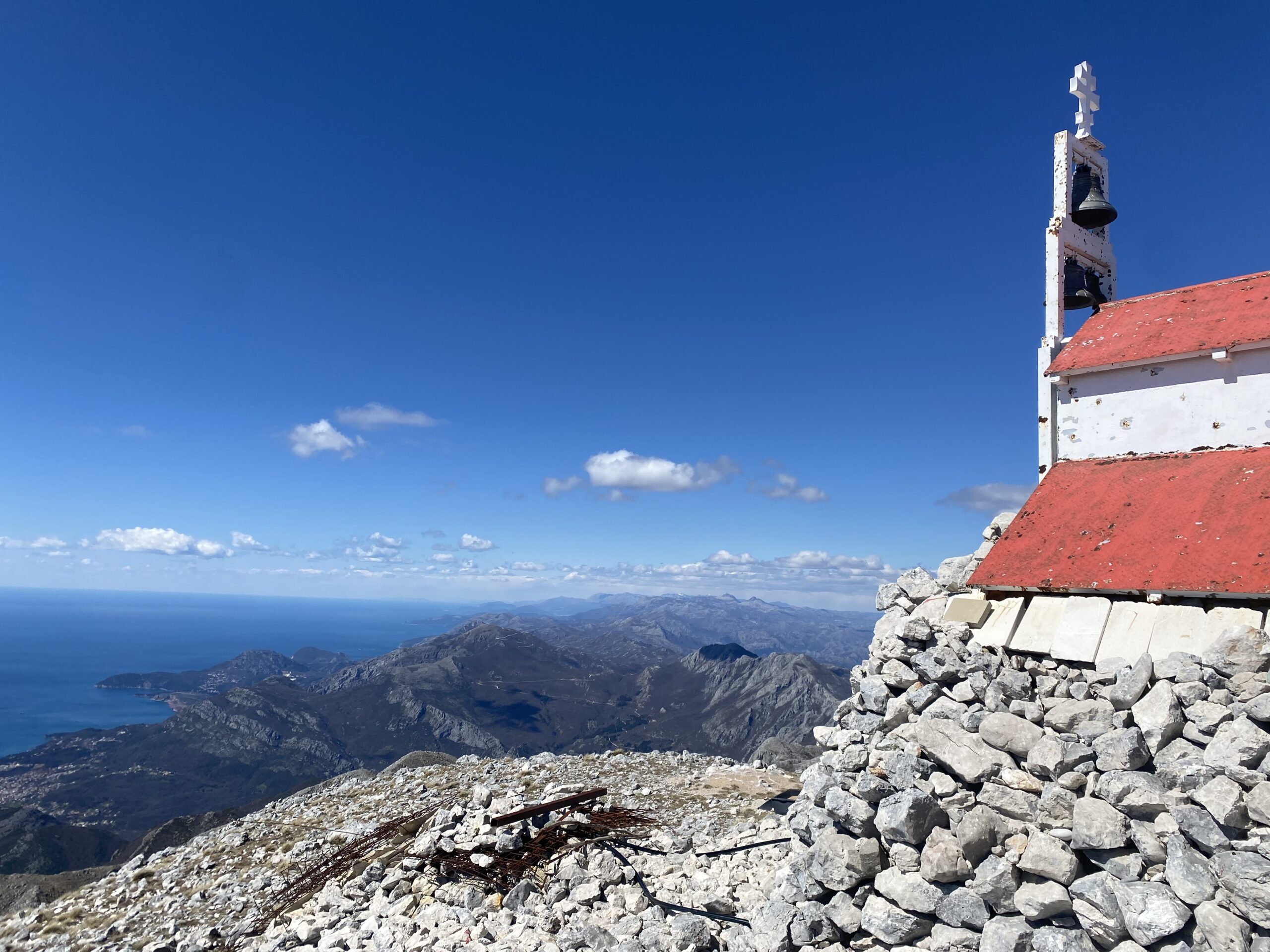
Podgorica
Podgorica, Montenegro’s capital, offers a captivating experience with its stunning landscapes and rich history. There are some notable landmarks like the Millennium Bridge and King Nikola’s Palace. The city is situated just north of Lake Skadar National Park, which is a must see. Overall, Podgorica is a base to explore other fascinating destinations in the country, but do not fixate too much time on the Montenegrin capital.
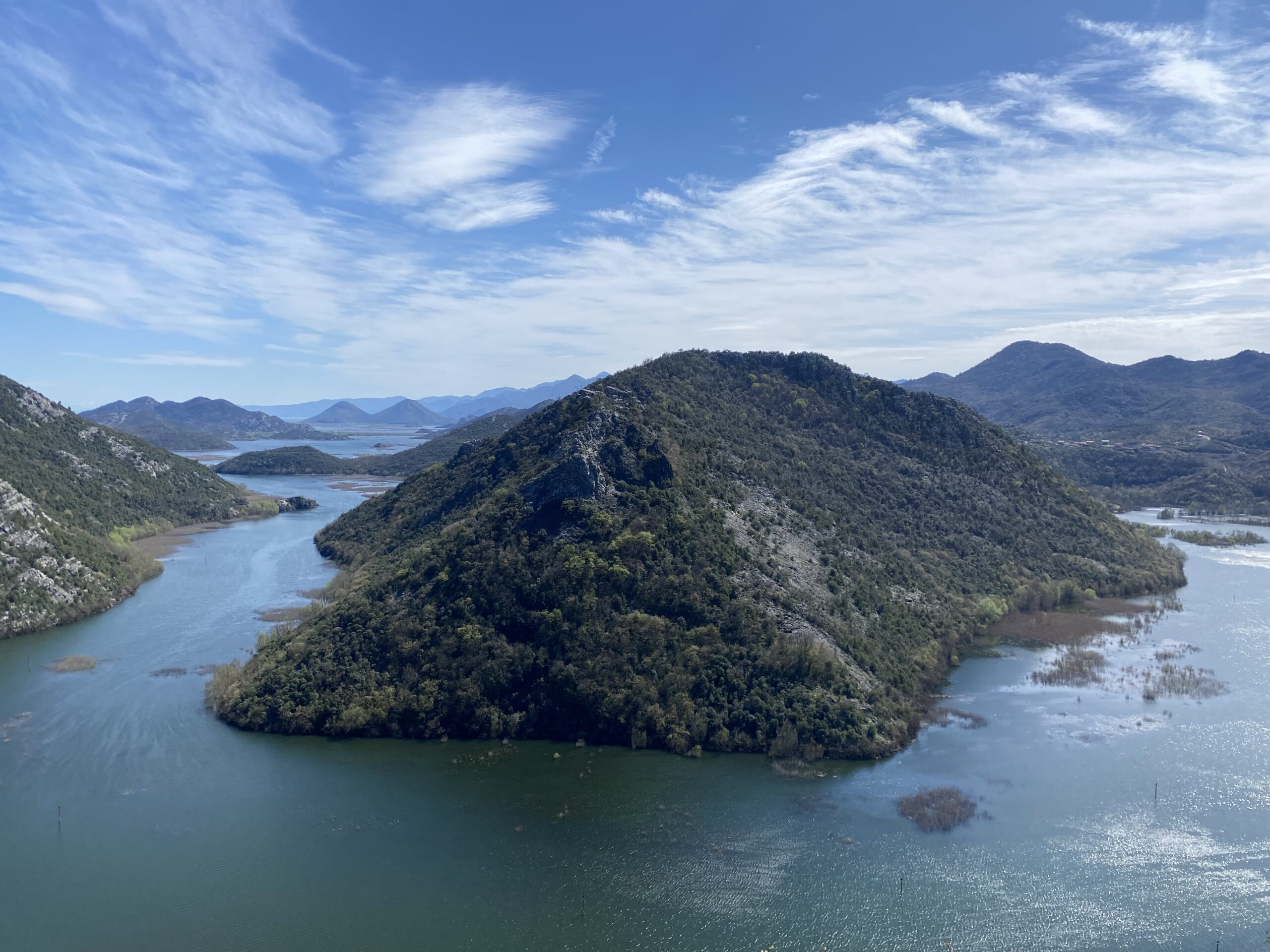
Zablijak
Zabljak was my favorite destination in Montenegro, as Europe’s deepest canyon and Montenegro’s tallest mountain meet to create some fantastic scenes. The tiny town is surprisingly easily accessible without a vehicle, with consistent bus trips to and from the capital. Read more about what to do in around Zabljak and Durmitor National Park. (COMING SOON)
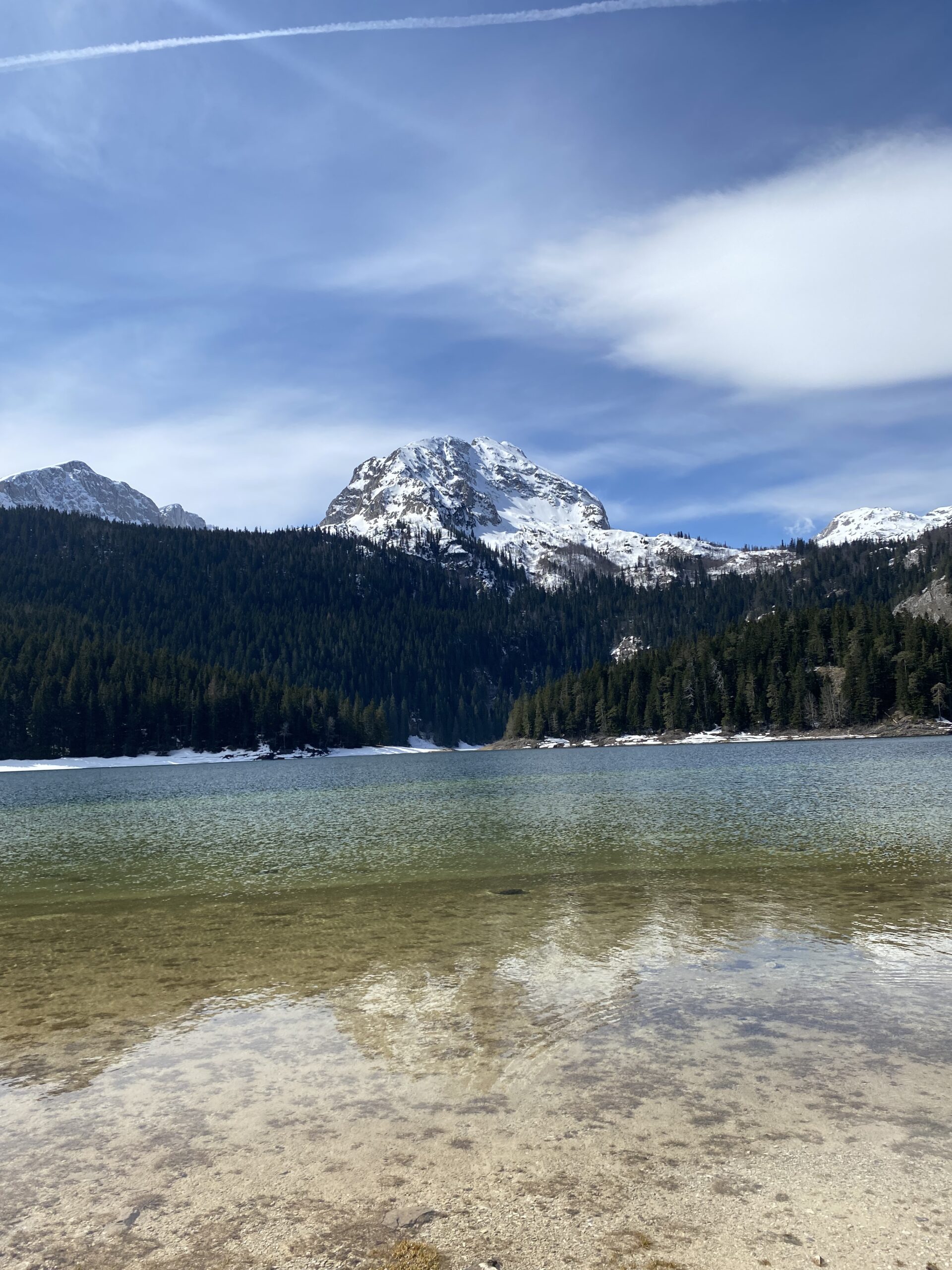
Conclusion
What to do in Kotor, Montenegro? This captivating coastal town, with its rich history and stunning natural beauty, offers an array of activities from exploring the Old Town to adventurous outdoor pursuits. enjoy local hospitality, sail the Bay of Kotor, and embrace the beautiful weather, making it an unforgettable destination for every budget traveler.
More from the Balkans…
Kotor, Montenegro, is one of the most beautiful places I have ever travelled. The city is surrounded by cliffs that dive into the bay of…
Zadar, Croatia is an adventurous city along the Adriatic coast in central Croatia. With islands, castles, beaches, and even waterfalls, Zadar has plenty to offer.…
Ljubljana is the gorgeous capital city of small country of Slovenia. While being centrally located, the city is a perfect location to stay in while…
Berlin is one of the most affordable Western European cities, however as a visitor, it is important to follow general rules when traveling on a…
Introduction This brief article gives you some recommendations of some of the best cheap bars in Berlin! I lived in Berlin for about 2 months,…
Berlin is one of the best cities in the world for sightseeing. Popular sites such as the Brandenburger Gate, Berliner TV Tower, the Reichstag building,…
